Places the U.S. Government Warns Not to Travel Right Now
You may want to reconsider traveling to these countries right now.
Do Not Travel to These Countries

Getty Images
Crime, civil unrest and terrorism are common risk factors for countries that end up on the State Department's "Do Not Travel" advisory list.
In 2024, tourism across the globe is “well on track” to return to pre-pandemic levels, according to projections by UN Tourism.
Global conflicts and natural disasters , ranging from a series of coups across Africa to catastrophic earthquakes in the Middle East affected international travel patterns throughout 2023. Still, international tourist arrivals reached 87% of pre-pandemic levels in 2023, according to estimates by UN Tourism .
In January 2024 alone, about 4.6 million U.S. citizens left the country for international destinations, 17% higher than the same month in 2019, according to the International Trade Administration . But some destinations warrant more caution than others.
On Oct. 19, 2023, following the outbreak of war between Israel and Gaza and flaring tensions in the region, the U.S. State Department issued a worldwide caution advisory due to “increased tensions in various locations around the world, the potential for terrorist attacks, demonstrations or violent actions against U.S. citizens and interests.” Prior to this update, the most recent worldwide caution advisory was issued in 2022 after a U.S. strike killed Ayman al-Zawahiri, Osama bin Laden’s successor as leader of Al Qaeda, causing “a higher potential for anti-American violence.” The worldwide caution advisory remains in effect.
The U.S. State Department also issues individual travel advisory levels for more than 200 countries globally, continually updating them based on a variety of risk indicators such as health, terrorism and civil unrest. Travel advisory levels range from Level 1, which means exercise normal precautions, to Level 4, which means do not travel there.
About 10% of countries – 19 total – have a Level 4: “Do Not Travel” advisory as of Mar. 4. In Level 4 countries, the U.S. government may have “very limited ability” to step in should travelers’ safety or security be at risk, according to the State Department. Crime, civil unrest, kidnapping and terrorism are common risk factors associated with Level 4 countries.
So far in 2024, the State Department made changes to the existing Level 4 advisories for Myanmar, Iran and Gaza, and moved Niger and Lebanon off of the Level 4 list.
Places With a Level 4 Travel Advisory
These are the primary areas the U.S. government says not to travel to right now, in alphabetical order:
Jump to Place: Afghanistan Belarus Burkina Faso Central African Republic Myanmar (formerly Burma) Gaza Haiti Iran Iraq Libya Mali Mexico North Korea (Democratic People's Republic of Korea) Russia Somalia South Sudan Sudan Syria Ukraine Venezuela Yemen
Afghanistan: The Central Asian country is wrestling with “terrorism, risk of wrongful detention, kidnapping and crime,” according to the State Department. U.S. citizens are specifically at risk for wrongful detention and kidnapping. In 2022, the government reinstituted public floggings and executions, and women’s rights are disappearing under Taliban control. The U.S. Embassy in Kabul halted operations in August 2021. Since the Taliban took control , many forms of international aid have been halted . Meanwhile, in 2023, some of the year’s deadliest earthquakes killed more than 2,400 in Afghanistan while the country continues to face a years-long extreme drought.
Belarus: Belarus, which shares a western border with Russia and a southern border with Ukraine, has been flagged for “Belarusian authorities’ continued facilitation of Russia’s war against Ukraine, the buildup of Russian military forces in Belarus, the arbitrary enforcement of local laws, the potential of civil unrest, the risk of detention, and the Embassy’s limited ability to assist U.S. citizens residing in or traveling to Belarus.” The U.S. Embassy in Minsk halted operations in February 2022.
Burkina Faso: Terrorism, crime and kidnapping are plaguing this West African nation. Terrorist attacks may target hotels, restaurants and schools with little to no warning, and the East and Sahel regions of the country are under a state of emergency. In late November 2023, hundreds died in clashes between state security forces and rebels near the country’s border with Mali. In June, more than 2 million people in Burkina Faso were displaced due to “violence linked to al-Qaida and the Islamic State group.”
Central African Republic: While there have not been specific incidents of U.S. citizens targeted with violence or crime, violent crime and sudden closure of roads and borders is common. The advisory states that “Embassy Bangui’s limited capacity to provide support to U.S. citizens, crime, civil unrest, and kidnapping” is a factor in its assessment. Recent data from UNICEF suggests the country has the worst drinking water accessibility of all countries in 2022.
Myanmar (Formerly Burma): Armed conflict and civil unrest are the primary reasons to not travel to this Southeast Asian country, which experienced a military coup in early 2021. Limited health care resources, wrongful detentions and “areas with land mines and unexploded ordnance” are also listed as risk factors. After Ukraine and Israel, Myanmar had the highest conflict-related death toll in 2023.
Gaza : Hamas, a foreign terrorist organization as designated by the State Department, controls much of the Gaza Strip, which shares borders with both Israel and Egypt. On Oct. 7, 2023, Hamas fighters broke across the border into Israel, killing hundreds of civilians and soldiers in a brazen attack that stunned Israelis. On Oct. 10, Israel hit the Gaza Strip with “the fiercest air strikes in its 75-year conflict” according to Reuters . The conflict has since escalated into war between Israel and Hamas, with regular Israeli airstrikes leading to extensive civilian casualties in Gaza. As of mid-December, nearly 85% of Gaza’s population were displaced from their homes, according to UN estimates . The region continues to face shortages of food , water, electricity and medical supplies , with conditions deemed “far beyond a humanitarian crisis.” The State Department warns of terrorism and armed conflict within Gaza’s borders.
Haiti: In July 2023, the Department of State ordered all non-emergency U.S. government personnel and family members to leave the U.S. Embassy in Port-au-Prince in response to the increased risk of kidnapping and violent crime in the country , as well as armed conflict between gangs and police. The travel advisory states that cases of kidnapping “often involve ransom negotiations and U.S. citizen victims have been physically harmed during kidnappings.” The travel advisory also states that “U.S. citizens in Haiti should depart Haiti as soon as possible” given “the current security situation and infrastructure challenges.” A series of gang attacks in late September 2023 caused thousands to flee their homes, and many aid groups have been forced to cut or suspend operations amid escalating violence in recent months.
Iran: Terrorism, kidnapping and civil unrest are risk factors for all travelers to Iran, while U.S. citizens are specifically at risk for “arbitrary arrest.” U.S.-Iranian nationals such as students, journalists and business travelers have been arrested on charges of espionage and threatening national security. Executions in Iran rose sharply between 2021 and 2022, bringing the country’s total to nearly 580 people over the year, according to a report by Amnesty International released in May 2023.
Iraq: The State Department cites “terrorism, kidnapping, armed conflict [and] civil unrest” as cause for the country’s Level 4 distinction. Iraq’s northern borders, and its border with Syria, are especially dangerous. Since the escalation of conflict in neighboring Israel in October, there has been an increase in attacks against Iraqi military bases, which host U.S. troops and other international forces. In October 2023, non-emergency U.S. government personnel and eligible family members were ordered to leave the U.S. embassy in Baghdad.
Libya: Following the end of its dictatorship over a decade ago, Libya has been wrought with internal conflict between armed groups in the East and West. Armed conflict, civil unrest, crime, kidnapping and terrorism are all risk factors. U.S. citizens have been targets of kidnapping for ransom, with terrorists targeting hotels and airports frequented by Westerners. The U.S. Embassy in Tripoli halted operations in 2014. In mid-September 2023, floods, which some say were intensified by climate change , killed thousands in eastern Libya. Clashes between armed factions escalated across the country in the latter half of 2023, including in the capital city of Tripoli and in Benghazi.
Mali: After experiencing military coups in 2020 and 2021, crime, terrorism and kidnapping are all prevalent threats in this West African landlocked nation. In July 2022, non-emergency U.S. government employees and their families were ordered to leave the country due to higher risk of terrorist activity. A U.N. report in August 2023 said that military groups in the country, including both Mali security forces and possibly Russian Wagner mercenaries, were spreading terror through the use of violence against women and human rights abuses. Democratic elections were supposed to occur in February 2024, but Mali’s military junta postponed the plans indefinitely. In December, the U.N. officially ended a decade-long peacekeeping presence in the country, which had been among the agency’s deadliest missions, with hundreds of the mission personnel killed since 2013.
Mexico: Each state in Mexico is assessed separately for travel advisory levels. Six of the 32 states in Mexico are designated as Level 4: Colima, Guerrero, Michoacan, Sinaloa, Tamaulipas and Zacatecas. Crime and kidnapping are listed as the primary risk factors throughout the country. Nearly 112,000 people were missing across the country as of October, a number the U.N. has called “alarming.”
North Korea (Democratic People’s Republic of Korea): U.S. passports are not valid for travel “to, in, or through” this country, home to one of the world's longest-running dynastic dictatorships. The travel advisory states that the Level 4 distinction is due to “the continuing serious risk of arrest and long-term detention of U.S. nationals.” In July 2023, a U.S. soldier fled across the border into North Korea, where he is believed to be in North Korean custody, the first American detained in the North in nearly five years. He was returned to U.S. custody in September 2023.
Russia: The travel advisory for Russia cites its invasion of Ukraine , harassment of U.S. citizens by Russian government officials and arbitrary law enforcement as a few of the reasons for the Level 4 designation. Chechnya and Mount Elbrus are specifically listed as Level 4 regions. Terrorism, civil unrest, health, kidnapping and wrongful detention are all noted as risks.

Russia Invades Ukraine: A Timeline

Somalia: A severe drought resulting from five failed rainy seasons in a row killed 43,000 people in 2022, and caused a famine amid conflict with Islamist insurgents . Violent crime is common throughout Somalia , pirates frequent its coast off the Horn of Africa, and medical facilities, where they exist, have limited capacity. Crime, terrorism, civil unrest, health and kidnapping are all risk factors. In January 2024, some passengers aboard a U.N.-contracted helicopter were taken hostage by al-Shabaab militants after the vehicle crashed in central Somalia.
South Sudan: Crime, kidnapping and armed conflict are the primary risk factors for South Sudan, which separated from Sudan in 2011, making it the world’s newest country . Weapons are readily available, and travelers have been victims of sexual assault and armed robbery.
Sudan: The U.S. evacuated its embassy in Khartoum in April 2023, and the country closed its airspace due to the ongoing conflict in the country, only permitting humanitarian aid and evacuation efforts. Fighting has escalated in the region between two warring generals seeking to gain control after a military coup in 2021 ousted the country’s prime minister. Civil unrest is the primary risk factor for Africa’s third largest country by area. Crime, terrorism, kidnapping and armed conflict are also noted. The International Criminal Court began investigating alleged war crimes and violence against African ethnic groups in the country in 2023. Millions have fled their homes due to conflict, and the U.N. has said its efforts to provide aid have been hindered by a lack of support, safety and resources. As recently as December 2023, the United Nations warned of catastrophic famine , with millions of children at-risk for malnutrition .
Syria: The advisory states that “No part of Syria is safe from violence,” with terrorism, civil unrest, kidnapping, armed conflict and risk of unjust detention all potential risk factors. U.S. citizens are often a target for kidnappings and detention. The U.S. Embassy in Damascus halted operations in 2012. Fighting in neighboring Israel has escalated since October, and the conflict has spilled over into Syria, where the U.S. has carried out air strikes following drone and rocket attacks against American troops in Syria and Iraq, triggered by the Israel-Hamas war.
Ukraine: Russian setbacks in their invasion of Ukraine buoyed hopes in Ukraine in 2023. However, Ukraine is a Level 4 country due to Russia’s invasion, with crime and civil unrest also noted as risk factors. The country’s forces shot down two Russian fighter jets on Christmas Eve 2023, in a move Ukrainian President Volodymyr Zelenskyy said “sets the right mood for the entire year ahead.”
Venezuela: Human rights abuses and lack of health care plague this South American nation, which has been in a political crisis since 2014. In 2019, diplomatic personnel were withdrawn from the U.S. Embassy in Caracas. Threats in the country include crime, civil unrest, kidnapping, wrongful detention and poor health infrastructure.
Yemen: Six of the nine risk factors defined by the State Department – terrorism, civil unrest, health risks, kidnapping, armed conflict and landmines – are all present in Yemen. Despite private companies offering tourist visits to the Yemeni island of Socotra, the U.S. government argues those arranging such visits “are putting tourists in danger.” Civil war and cholera are also both present throughout the country. The U.S. Embassy in Sanaa halted operations in 2015. The country has experienced a relative lull in the civil war fighting, but as peace negotiations have gotten traction, flare ups in the fighting have jeopardized progress. Most recently, the U.S. and U.K. have carried out a series of airstrikes in the country, targeting Iran-backed Houthi sites.
Other Countries to Watch
Since Jan. 1, the State Department has updated travel advisories for 17 different countries as well as for the West Bank and Gaza, adding information about specific regions or risk factors, or simply renewing an existing advisory. Travel advisory levels can change based on several factors in a nation, such as increased civil unrest, policies that affect human rights or higher risks of unlawful detention.
The State Department has given about 25 countries an assessment of Level 3, meaning it recommends people “reconsider travel” to those destinations.
On Oct. 14, one week after the deadly Hamas attack on Israel, Israel and the West Bank were both moved from Level 2 to Level 3, while Gaza remains at Level 4. The region’s travel advisory was updated in November to reflect travel restrictions for certain government employees who have not already left the area, and it was updated again on Jan. 3.
Following the outbreak of the Israel-Hamas war in early October, the U.S. State Department raised Lebanon ’s travel advisory level from a Level 3 to a Level 4 level due to “the unpredictable security situation related to rocket, missile, and artillery exchanges” between Israel and Hezbollah or other militant groups. In December, the U.S. Embassy in Beirut returned to normal staffing and presence, and on Jan. 29, the country was moved back to Level 3. Crime, terrorism, armed conflict, civil unrest, kidnapping and unexploded landmines are listed as the country’s primary risk factors. However, the country’s borders with Syria and with Israel, as well as refugee settlements within Lebanon, are specifically noted as Level 4 regions.
China became a Level 3 country in late 2020, with an update in December 2022 citing “the surge in COVID-19 cases, arbitrary enforcement of local laws, and COVID-19-related restrictions” as the reason for the advisory. In June 2023, the Hong Kong Special Administrative Region (SAR) was moved from the Level 3 to the Level 2 list, but travelers are still advised to be cautious in the area due to “arbitrary enforcement of local laws.” Meanwhile, Macau remains at Level 3.
Following an attempted coup in August 2023, Niger was elevated to Level 4 in August and the Department of State ordered all non-emergency U.S. government personnel and family members to leave the U.S. Embassy in Niamey. In early January 2024, the overall risk level for the country was lowered back to Level 3. Despite the new classification, the State Department still asks non-emergency government personnel and eligible family members to depart the country.
In mid-December 2023 there was an explosion at Guinea’s main fuel depot which has since affected access to health care and basic goods and services. The country was subsequently designated a Level 3 nation after having previously been Level 2. Concerns about civil unrest, health, crime and fuel shortages impacting local infrastructure were listed as the primary risk factors contributing to the change.
Several Level 3 countries are among the worst countries for human trafficking, as designated by the State Department’s annual Trafficking in Persons Report . Level 3 countries on this list include Papua New Guinea, Guinea Bissau, China and Chad. There are also nine Level 4 countries designated as among the worst for human trafficking: Afghanistan, Belarus, Iran, Myanmar, North Korea, Russia, Syria, South Sudan and Venezuela.
Over 70 countries are currently at Level 2, meaning the State Department recommends travelers “exercise increased caution” when traveling to those destinations.
Botswana became the newest Level 2 country on Feb. 26 after having previously been Level 1, with crime noted as the primary risk factor.
France, which saw nationwide protests throughout 2023, has civil unrest and terrorism noted as risk factors for its Level 2 status, and Sweden’s Level 2 status is associated with risks of terrorism.
The Level 2 travel advisory for the Bahamas was updated in January to reflect water safety concerns. The advisory warns that “activities involving commercial recreational watercraft, including water tours, are not consistently regulated” and notes that government personnel are “not permitted to use independently operated jet-ski rentals on New Providence and Paradise Islands.” It also warns visitors to be mindful of sharks, weather and water conditions. The advisory also says that crime is a primary risk factor with gang-on-gang violence contributing to high homicide rates in some areas. Visitors are asked to “be vigilant” and to not physically resist robbery attempts.
Bangladesh 's Level 2 travel advisory was updated in October 2023 to add a note about the country’s general election , which took place Jan. 7, 2024. The advisory states “demonstrations intended to be peaceful can turn confrontational and escalate into violence.” The U.S. has since claimed the country’s election was not free nor fair.
In November 2023, several Level 2 travel advisories were updated with new cautionary information. The advisory for Ghana was updated to reflect threats against LGBTQI+ travelers specifically, noting “anti-LGBTQI+ rhetoric and violence have increased in recent years.” Meanwhile, the advisory for South Africa was updated in February to note that routes recommended by GPS may be unsafe with higher risk for crime.
Turkmenistan was moved off of the Level 2 list to become the newest addition to the Level 1 list on Jan. 22, meaning normal precautions are recommended but there are no risk factors causing travelers to practice increased caution.
The State Department asks travelers to pay attention to travel advisory levels and alerts , review country information pages for their destinations and read related country security reports before going abroad.
Join the Conversation
Tags: Russia , Ukraine , Travel , Coronavirus , Travel Tips , Israel , Gaza , violence , Civil War , crime , kidnapping
Recent Articles
Best countries.

National News

Best Countries Rankings
- # 1 Switzerland
- # 5 Australia
- # 5 United States
Health News Bulletin
Stay informed on the latest news on health and COVID-19 from the editors at U.S. News & World Report.
Sign in to manage your newsletters »
Sign up to receive the latest updates from U.S News & World Report and our trusted partners and sponsors. By clicking submit, you are agreeing to our Terms and Conditions & Privacy Policy .
You May Also Like
Switzerland is world's best country.
Julia Haines Sept. 6, 2023

Photos: Best Countries Around the World
Sept. 6, 2023

The 25 Best Countries in the World
Elliott Davis Jr. Sept. 6, 2023

Sydney's Bondi Westfield Mall Reopens for Tributes After Fatal Stabbings
Reuters April 17, 2024

O.J. Simpson Cremated During Private Las Vegas Gathering a Week After His Death

Update April 12, 2024
Information for u.s. citizens in the middle east.
- Travel Advisories |
- Contact Us |
- MyTravelGov |
Find U.S. Embassies & Consulates
Travel.state.gov, congressional liaison, special issuance agency, u.s. passports, international travel, intercountry adoption, international parental child abduction, records and authentications, popular links, travel advisories, mytravelgov, stay connected, legal resources, legal information, info for u.s. law enforcement, replace or certify documents.
Share this page:
Learn about your destination
Take 90 seconds for safer travel.
Travel Advisory Levels
Enroll in step.

Subscribe to get up-to-date safety and security information and help us reach you in an emergency abroad.
Recommended Web Browsers: Microsoft Edge or Google Chrome.
External Link
You are about to leave travel.state.gov for an external website that is not maintained by the U.S. Department of State.
Links to external websites are provided as a convenience and should not be construed as an endorsement by the U.S. Department of State of the views or products contained therein. If you wish to remain on travel.state.gov, click the "cancel" message.
You are about to visit:
17 Forbidden Places You Can't Visit
By michele debczak | jul 5, 2021.

From an island infested with snakes to a vault holding a very special secret recipe, check out a few of the many dangerous, mysterious, or otherwise forbidden places are off-limits to the general public, adapted from an episode of The List Show on YouTube.
1. Ilha da Queimada Grande
Ilha da Queimada Grande, or “Snake Island,” is an island off the coast of Brazil that’s home to a rare and incredibly deadly species of snake called the golden lancehead. According to some estimates, there are one to five snakes for every square meter of land on the 43-hectare island. (A population survey of the area indicated that those numbers are probably an exaggeration, but even so, there are definitely a lot of snakes on the island.)
The vipers mainly eat the migratory birds that visit the island, and they’ve evolved a venomous bite strong enough to take down their prey before they can fly away. The snakes are so dangerous that the Brazilian government has forbidden people from visiting the area. Rare exceptions are made, mostly for scientists studying the species, but they have to be accompanied by a doctor —just in case.
2. Lascaux Cave

Though not many people are eager to go to Snake Island, you may be sad to hear that you can’t visit Lascaux Cave in France. Discovered in 1940, the cavern contains some of the most iconic cave paintings ever studied. The sketches of horses, deer, and other animals date back to the Upper Paleolithic period, 15,000 to 17,000 years ago. The cave opened to the public in 1948 and closed permanently after just 15 years. The artificial lights installed there had been promoting algae growth on the cave walls and causing the painting’s colors to fade. (The microbes humans brought in with them apparently weren’t helping, either.) Lascaux Cave is now off-limits to visitors, but archaeology fans can check out a perfect replica of the site located right next door.
3. Ise Grand Shrine
The first iteration of this Shinto shrine in Japan was constructed around 2000 years ago, and since the late 7th century , it’s been torn down and rebuilt every two decades. This tradition symbolizes the Shinto concepts of death and rebirth, but it has practical purposes as well. Reconstructing the shrine about once a generation helps keep the traditional shinmei-zukuri architectural style alive. Wood also has a shorter lifespan than most building materials, so demolishing the shrine before it can rot is a way to beat nature at its own game.
When Ise Grand is rebuilt, every detail of the ornate design has to be replicated, making it one of the most expensive structures in the country. Reconstructing Ise Grand and its hundreds of secondary shrines costs the Japanese government $500 million each time, and most of that cost and effort ends up going unseen: While tourists can view it from the outside, the inside of the shrine is only accessible to the highest priestesses or priests.
4. The Svalbard Global Seed Vault

The Svalbard Global Seed Vault is located on the remote Arctic island of Spitsbergen in Norway. The 11,000-square-foot space houses more than 1 million seed samples native to places around the world. The vault acts as a sort of back-up drive of the world’s crops, preserving specimens in a safe place in case a disaster ever wipes them out in their natural environment. The facility is built to protect its contents from unwanted visitors along with everything else. It’s deep enough underground and high enough above sea level to withstand earthquakes, ocean rise, and nuclear attacks.
5. The Vatican's Secret Archives
Millions of people visit the Vatican in Rome each year, but there's at least one area in the tiny sovereign state that's strictly off-limits. Established in 1612 , the Vatican Apostolic Archive (formerly the Vatican’s Secret Archives) contains the personal documents of all the popes. The archives were completely classified until 1881, when Pope Leo XIII gave Catholic scholars special access to the materials. Today, the collection remains closed to everyone but certain accredited scholars. Researchers who are allowed inside can request up to five files a day, but they have to know exactly what they want because browsing is forbidden. Who knows what we’d find out if they let Tom Hanks run loose in there for a few hours.
6. Coca-Cola’s Vault

The World of Coca-Cola Museum in Atlanta, Georgia, is the site of a multi-million dollar vault that’s said to safe-guard Coke’s secret formula. Tourists can see it from the outside, but the interior is strictly limited to top executives. Though the vault itself is likely a publicity stunt, the formula is apparently a real, handwritten recipe that’s been in the company’s possession since at least the 1920s. It sat in a safe deposit box at an Atlanta bank for decades before moving to its current home at the World of Coca-Cola in 2011. Despite all that trouble, Coke’s secret formula may not be much of a secret at all. That same year, This American Life shared a recipe for Coke that had allegedly been passed down from a mysterious pharmacist. Coca-Cola, of course, denies that this formula is the same one they have locked away.
7. Uluru (Formerly Ayers Rock)
One of the world’s most famous forbidden places hasn't been forbidden for that long. In October 2019, Uluru , or the Australian landmark formerly known as Ayers Rock, closed to the public. Climbers had been trekking to the outback for decades just to scale the iconic rock formation. But long before it was a tourist attraction, Uluru was a sacred place to Indigenous groups. Following petitions from the Anangu people, the board of the Uluru-Kata Tjuta National Park finally announced plans in 2017 to ban hikers from the site for good. (You can still visit the area, but climbing the rock is forbidden.) In case that isn’t enough to keep people away, there are also rumors of a curse that targets disrespectful tourists. Visitors who have collected rocks from Uluru have reported streaks of bad luck, and enough of the cursed keepsakes have been mailed back to park rangers to earn them the nickname “sorry rocks.”
8. The Island of Surtsey
In the 1960s, an undersea volcanic eruption created a brand-new island off the coast of Iceland. It’s not every day that scientists get to study an island from the moment it emerges, so they decided to make the most of the opportunity. The island, named Surtsey, has become a case study for how ecosystems develop without any interference from humans. (Other than the ideally noninterventionist scientists who study the island, that is.) Some of the lifeforms that have found their way to Surtsey include molds, fungi, at least 89 bird species, and, supposedly, one plucky tomato plant.
In 1969, an Icelandic scientist named Ágúst Bjarnason was asked to make a trip to Surtsey to identify a mysterious plant, which he identified as a tomato. Bjarnason looked into the situation a bit further; as he later recalled, “Someone had done their business … and this beautiful tomato plant … had grown out of the feces.”
Fun fact: In Iceland, a euphemism for going no. 2, which Bjarnason used in relating his tale, can be roughly translated as “playing chess with the pope.”
9. Heard Island, the Home of Mawson Peak
Some islands are off-limits for the public’s own good. Heard Island in Antarctica is an Australian territory, and it’s one of the more dangerous places on Earth. A 9000-foot-tall volcano on the island named Mawson Peak has been active since at least 2000 , and wind speeds there average around 20 mph . While you could apply for a permit to visit the island, getting there wouldn’t be easy: Heard Island is at least a two-week’s journey by boat from Australia.
10. Montserrat’s Designated Exclusion Zone
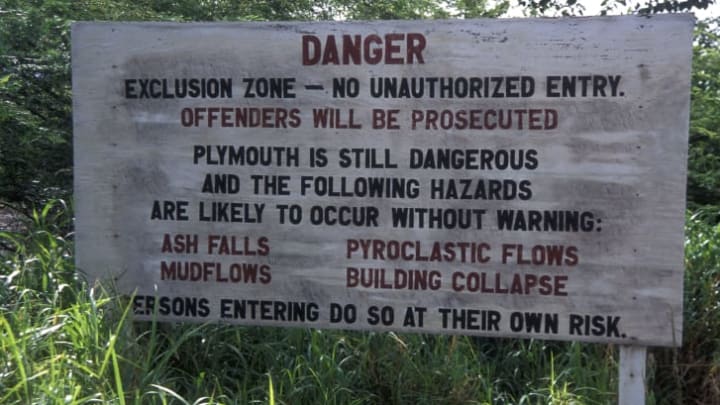
Thankfully no one was around when Mawson Peak became active, but that wasn’t the case on the Caribbean island of Montserrat in the 1990s. When the Soufrière Hills volcano awoke from dormancy in 1995 , the nearby town of Plymouth was evacuated and eventually abandoned altogether as eruptions continued. Ash consumed the town, turning it in a modern-day Pompeii. While the volcano is not as destructive as it was a few decades ago, there’s a chance it could erupt again, which means more than half the island is still a designated exclusion zone .
11. Chernobyl Exclusion Zone
Following the meltdown at the Chernobyl Nuclear Power Plant in Ukraine in 1986, a 18-mile radius exclusion zone was established around the site. Though it's still against the law to live there, you can take a day trip with a licensed guide. Most of the exclusion zone is now open to tourists, including the infamous Reactor 4 control room where the disaster took place. You'll need a hazmat suit to enter the control room, but you can get away with long-sleeved clothing outside the power plant.
12. Area 51
Area 51 is famously off-limits to the public. The government refused to acknowledge its existence until 2013 , when they finally admitted there was indeed a “flight testing facility” in the Nevada desert. Its restricted status didn’t stop people from planning a raid on Area 51 in September 2019. Though more than 2 million people RSVP’d to the “Storm Area 51” event on Facebook, only a few dozen showed up at the gates at the appointed time. The would-be stormers were quickly forced to leave by authorities, meaning the truth is still out there.
13. North Korea’s Room 39
North Korea's version of Area 51 is Room 39, but instead of military secrets, it's said to hide things like black market Viagra . The name refers to the secret department as a whole, but it’s also believed to be the name of a real office in the Workers Party building in the North Korean capital of Pyongyang. According to some defectors , it keeps foreign cash flowing into the pockets of elite officials. Illegal activities coming out of Room 39, such as counterfeiting, insurance scams, and drug production, along with some legal endeavors, are estimated to make the country between $500 million and $2 billion USD. Of course, the country’s notorious secrecy makes all of this hard to confirm.
14. The Island of Poveglia
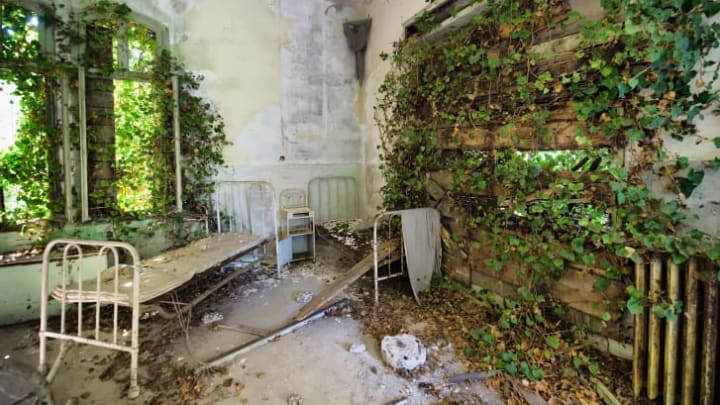
Poveglia in Italy is deserted today, but it’s been said that over the years, 160,000 people have lived, and died, there. The Venetian island became a quarantine station in 1793, and for two decades it was a place for potential victims of the bubonic plague. So many people died there that up to 50 percent of the island’s soil is said to contain human remains. The quarantine station closed in 1814, but Poveglia’s dark history didn’t end there. A mental hospital opened at the site in the 1920s, and it quickly developed a reputation for its inhumane treatment of patients . The hospital closed after a few decades, and today the overgrown island is largely closed off to visitors—except for the occasional ghost hunters .
15. North Brother Island
New York City is also home to an abandoned quarantine island. In the late 19th century, North Brother Island on the East River became the site of a hospital for patients with contagious diseases. Its most famous patient was Typhoid Mary , America’s first known asymptomatic carrier of the bacterium responsible for typhoid fever. Mary Mallon unknowingly got dozens of people sick while working as a cook in the early 1900s. She spent three years quarantined on North Brother Island after the first outbreak she caused, and when she was eventually released, she went back to cooking and infected even more people. Mary was sent back to the hospital against her will in 1915 and lived there until her death in 1938. The deserted island now serves a much happier purpose as a bird sanctuary . It’s inaccessible to the general public, but the city does make some exceptions for visitors with “compelling academic and scientific” reasons to visit.
16. Heart Reef
Heart Reef, which is part of Australia’s Great Barrier Reef, is a serious candidate for “world’s most photogenic location.” As the name suggests, the reef is shaped like a heart, and it’s been the subject of countless Instagram posts and tourism campaigns . It may be iconic, but you can’t actually see the landmark up close. Divers and snorkelers have been banned from the spot to protect it from damage. So if you want to snap that perfect vacation pic without hurting a delicate ecosystem, you’ll need to pay for a helicopter ride.
17. The Ethiopian Church That Claims to Hold the Ark of the Covenant
Ethiopia claims that it’s home to the Ark of the Covenant. It’s kept in a church in the city of Aksum that’s so closely guarded, even Indiana Jones would have trouble getting in. According to legend, the monks who guard the treasure have been trained to kill with their bare hands . By some accounts, only the monk who is designated as guardian is able to see the Ark, and after assuming his role he isn’t allowed to leave the church grounds for the remainder of his life. The secrecy and potential myth-making means that archaeologists haven’t been able to confirm the Ark’s legitimacy. A British historian who claimed to have seen it during World War II said that it’s actually a medieval-era replica .
BONUS: Maya Bay
Maya Bay in Thailand was also shut down to protect its environment from visitors, but the closure is only temporary. Following the release of the Leonardo DiCaprio movie The Beach in 2000, Maya Bay became a popular tourist destination. The beach was attracting millions of people a year at its peak, which wiped out a lot of the coral native to the area. Thailand made the decision to close Maya Bay in June 2018 to give the ecosystem a chance to recover. The beach officially reopened in January 2022 with new rules for visitors .
A version of this story ran in 2021; it has been updated to reflect the fact that Maya Beach has reopened.
- Skip to main content
- Keyboard shortcuts for audio player

Coronavirus Updates
The coronavirus crisis, u.s. issues more than 115 'do not travel' advisories, citing risks from covid-19.
Bill Chappell

Global travel continues to be risky because of the coronavirus. Earlier this year, passengers from Taiwan wear protective gear as they arrive at France's Charles de Gaulle Airport, and just this week, the U.S. issued over 100 new travel advisories. Francois Mori/AP hide caption
Global travel continues to be risky because of the coronavirus. Earlier this year, passengers from Taiwan wear protective gear as they arrive at France's Charles de Gaulle Airport, and just this week, the U.S. issued over 100 new travel advisories.
The U.S. State Department has vastly expanded its "Do Not Travel list," issuing new Level 4 advisories for more than 115 countries and territories this week. The agency cites "ongoing risks due to the COVID-19 pandemic."
The U.S. Do Not Travel list now includes Canada, Mexico, Germany and the U.K. A Level 3 warning is in place for a smaller group of nations, such as China, Australia and Iceland. Japan is also on the Level 3 list, despite a worrying rise in new coronavirus cases there.
Just a week ago, only 33 countries were on the U.S. Do Not Travel list, according to a cached version of the advisory site . But the State Department warned on Monday that the list would soon include roughly 80% of the world's countries.
More than 150 highest-level travel advisories are in effect — more closely reflecting guidance from the Centers for Disease Control and Prevention, the State Department says.
The CDC's own travel health notices also use a four-tier warning system. For many countries newly added to the State Department's Level 4 list, the CDC cites "a very high level of COVID-19."
As of last week, Brazil and Russia were two of the only large COVID-19 global hotspots on the State Department's most serious warning list. They're now joined by India and virtually all of Europe — places that have seen alarming spikes in new cases.
Bhutan is the only international destination designated as Level 1 — "exercise normal precautions" — on the State Department's travel advisory list.
Sixteen countries are categorized as Level 2 — meaning travelers should exercise increased caution when visiting places such as Thailand, Vietnam, South Korea, Belize and Grenada.
Many of the new or updated Do Not Travel notices cite high levels of coronavirus transmission in the relevant country. But the State Department says it also takes other factors into account, from the availability of coronavirus testing to any travel restrictions the countries might have against U.S. citizens.
In roughly 35 countries or destinations, the CDC says, details about the level of COVID-19 risk are unknown. The health agency urges Americans to avoid traveling to those spots, which include Afghanistan, Nicaragua and the Solomon Islands.
Regardless of a particular country's advisory status, the State Department wants all U.S. citizens to reconsider any travel abroad.
"The COVID-19 pandemic continues to pose unprecedented risks to travelers," the agency said.
More than 3 million people have died from COVID-19 worldwide, according to the World Health Organization . Nearly 144 million coronavirus cases have been reported globally, according to data compiled by Johns Hopkins University .
National Geographic content straight to your inbox—sign up for our popular newsletters here
Is it safe to go there? The U.S. travel advisory system, explained
If you’re planning an international trip, here’s how to use the State Department’s country-by-country guide to minimize your risk of encountering crime, violence, or civil unrest.

On October 19, the U.S. Department of State issued a rare advisory that Americans overseas “exercise increased caution” due to heightened tensions and chances of terrorism around the world, spurred by the Israel-Hamas war. It’s part of a system of travel warnings that’s been around in some form since 1978, designed to help citizens assess how safe a destination might be at a given time.
The current version of the system, which launched in 2018, gives fluid rankings from Level 1 (exercise normal precautions) to Level 4 (do not travel), indicating how risky countries (and in some cases, regions) are for Americans to visit. Rankings are based on factors such as crime rates, civil unrest, and the threat of terrorism. They are meant to give “clear, timely, and reliable information about every country in the world so they can make informed travel decisions,” says a State Department spokesperson.
Not surprisingly, on October 14, the State Department moved Israel and the West Bank to Level 3 (reconsider travel) and Gaza to Level 4.
Here’s how the advisories work and how to use them.
What is a travel advisory?
The U.S. State Department inaugurated the travel advisory system in 1978, initially aiming warnings at airlines and travel companies. The system was scrutinized after the 1988 bombing of a Pan Am flight from London to New York , which exploded over Lockerbie, Scotland , killing all 259 passengers and crew plus 11 people on the ground.
Investigations found U.S. authorities had been aware of a credible threat to a Pan Am flight but hadn’t informed the public. In response, the media and consular offices began issuing travel warnings. In 2018 the U.S. introduced its current four-tier advisory system. There are near-identical versions in Canada , Australia , and New Zealand .
To determine rankings, the State Department considers a nation’s political volatility, crime trends, medical care standards, and the threat of kidnappings or terrorism. (Politics also ends up playing an unspoken role.) Some countries, such as Russia , receive a Level 4 ranking partly because the U.S. government may have limited ability to assist citizens there. Others rise to Level 4 due to a crisis, such as the military coup that recently rocked Niger .
When the travel advisory system relaunched in 2018, it also included state-by-state evaluations for Mexico , which draws more than 11 million American travelers a year. “Some Mexican states are quite safe for U.S. tourists, while others are riskier due to narco-trafficking violence,” says Ryan Larsen , executive director of the Institute for Global Engagement at Western Washington University. Yucatán and Campeche states are currently at Level 1, while six other Mexican states are at Level 4, including Sinaloa.
( Solo female travelers share tips for staying safe on the road .)
Epidemics and natural disasters also can prompt a travel advisory number to rise. Americans may be prompted to reconsider visiting a country recovering from a tsunami or major wildfires, since their presence could hinder rehabilitation efforts. This occurred after the February 2023 earthquakes in Turkey . Such advisories can remain in place for weeks or months.
The strictest-ever advisories came in April 2021, amid the COVID-19 pandemic , says Larsen, who did a thesis on U.S. travel warnings. At that time, about 80 percent of the world’s countries were at Level 4.
At press time, about 70 percent of the world’s countries were rated Level 1 or Level 2 by the State Department, indicating they’re relatively safe. There are currently 21 countries at Level 3 and 21 at Level 4.
How to use travel advisories
Before booking an international trip, consult the State Department website to see where your destination ranks. While Level 1 and 2 countries are considered relatively safe, you should still register with the U.S. Smart Traveler Enrollment Program (STEP) . This lets Americans overseas use their smartphone to receive travel advisory updates and alerts about emerging dangers in their destination (protests, extreme weather).
Level 3 countries are considered more dangerous for foreign visitors, who should “reconsider travel,” according to the State Department. If you are headed to a Level 3 country, which currently includes Pakistan and Colombia , do wider research on its safety and on the places you’ll visit there, advises Jun Wen , a professor of tourism at Australia’s Edith Cowan University. For instance, while some remote areas in the Colombian Amazon still suffer from drug-related violence, cities such as Cartagena and Medellín are relatively safe. Going on a fully guided group or individual tour can also help you navigate destinations where political unrest or crime might impact your safety.
Travelers should study not only the advisories provided by their own country, but also by the U.S., United Kingdom, and Australia to broaden their understanding of the risks in Level 3 countries, Wen says. As for Level 4 countries, that “Do Not Travel” advice couldn’t be any clearer.
Other countries also issue warnings to their citizens about visiting the U.S. Canada recently informed its LGBTQ travelers they may be affected by laws in certain U.S. states. Australia, meanwhile, cautions its citizens visiting the U.S. to be wary of higher crime rates and gun violence, and even to learn safety strategies for active shooter scenarios.
People who visit countries with Level 3 or Level 4 travel advisories don’t just risk their safety. They also may have travel insurance complications, says Linchi Kwok , tourism management professor at California State Polytechnic University Pomona.
( How travel insurance can—and can’t—help when your plans change .)
They must pay much higher premiums, and their insurance can be invalidated if the advisory for their destination is elevated. “Medical coverage can be minimal, too, particularly if the travel advisory is put up against a disease or an outbreak,” says Kwok. “I encourage Americans to think twice before they travel to Level 3 and especially Level 4 destinations.”
Warnings and their impact on tourism
Travel advisories can be biased, Larsen argues. His research found that, while the U.S. didn’t often overstate the risk of travel to countries with which it had poor relations, it did often understate the danger of visiting nations that were its close allies. Elevating a travel advisory can stoke diplomatic tensions between two countries. Once a country is raised to Level 3 or 4, many tourists will avoid visiting, and many American universities won’t let students join study abroad programs.
The economic ramifications of a level change impact individual businesses such as hotels, restaurants, and travel agencies. For instance, J 2 adventures , a Jewish-focused tour company, saw most of its fall group trips to Israel canceled after the start of the Israel-Hamas war (and the higher advisory level), says cofounder Guy Millo. “This is not just because of the violence on the ground, but because of practical considerations like accessibility of commercial airline flights,” he says. “Most tourists from North America and places around the globe simply couldn’t get here even if they wanted to.”
Related Topics
- ADVENTURE TRAVEL
- BORDER REGIONS
You May Also Like

PreCheck, Global Entry, CLEAR: We explain U.S. expedited travel programs

The 8 best travel backpacks of 2024
Free bonus issue.

The best Easter gift ideas for adults who love travel

9 travel stories our readers loved in 2023

10 whimsical ways to experience Scotland

The essential guide to visiting Scotland

Ready to plan your fall hike? Read this safety advice first.
- Perpetual Planet
- Environment
- History & Culture
- Paid Content
History & Culture
- Photography
- Terms of Use
- Privacy Policy
- Your US State Privacy Rights
- Children's Online Privacy Policy
- Interest-Based Ads
- About Nielsen Measurement
- Do Not Sell or Share My Personal Information
- Nat Geo Home
- Attend a Live Event
- Book a Trip
- Inspire Your Kids
- Shop Nat Geo
- Visit the D.C. Museum
- Learn About Our Impact
- Support Our Mission
- Advertise With Us
- Customer Service
- Renew Subscription
- Manage Your Subscription
- Work at Nat Geo
- Sign Up for Our Newsletters
- Contribute to Protect the Planet
Copyright © 1996-2015 National Geographic Society Copyright © 2015-2024 National Geographic Partners, LLC. All rights reserved

Alot Travel > Themes
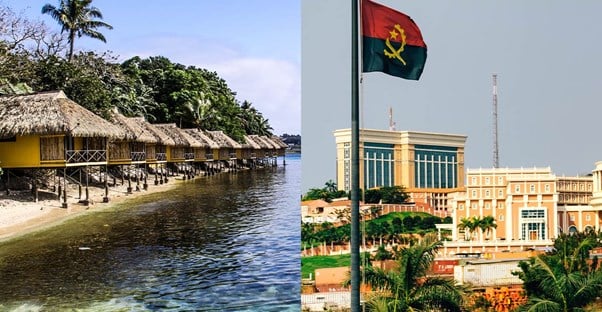
30 Places Americans Can’t (or Shouldn't) Visit
Vacations are one of the only times in life that we get to step outside of our mundane day-to-day lives and see the world! Americans famously only get two weeks of vacation time (three if you’re lucky.), so many tend to use it to the fullest. When choosing where to vacation, we go all out! We go to tropical islands, beautiful Mediterranean sea sides, and national landmarks around the world.
In America, if you’ve got the money, honey, you can have nearly whatever you want. However, there are several places scattered across the globe that…would rather Americans just not come around. For whatever reason, these places have put up extreme bans on American tourism. For others, it’s common knowledge not to venture there, or you could be in serious trouble.
Everyone should see the world in their lifetime, but it may be better just to avoid these places altogether. From hostile locals to full-on American travel bans, these are the places Americans can’t (or shouldn’t) visit. There are several you may already be aware of, but it may be good to know some of the lesser-known places, just in case you ever find yourself in a pinch. Here are a few places you may need to rule out when planning your next vacation.
Saudi Arabia

Saudi Arabia has always been a country difficult to visit and one to avoid for purely touristic purposes. However, this past July, travel advisory for Saudi Arabia moved to a level 3: reconsider travel. This is due to the threat of missile and drone attacks on civilian facilities. Exercise increased caution in Saudi Arabia due to terrorism. Or just don't go there right now.
Saudi Arabia is one of many countries affected by the ongoing tensions. As you'll see throughout the article, many countries are those you shouldn't travel to due to unrest and violence.

There has been a shift in the relationship between the United States and Cuba . American travelers to Cuba must fall into one of the following categories: “people-to-people travel” or “travel for the transmission of informational materials.” Then, you have to get a visa through the Cuban government. While travel isn't expressly forbidden, it is a little trickier than just purchasing a plane ticket.
Obtaining the correct documents and permissions to visit Cuba can take months. We all know waiting for the government to send you information and documents moves at a snail’s pace, let alone dealing with two different governments at once. There’s still a lot of regulation from both ends around traveling to Cuba. Hopefully, America and Cuba will sort out their differences in the future so people can visit this beautiful island.
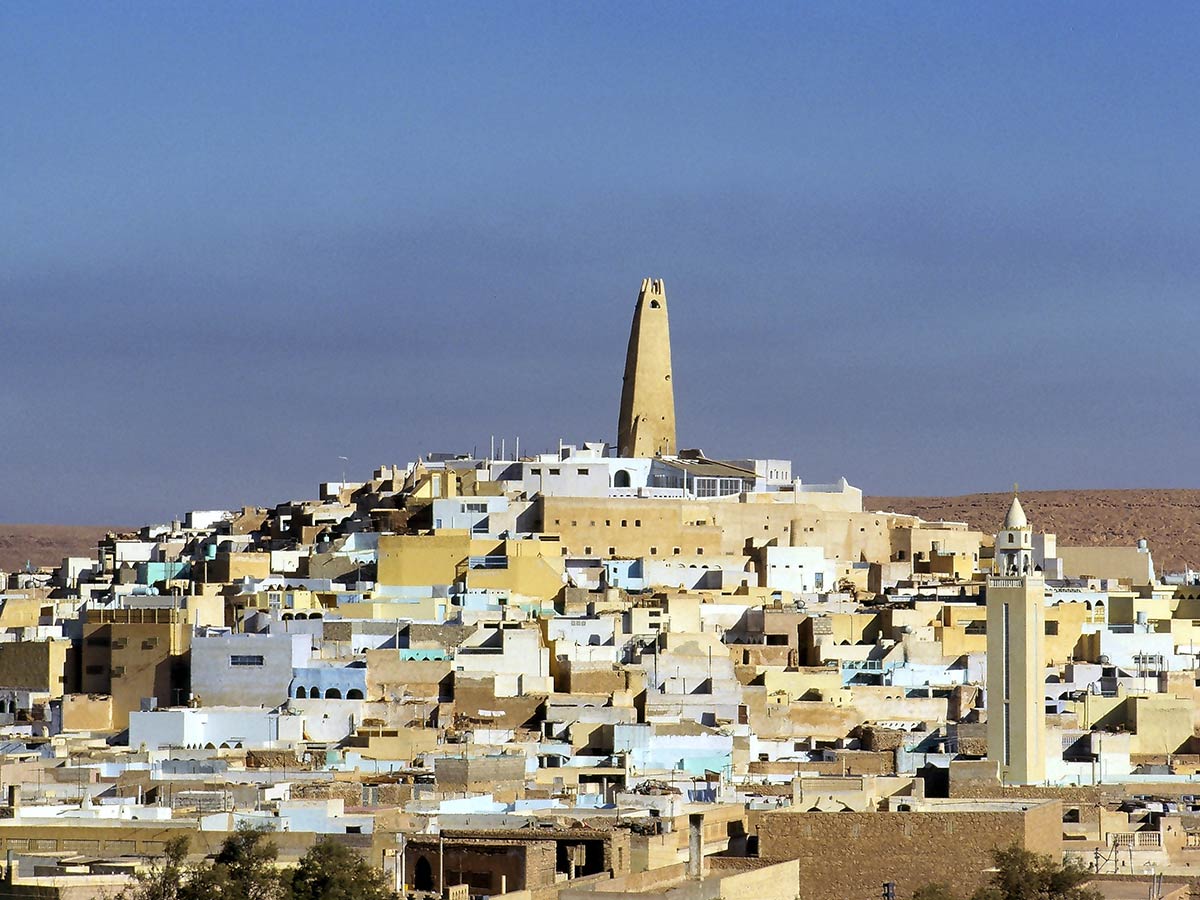
There are not many hoops to jump through in order to travel to Algeria—a passport valid for at least six months and a visa. However, travel to this country is on the dangerous side. Sitting at a level 2 on the Travel Advisory Chart, officials recommend increased caution due to terrorism and kidnapping.
In countries like this, phony travel agencies can scam you or even worse. Kidnapping is a common threat. It's safe to say it's not worth risking your safety to visit Algeria.

There are American citizens in Iraq, but you might not want to go through what they did to get there. As of October 22, 2023, Iraq is at a level 4: do not travel. In plain and simple terms, "Do not travel to Iraq due to terrorism, kidnapping, armed conflict, civil unrest, and Mission Iraq’s limited capacity to provide support to U.S. citizens."
If and when tensions ease and levels return to normal, decades of war have done a number on the entire country. There are still untouched places. However, the displacement of people and lives has had serious impacts on the country’s urban areas. The instability in the area also puts you at risk for unexpected changes to your trip, so stay on your toes if you do go.

There are so many hurdles to face when trying to visit Somalia. To go there, you need both a sponsor and invitation letter from someone in the country. Besides that, the country is at a level 4 currently due to crime, terrorism, civil unrest, health issues, kidnapping, and piracy. It’s no wonder Somalia is the second-least visited country on the planet.
Let’s say you do actually get into Somalia; the crime in the country is such an issue that your time there will mostly be spent looking over your shoulder. This is another case of careful preparation and planning. You may even consider traveling in a large group to make sure you have plenty of support while you're visiting.
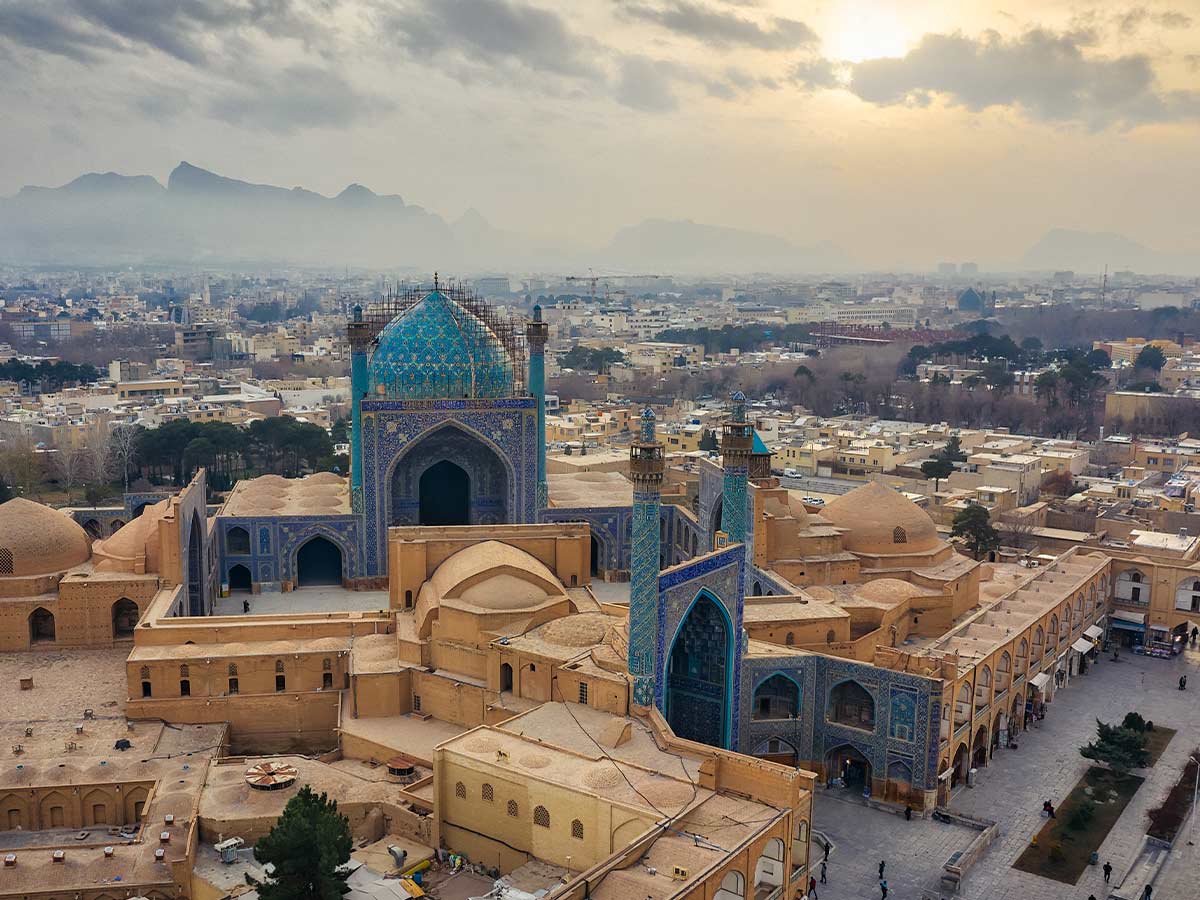
Since there isn’t an Iranian Embassy in the United States, you’ll have to use the Pakistani Embassy in Washington. However, travel to the country is all but nonexistent due to tensions in the Middle East. Currently sitting at a level 4, "do not travel to Iran due to the risk of kidnapping and the arbitrary arrest and detention of U.S. citizens. Exercise increased caution due to wrongful detentions. "
During more normal times, the political struggle over land between Iran and Israel has affected the entire area. Tourism in the area is highly regulated and controlled. While traveling, people really want to go and see exactly what they want to see. However, in areas like Iran, that’s just not the case. It’s very important to remain safe in these areas, so it’s for your own good to stay with a guide.

When you are taking your religious journey, you will have to skip this section of the Holy Land. Getting a visa from Syria has no definite time frame, so it could take years if they do accept your application. Syria has experienced active armed conflict since 2011 and recent events have escalated the threat. Similarly to Iran, do not travel to Syria due to terrorism, civil unrest, kidnapping, armed conflict, and risk of unjust detention.
Many people who lived in Syria have since been displaced, fleeing the area from the ongoing war in the Middle East. At this point in time, we’re not sure why someone would want to visit Syria, unless you were a journalist or government entity. But, if for some reason you did decide to go there, be prepared for the unexpected.
Afghanistan
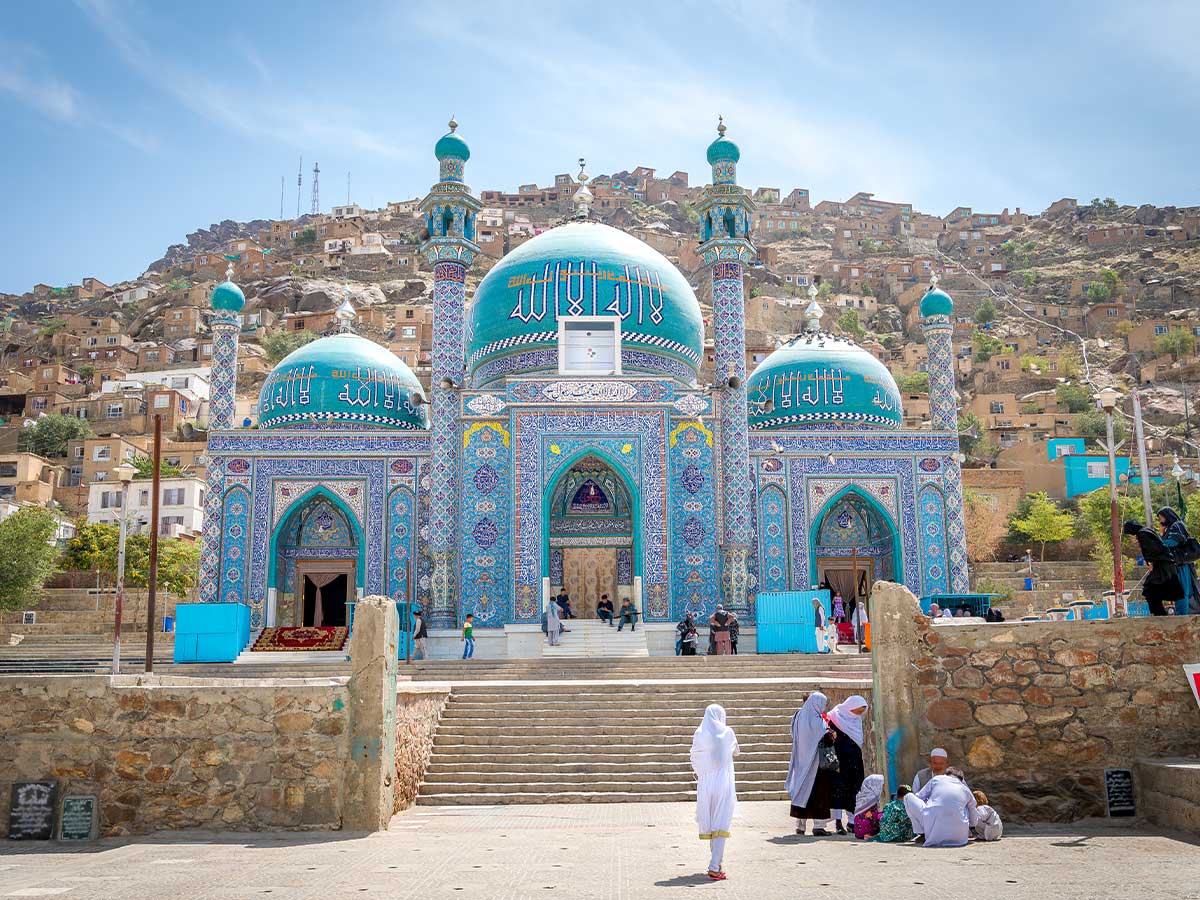
You can visit Afghanistan… but you’ll need to enlist in the military. Afghanistan is another country very affected by the war in the Middle East. Most of Afghanistan is under military control, and there is ongoing firefighting. Probably not the best place to plan a relaxing vacation. As of December 18, 2023 Afghanistan reached a level 4: do not travel due to terrorism, risk of wrongful detention, kidnapping and crime.
We would skip Afghanistan for now, maybe one day we can see what’s left of it. The area is full of ancient monuments, temples, and history. However, we won’t have an opportunity to see much of it until the Middle East settles down long enough for peace to return to the country.

Before knowing whether or not you will be able to go to Angola, you will need a $450 letter of invitation, an Algerian visa, an airline ticket, and a hotel room booked in advance. This in no way guarantees that you will get into the country, though. Angola is currently level 2: exercise increased caution due to crime and health.
Angola is located in South Africa. It's known for its varying landscapes consisting of lush tropical beaches and sub-Saharan desert areas. But other than its scenery, it’s a hot spot for both malaria and yellow fever! The amount of work needed to obtain access to the country may outweigh the payoff of the visit.
North Korea
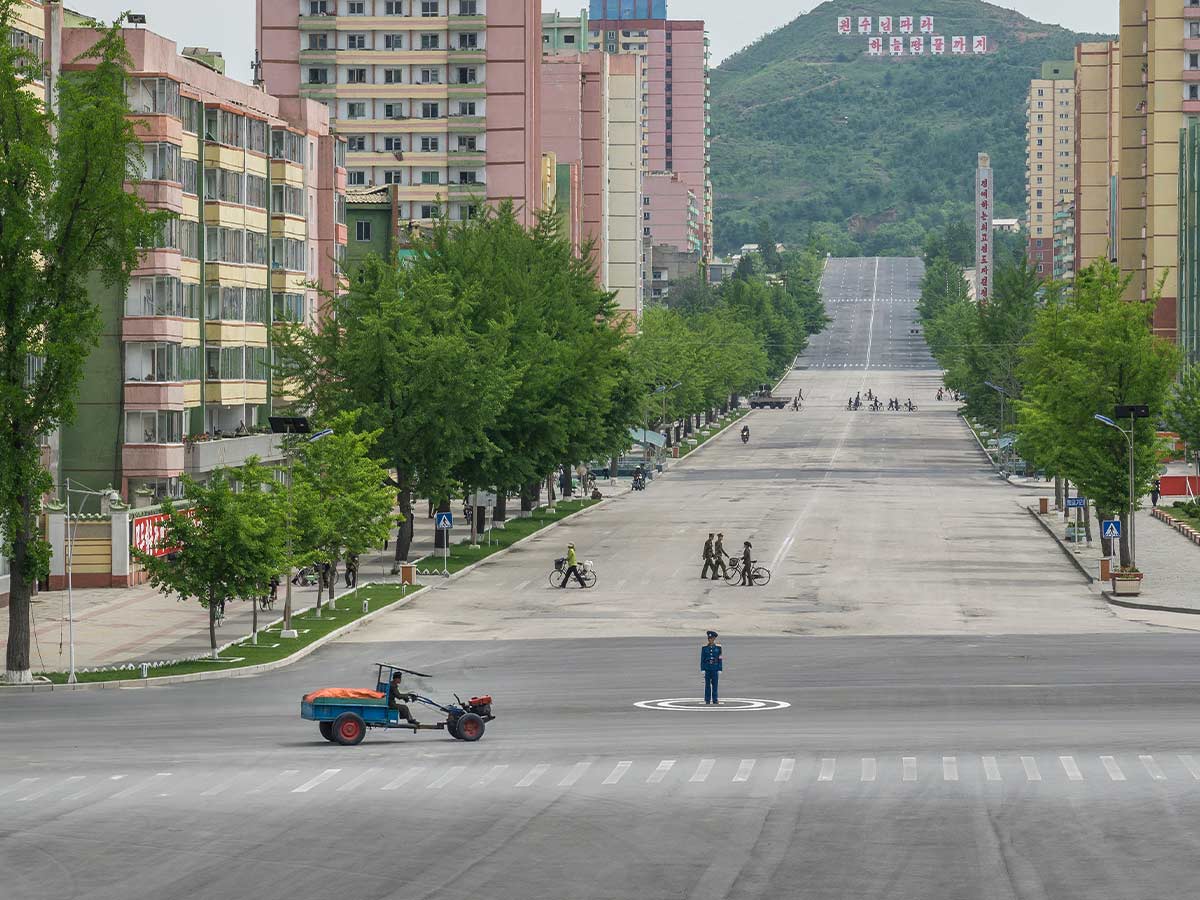
It is actually possible to visit North Korea, but only technically. All U.S. passports are invalid for travel to, in, or through the DPRK unless specially validated for travel under the authority of the Secretary of State. Special validations are granted in very limited circumstances. But don't go there. It's a level 4 due to the continuing serious risk of arrest and long-term detention of U.S. nationals.
We're not sure when North Korea will return to a safer level, but if and when it does, sending off paperwork overseas for approval is a lengthy process that may or may not happen. It’s no secret that North Korea has its problems with corruption and very strict laws. Let’s say you do get your golden ticket; you may think twice about visiting because if you break any laws while there, the punishment is substantial and unwavering.
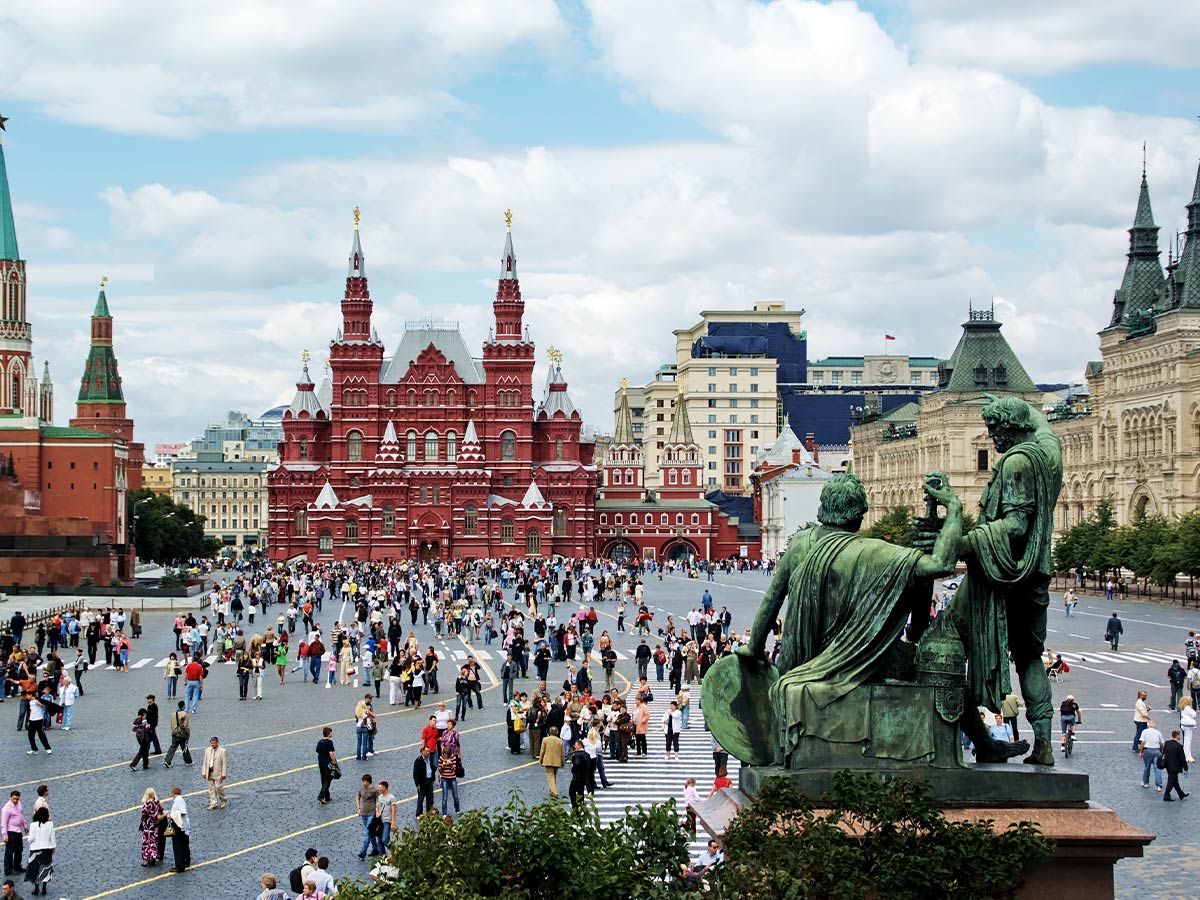
Due to the unprovoked full-scale invasion of Ukraine by Russian military forces, the potential for harassment and the singling out of U.S. citizens for detention, the arbitrary enforcement of local law, limited flights, the Embassy’s limited ability to assist U.S. citizens, and the possibility of terrorism, Russia is currently a level 4 as of September 5, 2023. U.S. citizens residing or traveling in Russia should depart immediately.
It will probably be quite a while before relations can ever be restored with Russia. It was a difficult country to visit before the war as tourists there tend to stick out like a sore thumb, which is a bad thing in Russia. There is little tolerance for disrespect of customs and traditions. So if you go there in the future, be well versed in their customs and pick up a few common phrases before arriving.

India is not a particularly difficult country to visit, but it will take some careful planning. Depending on the nature of your visit, obtaining a visa can take months at a time. Additionally, rising violence in the country and neighboring countries means you should stay alert at all times if you do visit.
India has its fair share of problems. The sheer number of people in India means it’s tough for government influence to reach everyone. India is notorious for pickpocketing and tourist traps. It’s very easy to spot a tourist there, and scammers take advantage of that. They scam people into “Secret” tourist locations that only they know about, and then take all your money.

Nauru is a small island in Micronesia that many Americans probably haven't heard of, but if you want to visit, you'll have to jump through a lot of hoops. You'll need a valid passport with a minimum of three months validity, a visa, an onward/return ticket, and proof of hotel bookings (or sponsorship from a resident of Nauru).
When you think of tropical islands in the middle of Oceana, Nauru isn’t the dream you’re thinking of. The country has been stripped of several natural resources, such as phosphate, in supply to Australia. Although the island is surrounded by coral reefs, the island is rocky, with limited beaches and swimming locations.
Turkmenistan
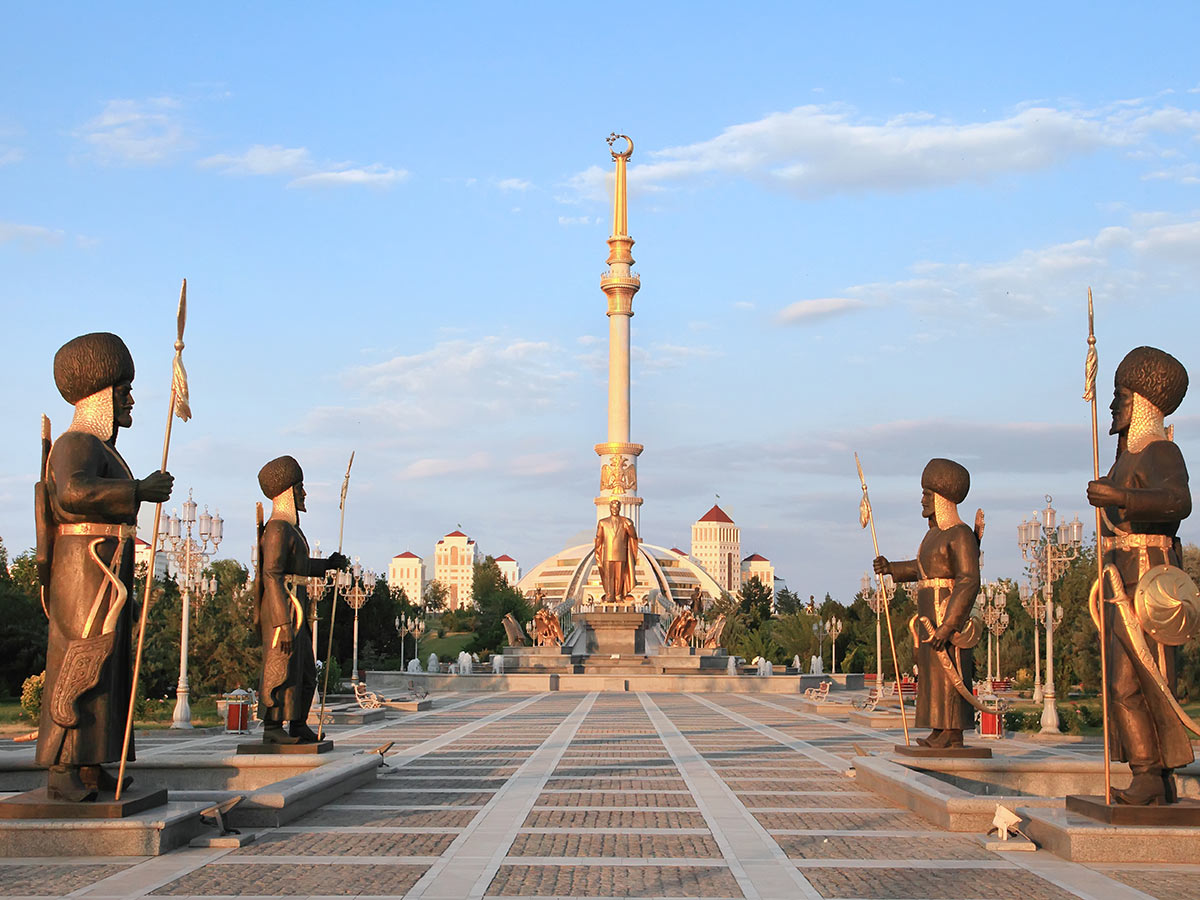
You're not getting into Turkmenistan without an invite, which means you first need to secure an official one from the government. On top of that, you'll have to obtain a visa as well, and those have been known to be rejected even when applicants have all of their ducks in a row. The country is currently a level 2, due to the limited travel options into and out of the country on short notice.
Although Turkmenistan is extremely difficult to get into, it is a relatively safe place to visit—at least it was before recent events. The country ranked 116 out of 163 countries regarding safety and peace. The problem is that it costs a considerable amount of time, money, and effort to even be considered for access to the country, and there are way easier places to get to.
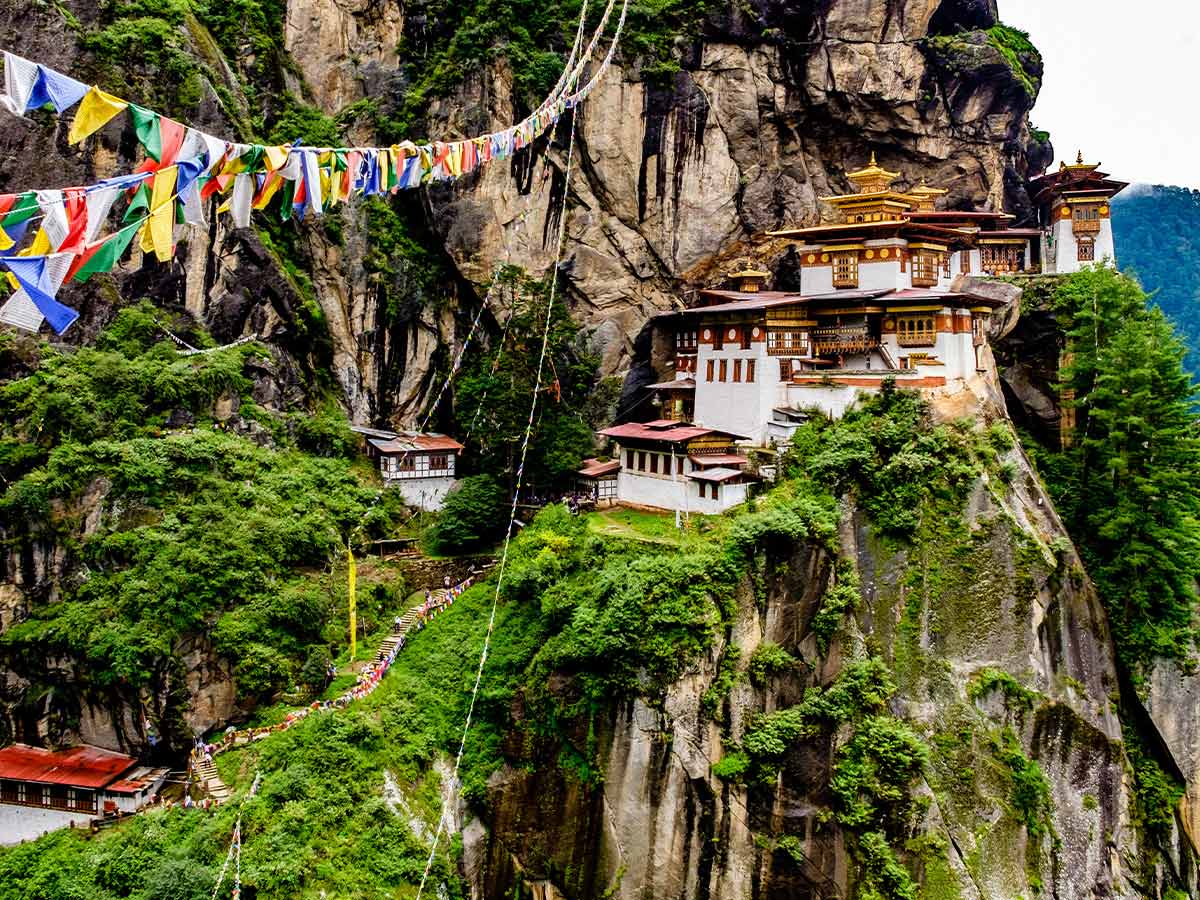
Bhutan is a country that has literally no diplomatic ties with the United States, which already makes it more difficult than most places for Americans to enter. However, visiting the country also involves paying super high tariffs, which is more than enough to scare a lot of potential visitors away. You'll also need to be aware of this:
- Your passport must be valid for at least six months following the date of your arrival to Bhutan.
- You need a Bhutanese visa to enter and exit Bhutan. All visas are approved in the capital, Thimphu, and are only issued to tourists who have booked travel with a local licensed tour operator, either directly or through a foreign travel agent. Applications for tourist visas are submitted by the local tour operator. See the Association of Bhutanese Tour Operators website for further information.
- All visitors, including those on official U.S. government business, must obtain visa clearance from Thimphu before traveling to Bhutan. Visa clearance takes at least 7 days to process and airplane tickets to Bhutan cannot be purchased without visa clearance.
- At your point of entry into Bhutan, immigration authorities will stamp a visa into your passport upon payment of $40 U.S. or Nu.2500. You must also provide two passport photos. Tourist visas are usually granted for the scheduled travel period.
If you haven’t heard of Bhutan before, it’s a country in South Asia at the foot of the eastern edge of the Himalayas. It’s known for its extreme landscapes ranging from plains to mountain ranges to valleys. The area is full of Buddhist temples and monasteries. It’s a beautiful place, but not worth the work to get into.

Americans can technically visit Libya, but the government strongly advises against it. Because of violence in the region, the US Embassy closed shop in 2014 and hasn't reopened since. Crime levels in Libya remain high, including the threat of kidnapping for ransom. Westerners and U.S. citizens have been targets of these crimes. The U.S. Dept. of State's travel site lists a whole host of things to do if you decide to travel to Libya, including drafting a will and designating a power of attorney.
Libya is located in northern Africa directly to the west of Egypt and is bordered by the Mediterranean Sea. Like many countries in that region of the world, Libya is victim to political instability and war. The political unrest has made it a dangerous place to be, so we would advise all people (especially Americans) to avoid visiting.
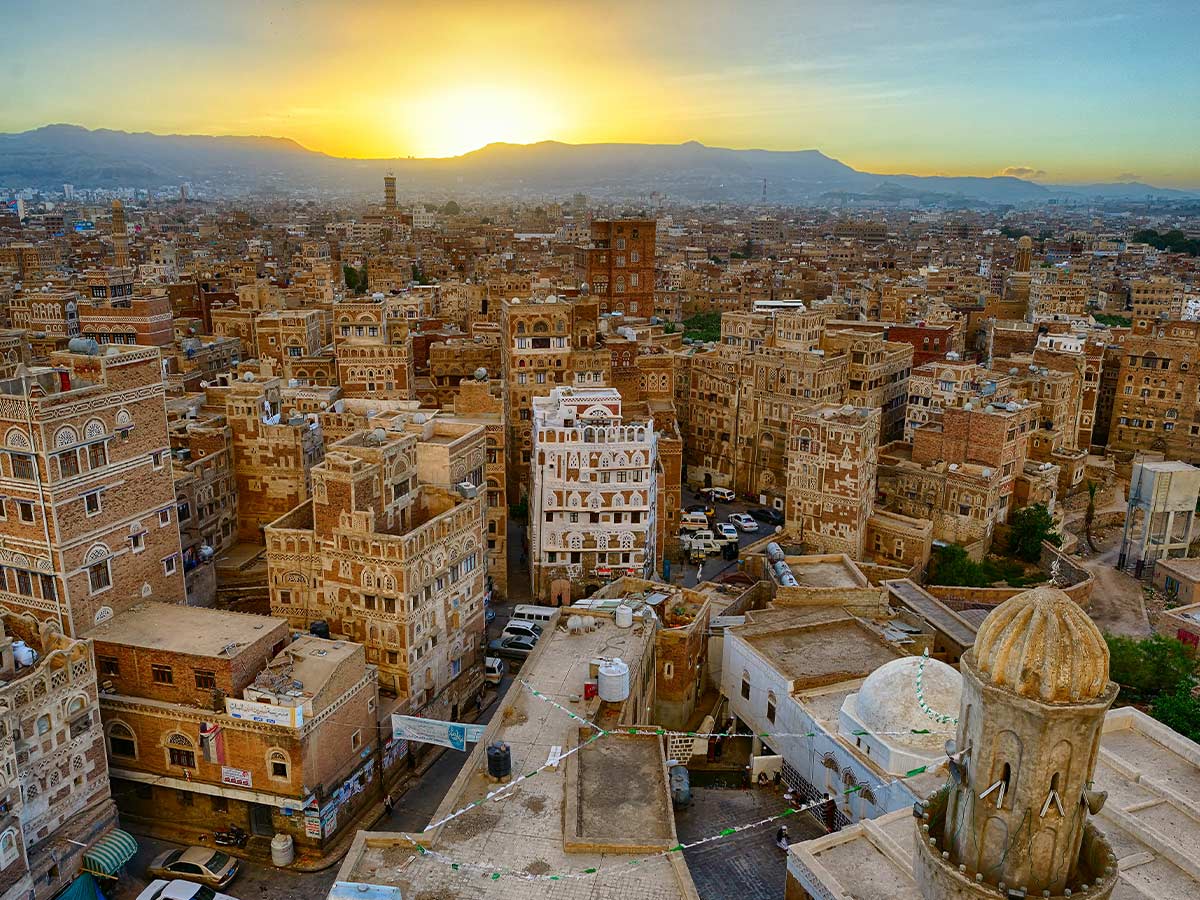
The US State Department says that Yemen has a “high-security threat level posed by ongoing conflict.” Additionally, the embassy has stopped issuing visas for the country, which makes it completely unavailable for visiting by legal means at this current point in time except by obtaining a visa from the Yemen government. The country is in a constant state of strife, attempting to uproot Iranian influence and reinstate Hadi’s government influence.
The Republic of Yemen is located at the southern tip of the Arabian Peninsula. It’s also the second largest Arab sovereign state in the area. As recently as 2020, the country has been recognized as one of the Arab world’s poorest countries, completely riddled with civil war due to political strife.
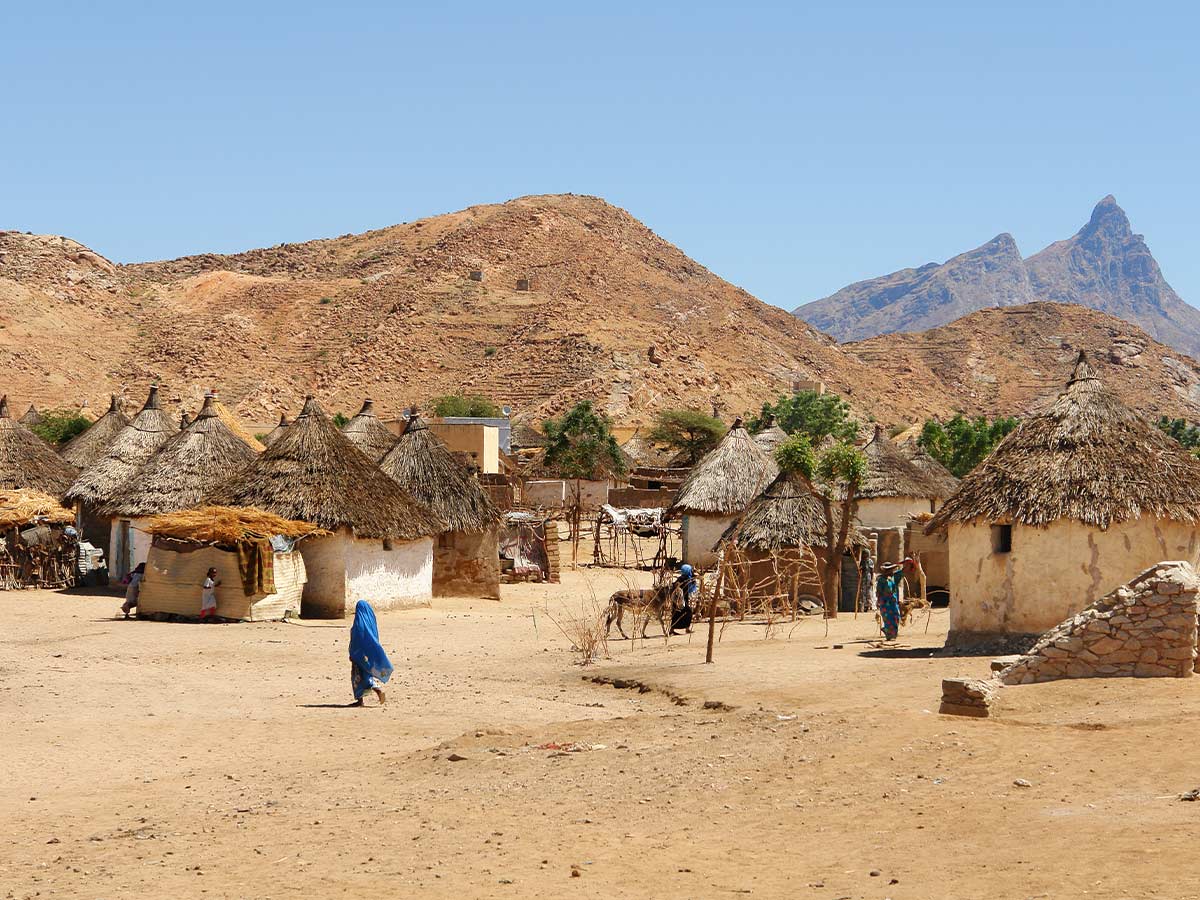
No one, American or otherwise, is getting into the small African country of Eritrea without some serious effort—they provide many hoops to jump through. Additionally, the US has no embassy or diplomatic ties with the country, which means you're on your own if you find yourself in trouble there. Though it's only listed as a level 2, when the causes include landmines and wrongful detentions, that's where many draw the line.
Eritrea is in northeast Africa on the coast of the Red Sea. The country's capital city, Asmara, serves as a port with a colorful history full of influence. Asmara is known for its Italian, Egyptian, and Turkish architecture that reflect the area's rich trade history. All of this sounds enticing, but it’s hard to travel to and from without an embassy.
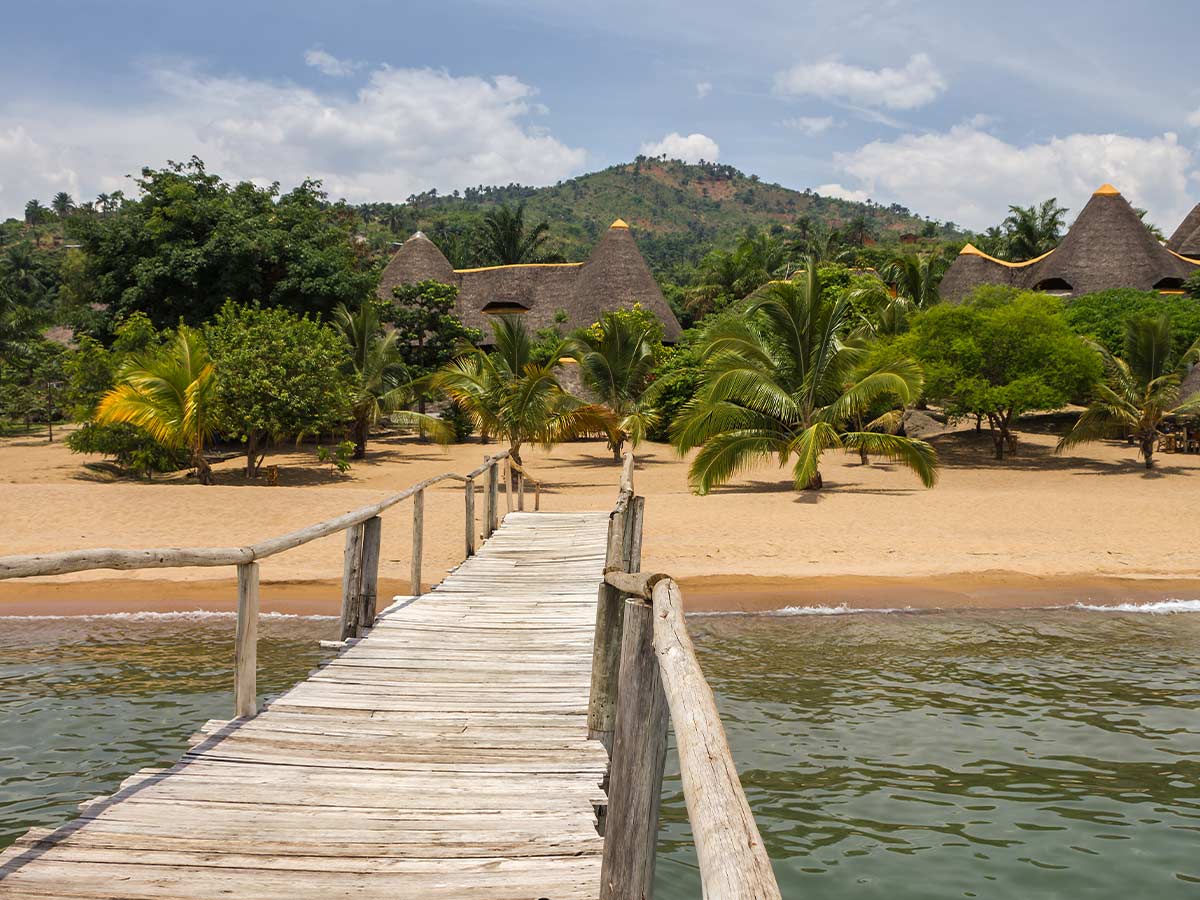
Political violence in the region is the number one reason that the State Department doesn't recommend visiting Burundi any time soon. Considering the country's history of the 1972 Burundian Genocide and numerous human rights violations, it's probably best to just stay away from this country... even if you could travel there.
Burundi is a victim of ongoing political tension in the area. Sitting at a level 3, it's recommended to avoid travel there due to crime, health, and political violence. While Western people aren’t the usual targets for these incidences, getting wrapped up in the middle of one of those could put your life in jeopardy. Better safe than sorry.
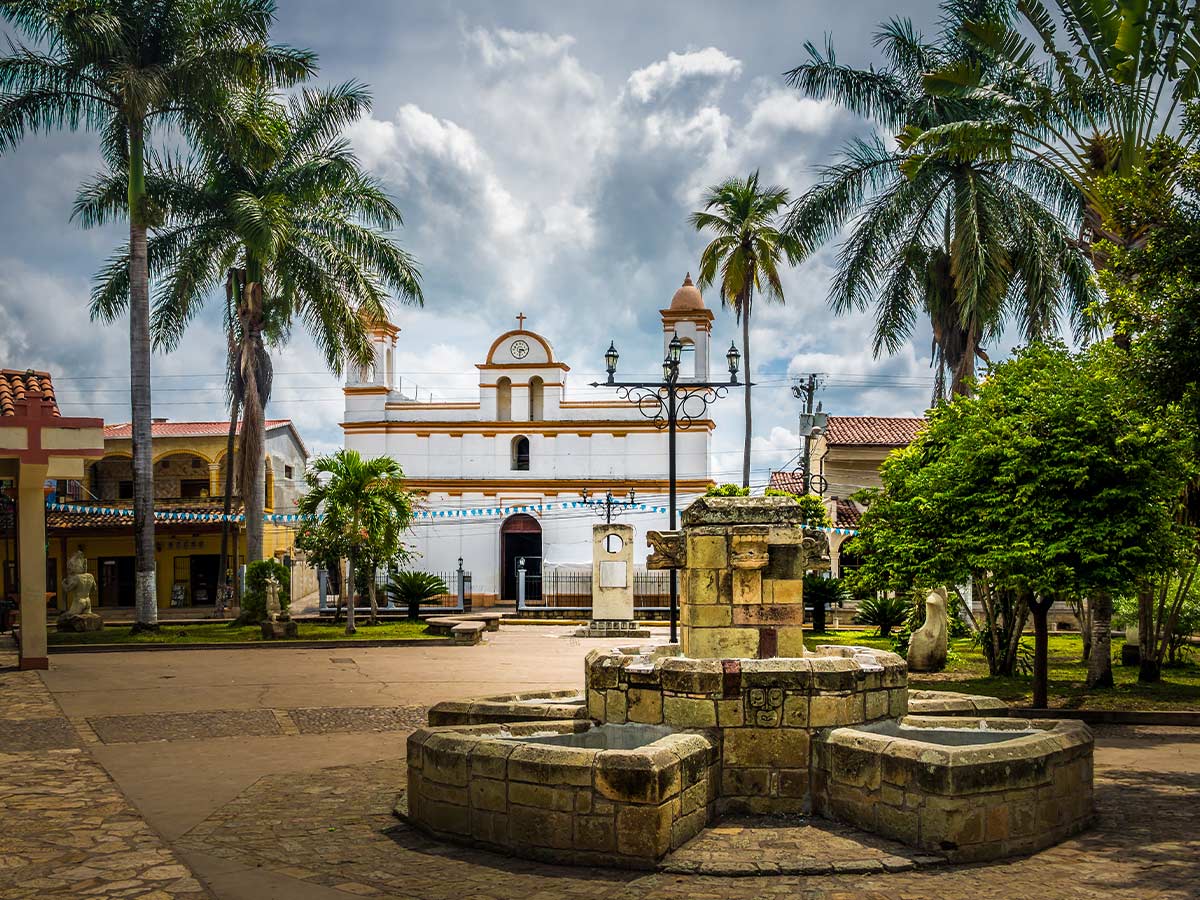
Honduras as a whole can be a dangerous place to visit—with the State Department issuing numerous warnings. The country is a level 3 due to crime and kidnapping. However, the Gracias a Dios region is considered particularly dangerous. Because of its remote location, it can be difficult for the government to find and help citizens in need.
Honduras is infamous for crimes against tourists. Pickpocketing, kidnapping, and other things happen in tourist spots frequently. Traveling here requires you to be vigilant about your location. There are also shocking levels of HIV and AIDS in Honduras, so it’s important to be mindful of medical equipment and other risky activities while traveling here.

Ongoing violence in Chad and its surrounding neighbors has led the State Department to caution anyone visiting the African country strongly. In addition to the violence warnings, they also note that there are many undetonated mines in the region. So, all this means that visiting the region literally means walking a minefield.
The Republic of Chad is a north-central African country riddled by decades of political strife in the Middle East. Maybe one day Chad will return to normal, and tourism can once again take place, but for now, it’s probably best for you to forget about visiting. If you’re dying to visit the area, go to Nigeria or Egypt.

In addition to the frequent violence in the region, officials have other reasons for warning Americans about visiting Nicaragua. There are also reports of civilians posing as police officers and blocking roads and resources from reaching their intended destinations. This causes major disruption of traffic, leaving tourists vulnerable to a number of things.
Nicaragua has become a hot spot for American “Mission Trips.” However, it’s probably one of the last places in the world a busload of churchgoers needs to be. If you don’t know, Nicaragua is located in Central America above Costa Rica and below Honduras. Despite the dangers of tourism here, the landscape is beautiful; dotted with volcanoes and beaches.
Democratic Republic of Congo
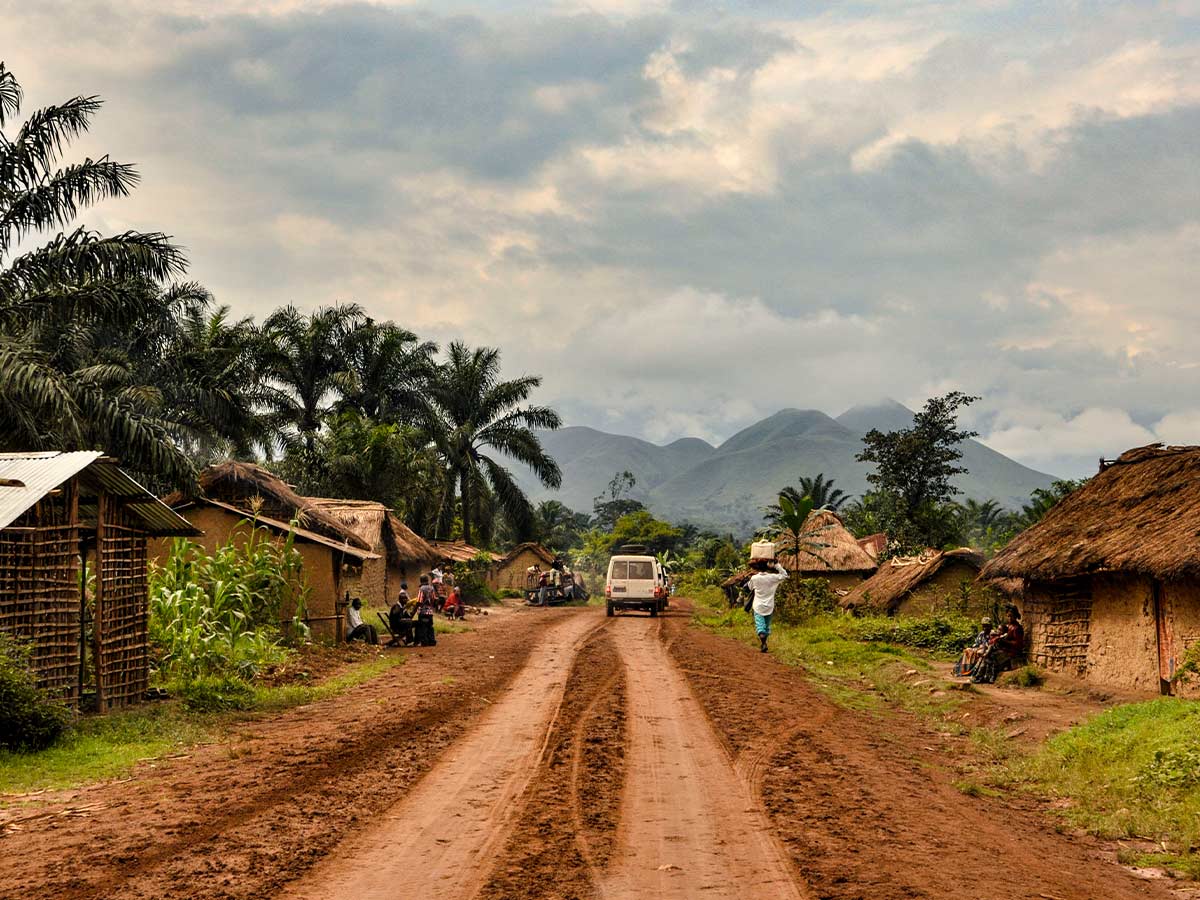
The Democratic Republic of Congo is frequently the site of dangerous conflict and kidnapping, making it a dangerous place for a person from any country to visit. Additionally, a substantial resurgence of the Ebola virus in the region since 2018 makes visiting a health hazard as well as a risk for kidnapping.
The Democratic Republic of the Congo is one of the largest countries in Africa, as well as one of the top 20 in the entire world, with a population of over 86.79 million people. Despite this, however, it is also one of the poorest countries in the world. Its constant political upheaval causes immense poverty. This place just isn’t a good fit for tourism.
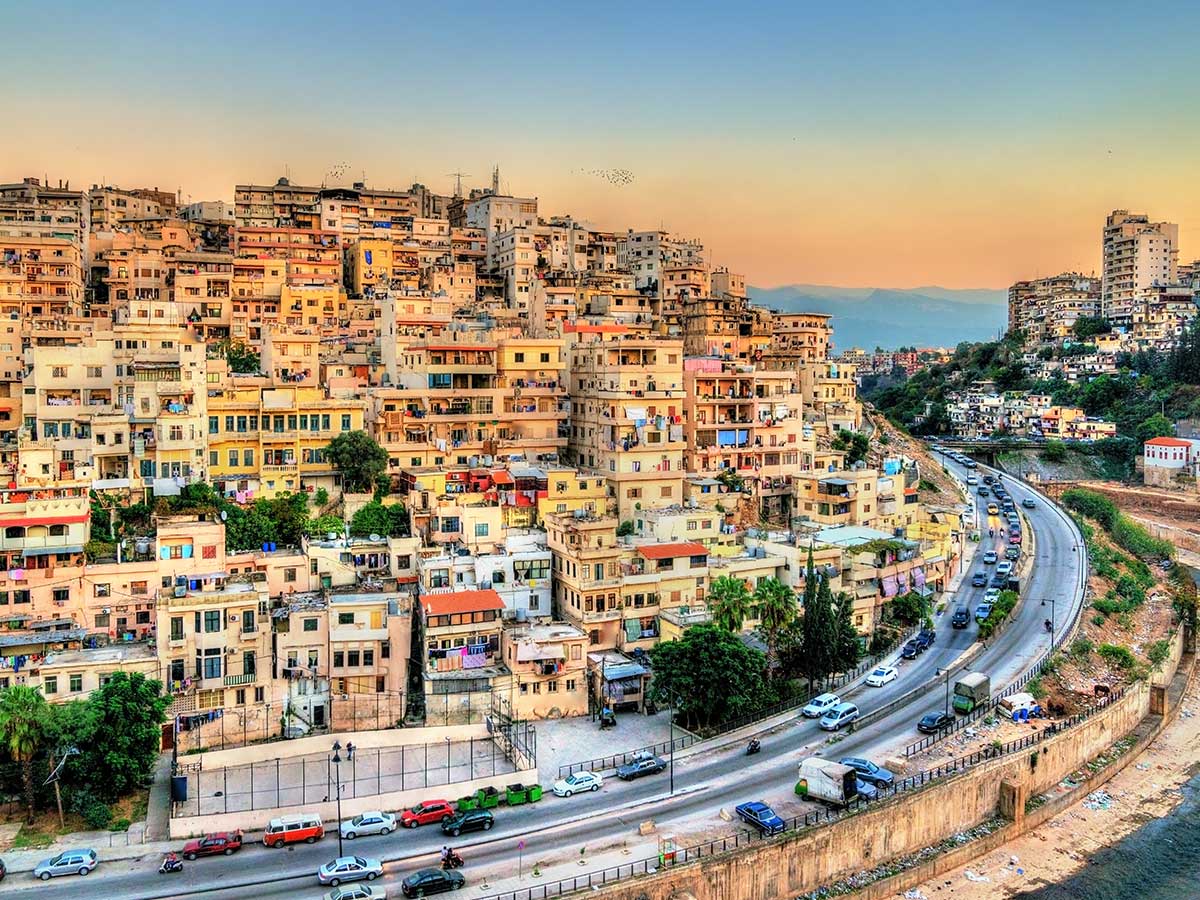
Lebanon is probably the worst location in the world when it comes to violent conflict—Syria sits to its east, while Israel is just south of the country. Constant political tensions with neighboring countries mean that travel here should be avoided if at all possible. It's just not a safe place for tourists. Possibly the most deserving level 4 out there due to rocket, missile, and artillery exchanges between Israel and Hizballah or other armed militant factions.
It’s bad enough that people who actually live in the area are fleeing due to the constant bombardment of air raids. On October 17, 2023, the Department authorized the voluntary, temporary departure of family members of U.S. government personnel and some non-emergency personnel from U.S. Embassy Beirut due to the unpredictable security situation in Lebanon. The uncertainty surrounding the future of this area means that the infrastructure for tourism just isn’t there. It’s a shame that such a beautiful and culturally significant part of the world is off-limits.

Because of large-scale issues in the country, the State Department strongly encourages Americans to avoid traveling to Pakistan. Additionally, the US consulate in Pakistan cannot provide any services to American citizens at this time. This means traveling to this country is a one-man show where you're on your own.
If you get in trouble there, the U.S. does not have an entity to help you return to the States. With kidnapping of American citizens being such a possibility when traveling to foreign countries, having an agency in the region to investigate means there is at least a chance someone finds you, but here you’re left to your own survival skills.
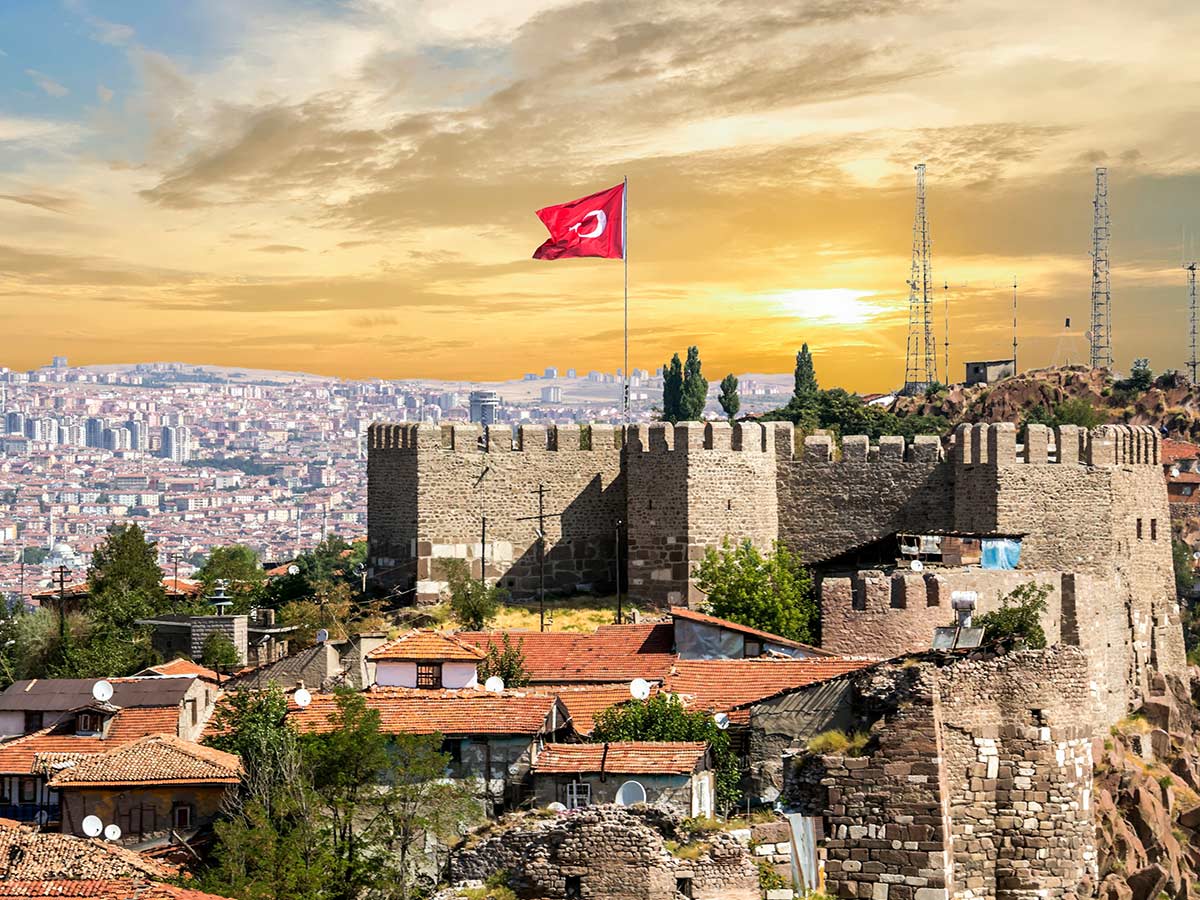
The State Department is currently warning of the possibility of some pretty serious stuff in Turkey. So, if you manage to avoid being a victim, there's always the chance that you'll be unjustly accused of helping orchestrate whatever happened. Additionally, criticism of the Turkish government on social media can get you arrested there.
Visiting this country requires a tourist to be well-versed in tricky laws and customs, which we all know people don’t always pay enough attention to. Turkey is situated right between Southeast Europe and Western Asia, meaning it sits in one of the most politically charged places in the world.
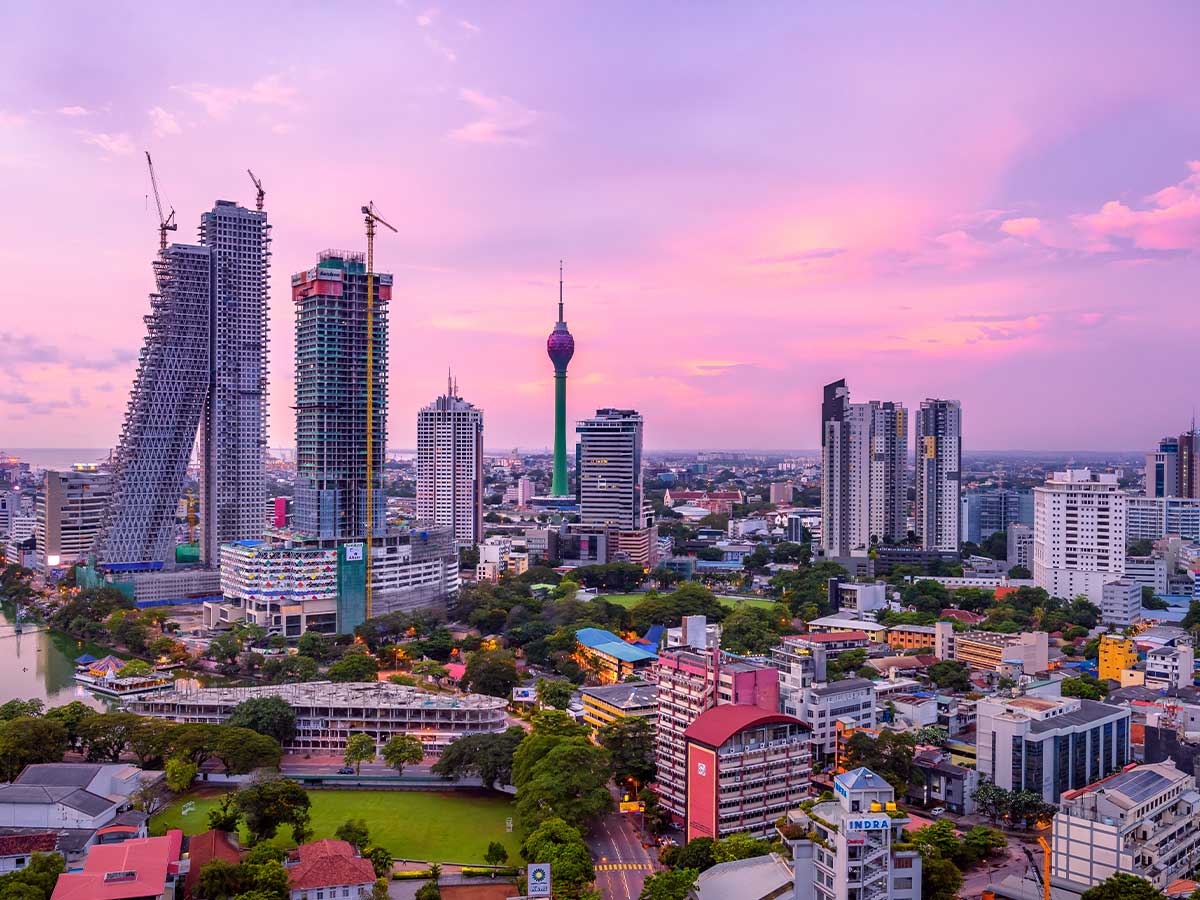
Sri Lanka may have breathtaking views, but it's also a region plagued by all kinds of things. It's so bad there that the government ordered the departure of all school-aged US citizens and their families from the country in 2019. You know it’s terrible when a country admits that tourists need to leave.
It’s a shame that the country is so dangerous because it is one of the most culturally stunning places in the world. Sri Lanka has a rich Buddhist history and is located along the Silk Road. Societies of people throughout time have used Sri Lanka as a major trading hub, giving the region its own unique point of view.
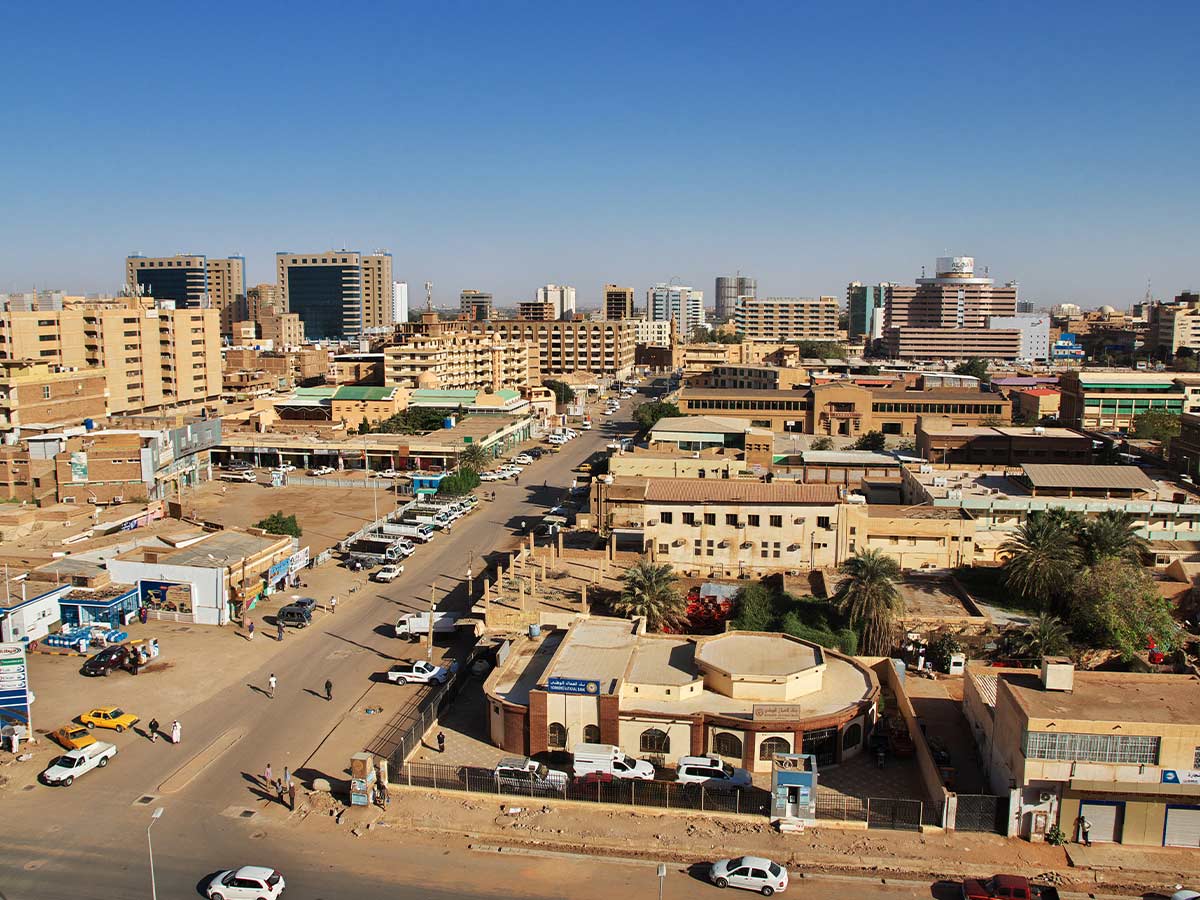
On April 22, 2023, the U.S. Embassy in Khartoum suspended its operations, and the Department of State ordered the departure of U.S. direct-hire employees and eligible family members from Embassy Khartoum due to the continued threat of armed conflict. Sudan is currently a level 4 due to armed conflict, civil unrest, crime, terrorism, and kidnapping.
The Republic of the Sudan is located on the Red Sea coast in Northeast Africa. Sudan is directly to the south of Egypt and East of Chad, positioning this country directly in the midst of the turmoil of the Middle East. The ancient history in the area makes this country a tempting location for travel. However, the dangers make it off-limits.
Central African Republic
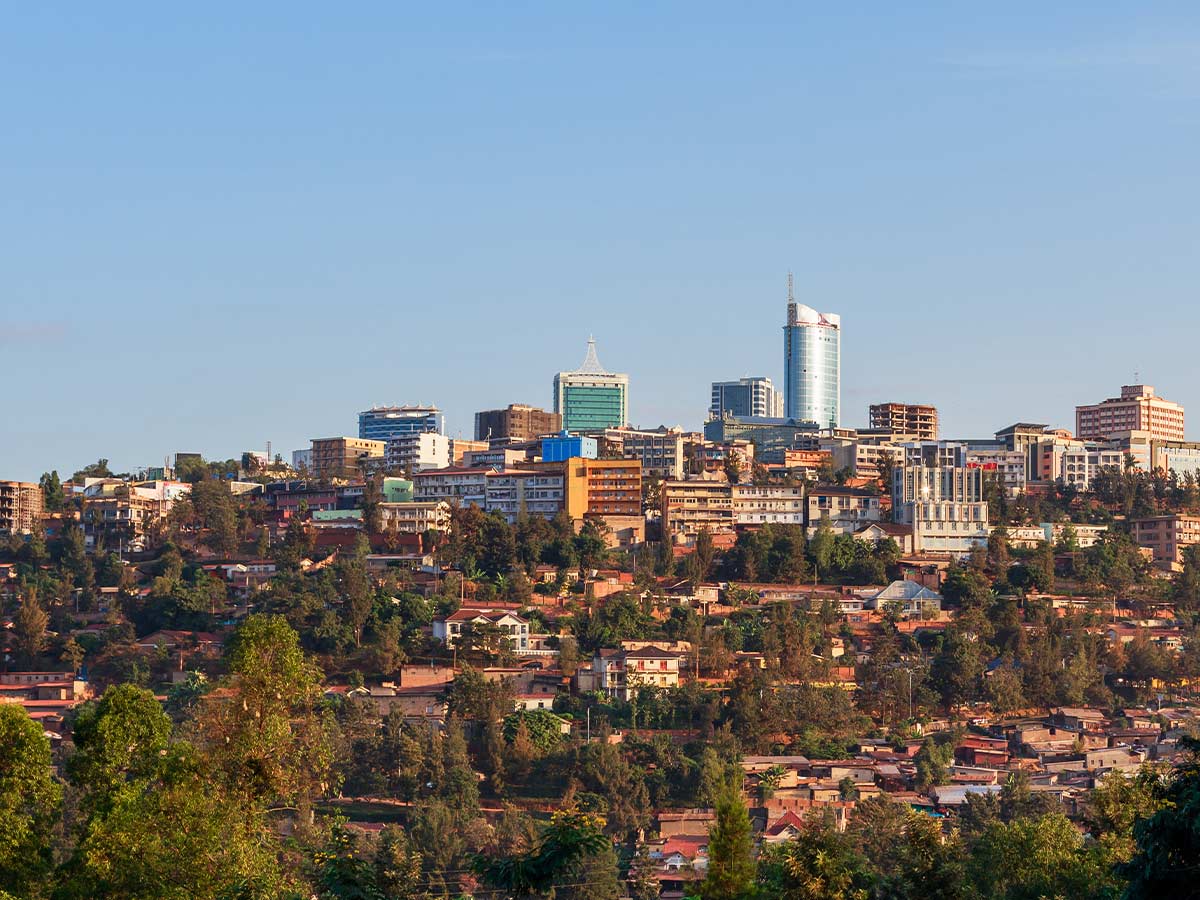
The United States and most other Western countries highly discourage travel to the Central African Republic. An internal religious civil war and ongoing issues from neighboring countries make this a hazardous place to visit for multiple reasons! The worst part is that foreigners are especially targeted for these attacks.
Currently, the Central African Republic is subject to a nationwide state of emergency, meaning airspace above the country is completely prohibited. Law enforcement in the country cannot guarantee your safety, and they advise everyone to leave the country if they can. Government agencies warn that bandit groups will target groups of foreigners to steal their equipment and resources.

U.S. citizens have previously been advised to reconsider travel to Niger due to crime, terrorism, and kidnapping. On July 26, 2023 the country's president was placed under house arrest amidst efforts to overthrow the government. Subsequent events have severely limited flight options. Given this development, on August 2, 2023, the Department ordered the departure of non-emergency U.S. government employees and eligible family members from the embassy.
Besides all that, groups commonly target foreigners for kidnappings at hotels, restaurants, and cafes. Government agencies advise that groups of crime rings frequently clash in the streets at night and that scams are extremely common. All in all, this is probably one of the worst places to visit as an American.

Read these next
40 ways to spot an american abroad, 10 countries you can't visit anymore.
Enjoy every step of the journey with us at Alot Travel. Whether you’re ready to hit the road or simply exploring the possibilities this world has to offer, we’ve got you covered. Find a breathtaking destination, learn how to travel on a budget, explore a local culture—we’re ready to help you do it all and much more at Alot Travel!
- Skip to primary navigation
- Skip to main content
- Skip to primary sidebar
- Skip to footer
TravelAwaits
Our mission is to serve the 50+ traveler who's ready to cross a few items off their bucket list.
Places to Avoid in Mexico According to The U.S. State Department | Here’s Where You Should And Shouldn’t Travel

- News and Tips
- Travel News
Some places in Mexico, including Cancun and Puerto Vallarta, are extremely popular destinations for Americans traveling during spring break and Easter.
The U.S. State Department, however, has issued a number of advisories for U.S. citizens traveling to various Mexican states in recent weeks. Now, as violent crime and kidnapping rates increase across Mexico, Americans considering travel to all but two of the states in Mexico should be aware of renewed and increasing warnings, the State Department cautions.
“Violent crime — such as homicide, kidnapping, carjacking, and robbery — is widespread and common in Mexico,” the State Department explains . “The U.S. government has limited ability to provide emergency services to U.S. citizens in many areas of Mexico, as travel by U.S. government employees to certain areas is prohibited or restricted. In many states, local emergency services are limited outside the state capital or major cities.”
Is Mexico Dangerous For Tourists?
While there are so many wonderful things about Mexico, drug cartels and violent crime have crept back into the news in recent years. This is why a lot of people are concerned for their safety in Mexico when planning a trip.
In general, Mexican drug cartels do not want to harm American tourists, but it is also true that the armed groups operate independently. If you visit popular tourist destinations, it is very common to be offered illegal drugs by a passerby. You should always say no, as these individuals are almost always connected to a major drug cartel.
Foreigners have a negative idea about how dangerous Mexico is because the U.S. State Department has high standards when it comes to risk aversion, and their travel warnings regarding Mexico may sometimes seem like fear-mongering. However, this doesn’t apply to places in Mexico that are truly dangerous and should be avoided.
American citizens, as well as Europeans, Canadians, and other tourists outside of Latin America, are generally very safe in Mexico so long as they don’t seek out illegal activities. Sought-after tourist destinations are generally not among the riskiest areas in Mexico.
Places to Avoid in Mexico According to The U.S. State Department
Here are the State Department’s recommendations for U.S. citizens considering travel to Mexico.
Do Not Travel To
The State Department recommends U.S. citizens not to travel to five states in Mexico due to increasing levels of crime and kidnapping.
Those states are Colima (where Manzanillo is located), Michoacan, Sinaloa (where Mazatlán is located), Tamaulipas, and Zacatecas (home to Zacatecas City).
Guerrero — where Acapulco, Zihuatanejo, and Ixtapa are located — is also on the State Department’s “Do not travel” list because crime is widespread in those areas.
Reconsider Travel To
The State Department recommends U.S. citizens reconsider travel to five states in Mexico due to crime and kidnapping.
Those states are Baja California (where Tijuana is located), Chihuahua, Guanajuato (where Guanajuato City is located), Jalisco state (home to Guadalajara and Puerto Vallarta), and Sonora.
The states of Durango and Morelos are also on the State Department’s “Reconsider travel” list due to high crime rates.
Exercise Increased Caution When Traveling To
The State Department recommends U.S. citizens exercise increased caution when traveling to 17 areas of Mexico, primarily due to crime rates but also the threat of kidnapping in some places.
Those states are Aguascalientes, Baja California Sur (where Cabo San Lucas , San Jose del Cabo, and La Paz are located), Chiapas, Coahuila, Hidalgo, Mexico State, Nayarit, Nuevo Leon, Oaxaca (home of Oaxaca City and Huatulco), Puebla, Queretaro, Quintana Roo (where Cancun , Cozumel, Tulum, and Riviera Maya are located), San Luis Potosi, Tabasco, Tlaxcala, and Veracruz.
Mexico City is also on the list due to high crime rates.
Exercise Normal Precautions When Traveling To
The State Department recommends U.S. citizens exercise normal precautions when traveling to Campeche and Yucatan, where Chichen Itza and Merida are located.
Know Before You Go
If you decide to travel to Mexico, the State Department offers some guidance.
“Exercise increased caution when visiting local bars, nightclubs, and casinos,” the State Department recommends. “Do not display signs of wealth, such as wearing expensive watches or jewelry. Be extra vigilant when visiting banks or ATMs.”
The State Department also recommends that travelers in Mexico keep both traveling companions and friends or family at home up to date about their travel plans.
Finally, if you are alone and take a taxi or Uber, be sure to take a photo of the taxi number and/or its license plate and text it to a friend or family member, the State Department recommends, especially if you’re a woman. Mexico is considered one of the five most dangerous countries for women .
You can find a detailed explanation of the threats in each state in Mexico and learn more about being safe while traveling within Mexico in the State Department’s Mexico Travel Advisory .
What Are Mexico’s Most Dangerous Cities?
The most dangerous places in Mexico are Tijuana and Acapulco, followed by Ciudad Victoria and
Ciudad Juarez in the third place. Mexico’s northern border and Central Mexico are among the least safe places in Mexico. Tijuana is even considered the most dangerous city worldwide.
Are Popular Tourist Destinations in Mexico Dangerous?
Major tourist areas popular with American tourists like San Miguel de Allende or the coastal city of Mazatlan are typically not among the most dangerous places in Mexico. However, criminal activity can occur in otherwise safe tourist zones in the southern region as well, so you better exercise caution.
Are Beaches in Mexico Safe?
The most popular beaches in Mexico such as Playa del Carmen are considered low-risk. Reports of gang activity and cartel-related violence in the media are scaring the public away, but Washington and Mexican authorities are ensuring that policing standards stay high in popular destinations.
Is the Mexican Government Doing Enough to Counter the Organized Crime?
Mexican authorities claim to be doing all that they can to combat organized crime, and many local authorities are. However, with crime rates high and prosecutions low, people’s confidence in the state and its institutions is waning further.
Is Mexico City Dangerous for Tourists?
While Mexico City has areas with safety concerns, many tourist areas are generally safe. Exercise caution, stay in well-traveled areas, and follow local advice. Take usual precautions, and enjoy the rich cultural offerings and Mexico City historical sites.
How Can I Stay Safe in Mexico?
Mexican drug cartels do not want to harm tourists but you should exercise extreme caution anyway. Reconsider your need to travel to violent cities and remote areas as criminal groups frequently maintain roadblocks. Also, use ATMs in public spaces and during the daytime.

Jim Fulcher has been a writer and editor his entire career. In addition to writing, he also enjoys traveling--particularly in an RV. Over the course of numerous trips, Jim has driven an RV through West Virginia, Virginia, Tennessee, Kentucky, Indiana, Illinois, Wisconsin, Iowa, Nebraska, South Dakota, and Wyoming. His favorite national park is Yellowstone, which he has visited three times.
Awesome, you're subscribed!
Thanks for subscribing! Look out for your first newsletter in your inbox soon!
The best things in life are free.
Sign up for our email to enjoy your city without spending a thing (as well as some options when you’re feeling flush).
Déjà vu! We already have this email. Try another?
By entering your email address you agree to our Terms of Use and Privacy Policy and consent to receive emails from Time Out about news, events, offers and partner promotions.
- Things to Do
- Food & Drink
- Arts & Culture
- Time Out Market
- Coca-Cola Foodmarks
- Los Angeles
Get us in your inbox
🙌 Awesome, you're subscribed!

These are the places not to visit in 2023, apparently
According to travel site Fodor’s, these destinations are suffering the most from overtourism and environmental damage

There are plenty of very good reasons not to visit certain places. And no, we’re not just talking about safety and conflict (though that’s also important). Tourism can be seriously damaging, whether due to its physical impact on the environment or its destruction of local cultures and communities.
It’s with all that in mind that travel site Fodor’s has unveiled its latest list, which suggests places that we shouldn’t be visiting in 2023. Called the ‘ No List ’, Fodor’s says we should reconsider visiting certain destinations next year.
So where should we perhaps not be visiting? Well, here’s the list – with the reasons why each destination might need a break from tourism.
First up are France ’s cliffs and calanques, which are suffering from erosion and landslides. Étretat in Normandy and Calanques National Park near Marseilles are both highlighted as not dealing particularly well with huge numbers of tourists.
Then there’s Lake Tahoe in California , which is subject to sediment pollution and heavy car traffic, and Antarctica , which is seeing rapid warming and pollution. Despite having comparatively small visitor numbers, Antarctica is home to several very fragile ecosystems.
Venice makes Fodor’s list thanks to its recent efforts to curb mass tourism, while visitors to Italy ’s Amalfi Coast are warned about tourists overcrowding coastal roads. Traffic is seen as a key reason not to visit England ’s Cornwall , too, which also has a housing crisis fuelled by short-term holiday rentals.
Also included in Fodor’s ‘no list’ is Amsterdam , which is looking to put locals first and clamp down on cannabis tourists, and Thailand , which has said it would like ‘high-end’ visitors rather than mass tourism as it recovers from the pandemic.
The list then highlights places that are suffering from water crises, such as Maui in Hawaii , the Southern European Watershed (ie. the Rhine and Danube rivers, Malaga and Greece ) and parts of the American West such as the reservoirs of Lake Powell and Lake Mead .
Another option, of course, is to simply be a more conscientious tourist. Whether it’s using more sustainable modes of transport or keeping an eye on your impact on the local environment, there are plenty of ways to both see spectacular sights and not totally destroy them. But still, it’s all food for thought, eh?
Stay in the loop: sign up to our free Time Out Travel newsletter for the latest travel news and the best stuff happening across the world.
- Ed Cunningham News Editor, Time Out UK and Time Out London
Share the story
An email you’ll actually love
Discover Time Out original video
- Press office
- Investor relations
- Work for Time Out
- Editorial guidelines
- Privacy notice
- Do not sell my information
- Cookie policy
- Accessibility statement
- Terms of use
- Modern slavery statement
- Manage cookies
- Advertising
Time Out Worldwide
- All Time Out Locations
- North America
- South America
- South Pacific
The 29 riskiest countries for Americans to travel to
- The US State Department's public travel advisories outline the potential dangers Americans face traveling abroad.
- The agency uses four levels of travel guidance to inform potential visitors whether the country poses danger, or in some cases, is completely off-limits.
- These 29 countries are designated "reconsider travel" or "do not travel."
- Visit Business Insider's homepage for more stories .

The US State Department's public travel advisories let Americans know what countries are safe to travel to and which ones they should be wary of visiting.
The agency uses four levels of travel guidance to let Americans know what to expect in each country:
Level 1 - Exercise normal precautions
Level 2 - Exercise increased caution
Level 3 - Reconsider travel
Level 4 - Do not travel
Twenty-nine countries around the world are designated "reconsider travel" or "do not travel," mostly because of ongoing armed conflicts. These are the nations we've outlined here.
Here are most dangerous countries in the world, ranked from least to most risky based on the State Department's designation levels.
Burundi - Level 3: Reconsider Travel
The State Department warns of armed conflict and violent crime, including grenade attacks and armed robbery, which are common in Burundi amid fiery political tensions.
US authorities have limited abilities to deliver emergency assistance to travelers, even in the case of police raids and violent clashes at the border.
Honduras - Level 3: Reconsider Travel
The State Department warns of violent crime, such as homicide and armed robbery, that runs rampant amid high-level criminal activity, including gang activity, rape, narcotics, and human trafficking.
The Gracias a Dios region is marked as especially dangerous for visitors, as it's "an isolated area with high levels of criminal activity and drug trafficking," where US government agents aren't able to deliver reliable emergency services.
Guatemala, Honduras, and El Salvador are the three Northern Triangle countries where the majority of migrants are fleeing to come to the US via Mexico.
Mauritania - Level 3: Reconsider Travel
The State Department warns of terrorism and violent crime, including mugging, armed robbery, and assault.
El Salvador - Level 3: Reconsider Travel
The State Department warns of violent crime, such as murder, assault, rape, and armed robbery in addition to widespread gang activity that includes extortion, violent street crime, narcotics, and arms trafficking.
Chad - Level 3: Reconsider Travel
The State Department warns of terrorism, unmapped minefields along the borders with Libya and Sudan , and violent crime, including armed robbery, carjacking, and muggings.
Nicaragua - Level 3: Reconsider Travel
The US State Department warns of civil unrest, crime, limited healthcare availability, and arbitrary enforcement of laws, and it says violent crime, including sexual assault and armed robbery, is common.
People pretending to be police known as parapolice are also dangerous, the agency warns, and road blocks may prevent food or fuel from reaching some areas.
Democratic Republic of the Congo - Level 3: Reconsider Travel
The State Department warns of civil protests descending into violence and violent crime including armed robbery, armed home invasion, and assault sometimes committed by people posing as police or security agents.
The warning specifies threats of crime, Ebola, and kidnapping in the North Kivu and Ituri provinces in the northeast and armed conflict in the east of the country.
Lebanon - Level 3: Reconsider Travel
The State Department warns of crime, terrorism, kidnapping, and armed conflict.
The agency does not recommend traveling to the borders with Syria or Israel due to terrorism and armed conflict, or to refugee settlements due to the potential for armed conflict.
Niger - Level 3: Reconsider Travel
The State Department warns of terrorism, kidnapping, and violent crime including armed robbery.
The advisory warns of heightened terrorist activity in the areas bordering Mali, Libya, Burkina Faso, and throughout northern Niger. The US government has limited abilities to provide emergency services to travelers as they are restricted to the country's capital and required to maintain thorough security escorts.
Nigeria - Level 3: Reconsider Travel
The State Department warns of crime, terrorism, civil unrest, kidnapping and piracy breaking out in rural and urban areas.
US government authorities have limited access to provide emergency services to US citizens who may experience violence, according to the advisory.
Pakistan - Level 3: Reconsider Travel
The State Department warns of terrorism as attacks on major hubs across the country continue.
"Terrorist attacks continue to happen across Pakistan, with most occurring in Balochistan and KPK, including the former FATA," the advisory says. "Large-scale terrorist attacks have resulted in hundreds of casualties."
The US government has a limited ability to provide emergency service to traveling citizens and the US Consulate General in Peshawar is unable to provide any consular services, according to the advisory.
Turkey - Level 3: Reconsider Travel
The State Department warns of terrorism and arbitrary detentions, which the US government has very limited ability to confront if an American citizen is affected.
The agency also warns travelers to avoid areas near the Syria and Iraq border "due to terrorism and kidnapping."
Guinea-Bissau - Level 3: Reconsider Travel
The State Department warns of civil unrest and violent crime, usually perpetrated by aggressive vendors, panhandlers, and criminals who target foreigners at popular spots in the country, including the airport and Bandim Market.
Furthermore, there is no US embassy in Guinea-Bissau.
Sri Lanka - Level 3: Reconsider Travel
The State Department warns of terrorism that targets busy areas across Sri Lanka.
In April 2019, the agency ordered all school-age family members of US government employees to leave the country, and allowed "the voluntary departure of non-emergency US government employees and family members."
Burkina Faso - Level 3: Reconsider Travel
The State Department warns of crime, kidnapping, and terrorism.
The advisory describes a military effort to cut down on widespread terrorism that resulted in declaring a state of emergency in several regions. The agency also warns travelers to avoid certain areas of Ouagadougou, the country's capital city.
Haiti - Level 4: Do not travel
The US State Department warns of crime, civil unrest, and kidnapping. In February 2019, the agency ordered all nonemergency US personnel and their families to return to the US.
Royal Caribbean operates a private cruise port called Labadee on the island, and the area is fenced in and under tight security.
North Korea - Level 4: Do Not Travel
The State Department warns of serious risk of arrest and long-term detention of US nationals and says a US passport is not valid to travel to the country without special permission from the agency.
The advisory also describes how the complicated political relationship between the US and North Korea complicates travelers' safety:
"The US government is unable to provide emergency services to US citizens in North Korea as it does not have diplomatic or consular relations with North Korea. Sweden serves as the protecting power for the United States in North Korea, providing limited emergency services. The North Korean government routinely delays or denies Swedish officials access to detained US citizens."
Afghanistan - Level 4: Do Not Travel
The State Department warns of crime, terrorism, civil unrest, kidnapping, and armed conflict.
The advisory cites the "critical levels of kidnappings, hostage taking, suicide bombings, widespread military combat operations, landmines, and terrorist and insurgent attacks, including attacks using vehicle-borne, magnetic, or other improvised explosive devices (IEDs), suicide vests, and grenades," as threats to visitors across the country.
US government employees are under strict travel guidelines and require additional security measures for their time in the country.
Central African Republic - Level 4: Do Not Travel
The State Department warns of common violent crimes including armed robbery, aggravated battery, and homicide.
The warning also references armed groups that control large areas and often kidnap civilians, and the US government has limited ability to assist US citizens in the country.
Iran - Level 4: Do Not Travel
The State Department warns of kidnapping, arrest, detention of US citizens in Iran that the US government cannot confront with emergency services.
The advisory says:
"Iranian authorities continue to unjustly detain and imprison US citizens, particularly Iranian-Americans, including students, journalists, business travelers, and academics, on charges including espionage and posing a threat to national security. Consular access to detained US citizens is often denied."
Libya - Level 4: Do Not Travel
The State Department warns of terrorism, civil unrest, kidnapping, armed conflict, and crime.
Terrorist and militia groups are of particular concern for the threats they pose to travelers, including detaining them at random and without access to legal or embassy resources
"Outbreaks of violence between competing armed groups can occur with little warning and have the potential to impact US citizens. The capital, Tripoli, and other cities, such as Surman, Al-Jufra, Misrata, Ajdabiya, Benghazi, Sabha, and Dernah, have witnessed fighting among armed groups, as well as terrorist attacks. Hotels and airports frequented by Westerners have been caught in the crossfire. Even demonstrations intended to be peaceful can turn confrontational and escalate into violence."
Mali - Level 4: Do Not Travel
The State Department warns of terrorism, kidnapping, and violent crime that is especially prevalent in certain areas and targets popular nightclubs, hotels, and places of worship.
The US government has restricted abilities to deliver emergency services to affected visitors.
Somalia - Level 4: Do Not Travel
The State Department warns of crime, kidnapping, piracy, and terrorism that could affect areas frequented by visitors.
Violent crime including murder is common throughout the country, as are illegal roadblocks.
South Sudan - Level 4: Do Not Travel
The State Department warns of armed conflict, kidnapping, and violent crime including carjackings, shootings, ambushes, assaults, robberies, and kidnappings.
Conflicts among various political and ethnic groups have created widespread armed conflict an created a restrictive atmosphere for the abilities of foreign agents like journalists and US government officials, according to the report.
Syria - Level 4: Do Not Travel
The State Department warns of terrorism, civil unrest, kidnapping, and armed conflict.
The advisory says that "no part of Syria is safe from violence," including "kidnappings, the use of chemical warfare, shelling, and aerial bombardment."
The US Embassy in Damascus suspended its operations in February 2012, and the agency warns that US citizens and Westerners are a target for kidnapping.
Venezuela - Level 4: Do not travel
The State Department warns of crime, civil unrest, poor health infrastructure, kidnapping, and the arbitrary arrest and detention of US citizens. The agency ordered government employees and their families to leave the country in January 2019.
Read more: Water from sewer pipes, cooking with tiny candles, and a Happy Meal that costs a month's pay: Photos by ordinary Venezuelans show life under an economic meltdown
Yemen - Level 4: Do Not Travel
The State Department warns of terrorism, civil unrest, health risks, kidnapping, and armed conflict across Yemen.
Terrorism and military activity have devastated the country's infrastructure, which is already struggling to deliver food, electricity, water, and adequate medical treatment to citizens amid the world's largest cholera outbreak.
The advisory notes that the US Embassy in Sana'a suspended its operations in February 2015.
Sudan - Level 4: Do Not Travel
The State Department warns of terrorism, civil unrest, kidnapping, armed conflict, and violent crime including kidnapping, armed robbery, home invasion, and carjacking . In April 2019, the department ordered the departure of non-emergency US government employees.
Iraq - Level 4: Do Not Travel
The State Department warns of terrorism, kidnapping, and armed conflict that can be targeted particularly at Westerners and US citizens.
In May 2019, the agency ordered the departure of non-emergency US government employees.
The advisory includes a warning against US citizens traveling to Iraq to engage in armed conflict, saying they would face kidnapping, injury, or death and consequences including arrest, fines, and expulsion.
- Main content
- lol Badge Feed
- win Badge Feed
- trending Badge Feed
Browse links
- © 2024 BuzzFeed, Inc
- Consent Preferences
- Accessibility Statement
- Trending badge Trending
“A True Disappointment:” People Are Sharing Underwhelming Travel Destinations To Skip, And The Gems You Should Consider Instead
"This one may be controversial, but I wouldn't recommend it to anyone."

BuzzFeed Staff
It's a great big world out there — and there are so many places to see. But it can be difficult to decipher between disappointing tourist traps and destinations that are actually so worth the hype. To help with this, I scoured advice from travelers on Reddit and within the BuzzFeed Community . Here are 33 overrated places that — according to them — are not worth your precious time. (Plus 26 others that actually are!)
1. underrated: albania.
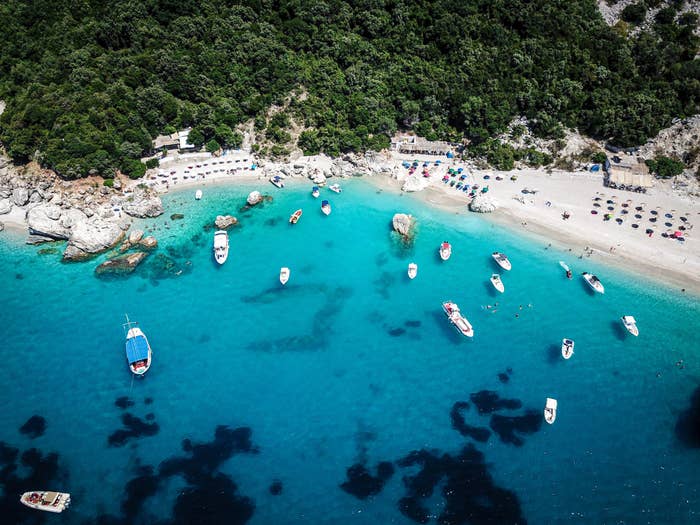
"The northern part is filled with beautiful landscapes and mountain ranges, and the south has beaches with crystal blue water. You can find incredibly nice resorts and hotels to stay at for very affordable prices. The people are extremely welcoming, and the hospitality is great."
— u/Handsomeclooney
2. Overrated: Downtown Dubai
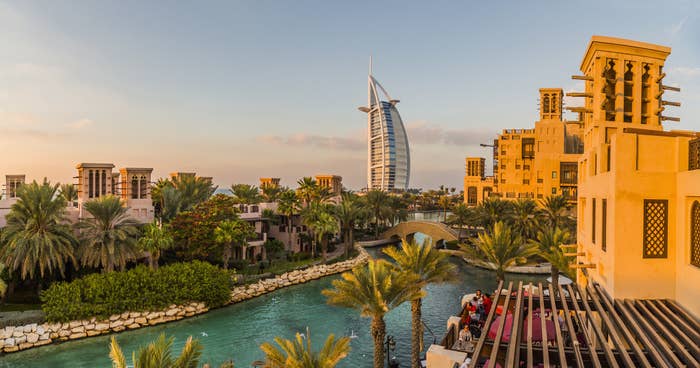
"It's talked up as one of the best tourist destinations in the world, but when I was there it felt like an amusement park under construction. I felt like I was constantly being shuttled from one tourist trap to another." — u/NamerNotLiteral
3. Underrated: Lima, Peru

"I hear so many people say to skip it or only spend a day there, but I would say it's worth a trip. The historic downtown is gorgeous, and it’s on the coast with plenty of beaches. Plus the food and people are awesome. I spent four days there and still wish I had more time to explore."
— u/Ninjadwarf00
4. Overrated: Bourbon Street, New Orleans
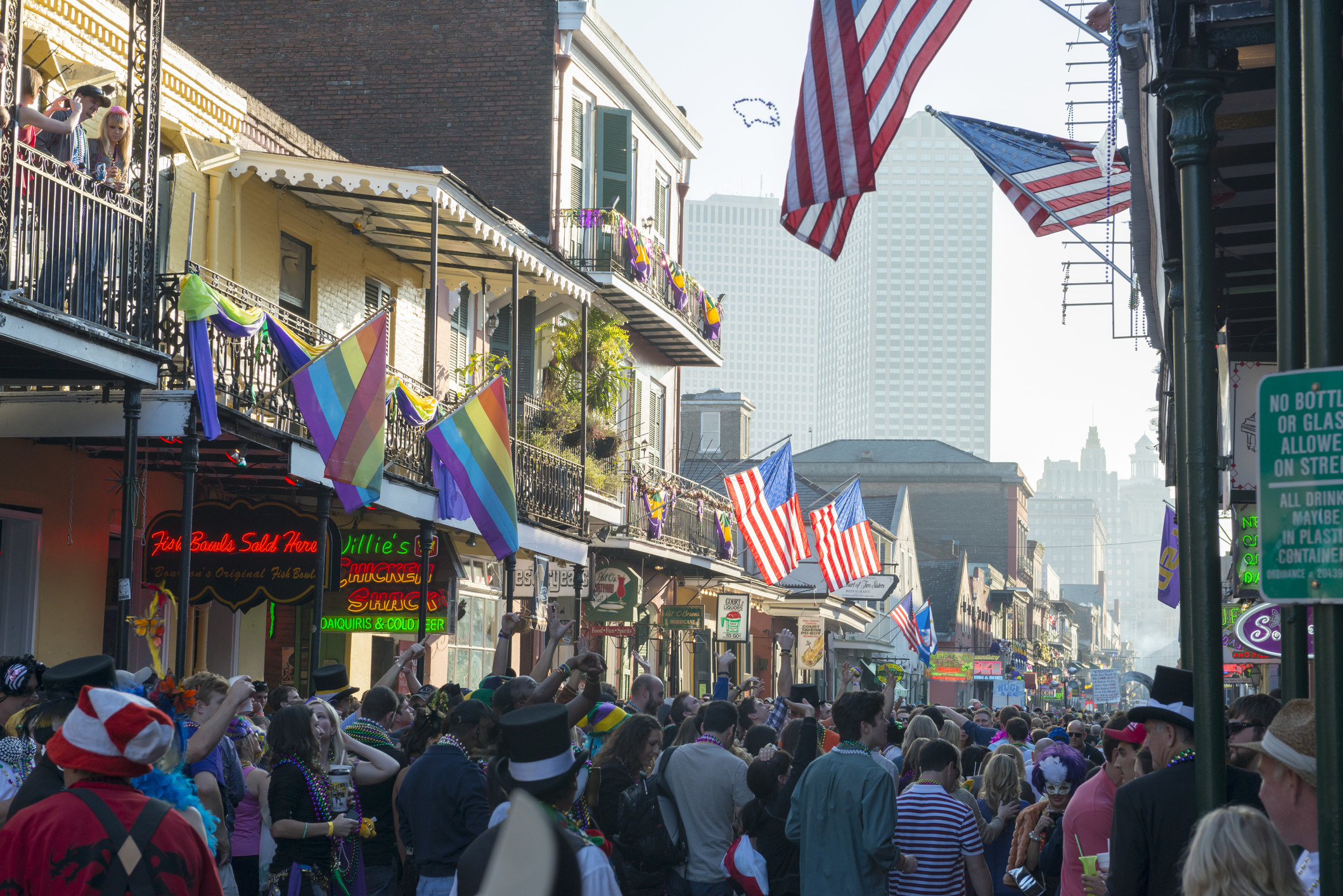
"It's filthy, smells like pee, there's gross beer everywhere, and broken glass all over the ground." — u/HeadlessFlyKing
5. Underrated: New Mexico
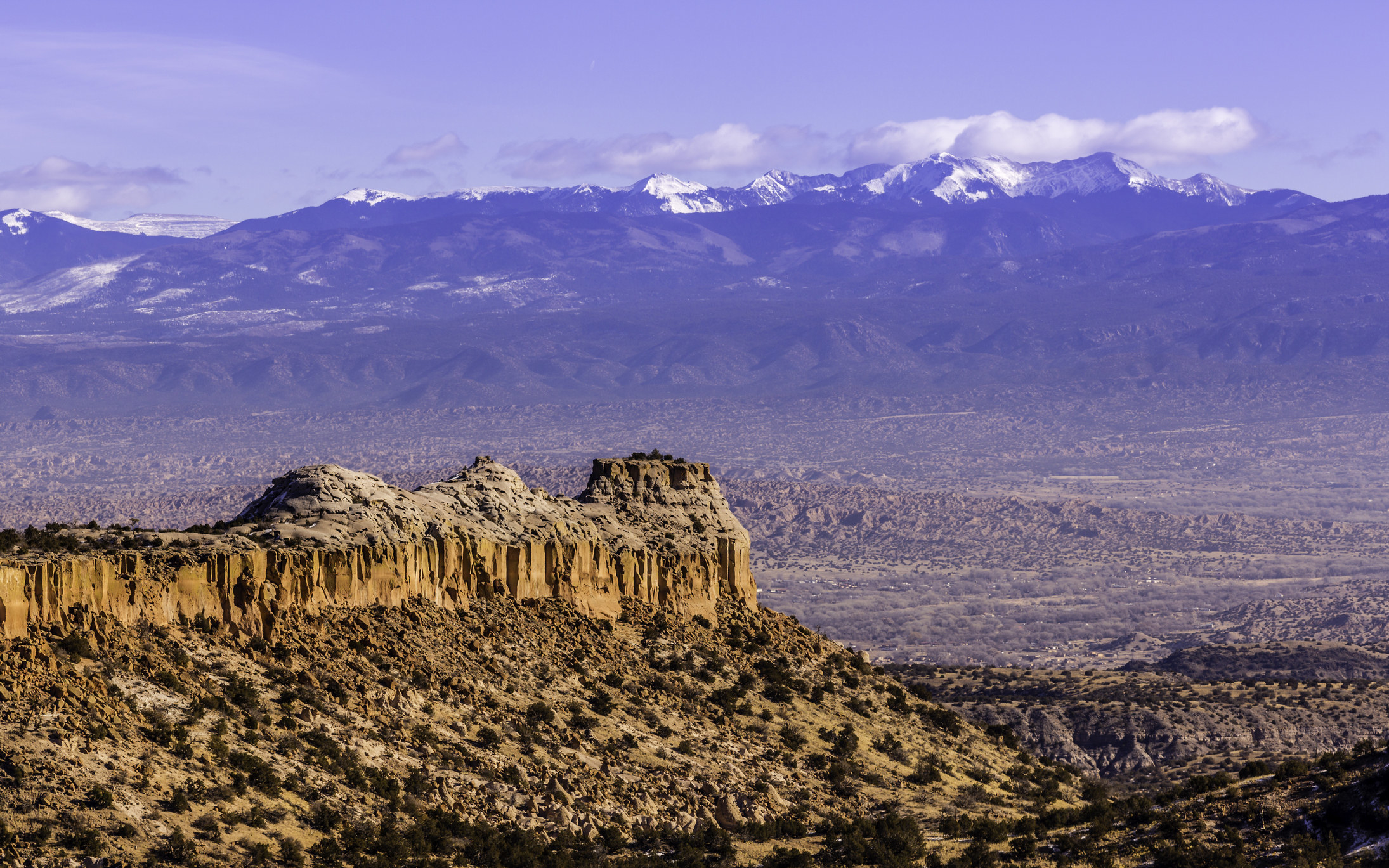
"The whole state is underrated, but specifically Albuquerque, Taos, and the New Mexican desert. The scenery is utterly breathtaking, the culture and history are unique, and the food is delicious. You'll know why people call it 'The Land of Enchantment' as soon as you see the Sandia Mountains glowing pink at sunset."
— u/ tinyowlinahat
6. Overrated: Hollywood Boulevard, Los Angeles

"It’s crowded and smells like pee." — u/ladies-pmme-nudespls
7. Underrated: Pienza, Italy

"Whereas some of the bigger Tuscan towns like Siena and Montepulciano felt a bit touristy, Pienza was truly a hidden gem. It's right in the picturesque Val d'Orcia overlooking vineyards and rolling hills, home to cute, family-run restaurants, tiny shops selling local wine and Pecorino cheese, and stunning Medieval buildings. Everywhere you look seems like it came straight out of a postcard. It was one of the most beautiful towns I've ever seen."
— H annah Loewentheil
8. Underrated: Tunisia
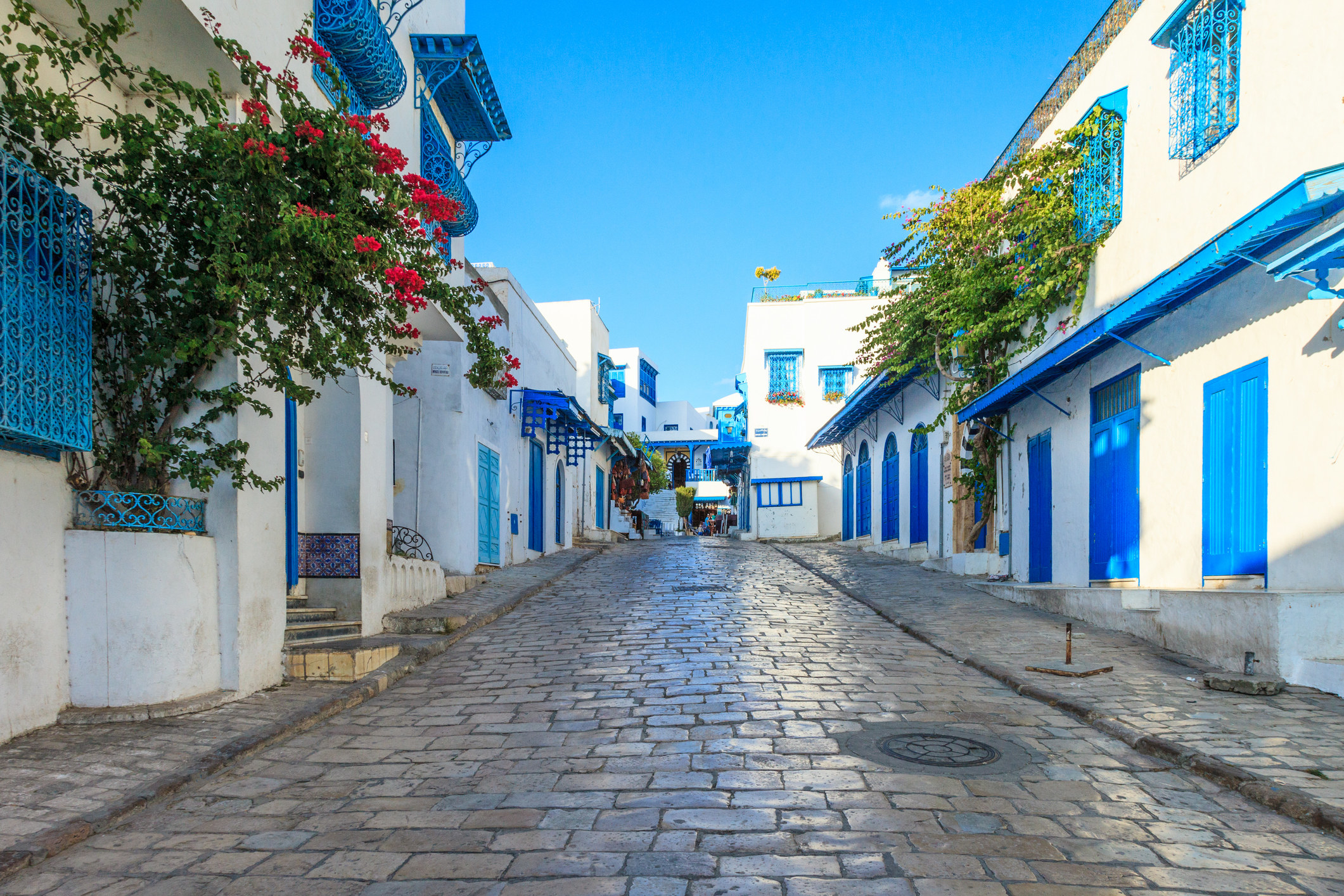
"Tunisia is one of the best countries I've ever traveled to. It's mind-boggling to me that most people who venture there see it as simply a beach destination. In fact, most things I loved about the country could be found deeper inland."
— u/JayPetey
9. Overrated: Pisa, Italy

"Pisa in general I found to be very touristy. If you want to visit a great destination in central Italy, head to the walled city of San Gimignano instead. It's a quick train trip from either Florence or Pisa, and it's 100% worth it."
—u/ nookienostradamus
"Does anyone really need to take the famous holding up the tower picture? Or rather, a picture of all the other tourists taking the holding up the tower picture?"
— u/Fluxxed0
10. Underrated: Dakar, Senegal
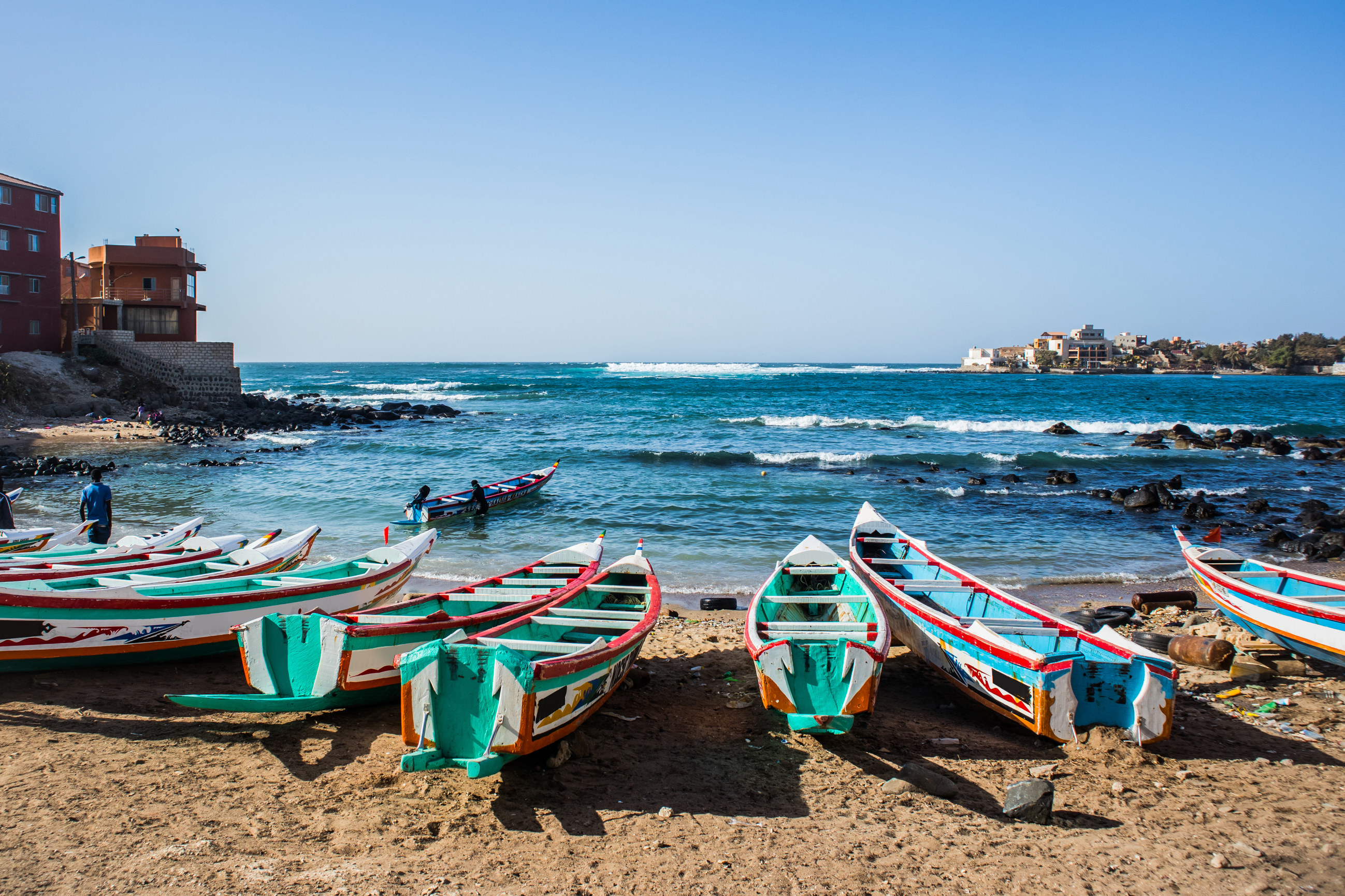
"Senegal in general, but specifically the capital Dakar and its surroundings should be up there with Cape Town, Nairobi, Johannesburg, and Cairo as one of the must-visit destinations in Africa. It's a lovely city with a lot of French influence, and it's a great spot to start a trip in West Africa."
— u/Thrill_Monster
11. Overrated: The Blue Lagoon, Reykjavik
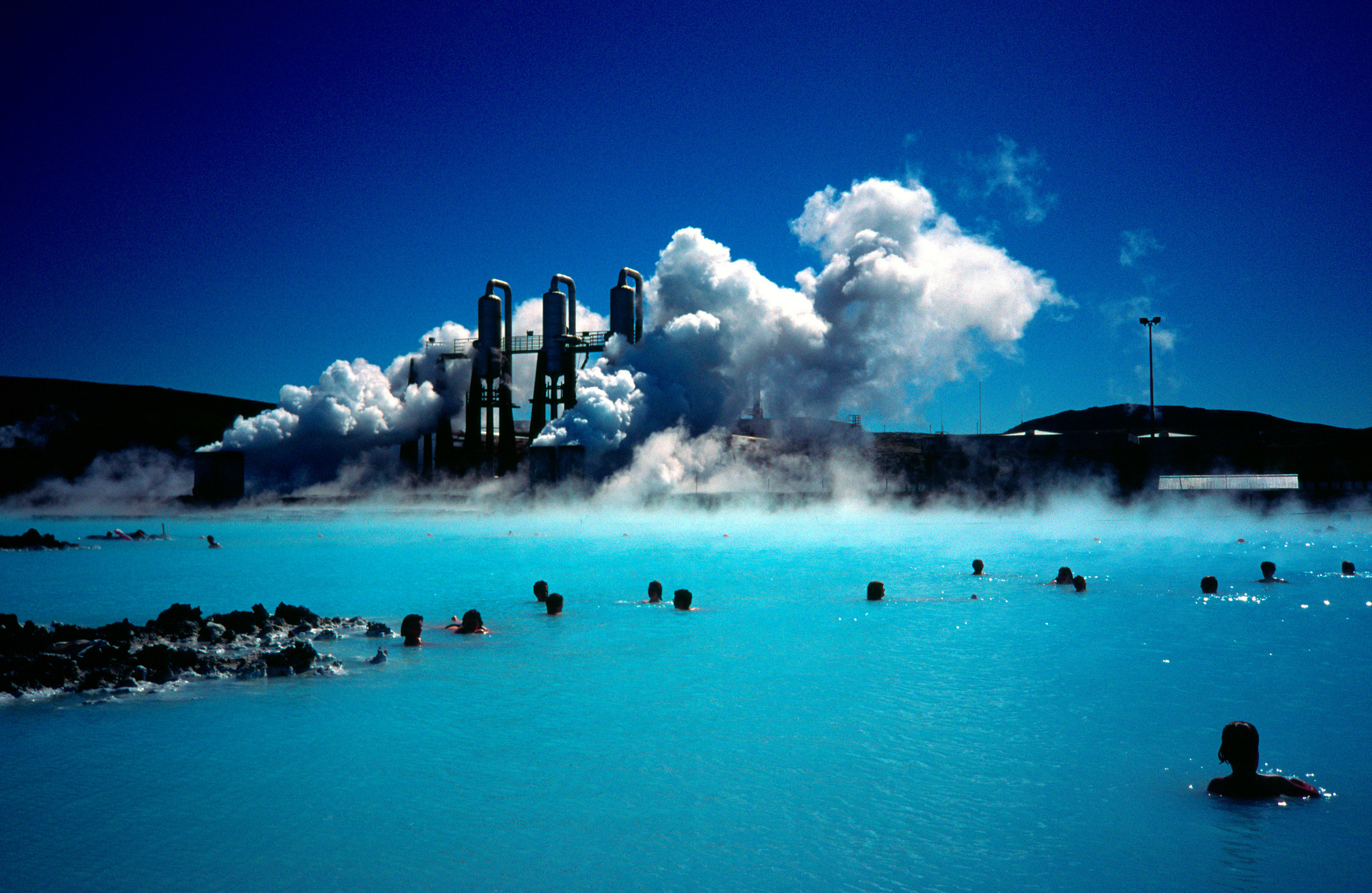
"I was very disappointed: It's tepid water flowing down from a power plant. You're better off finding the many natural hot springs scattered around Iceland." — u/KingCharlesHead
12. Underrated: Sicily
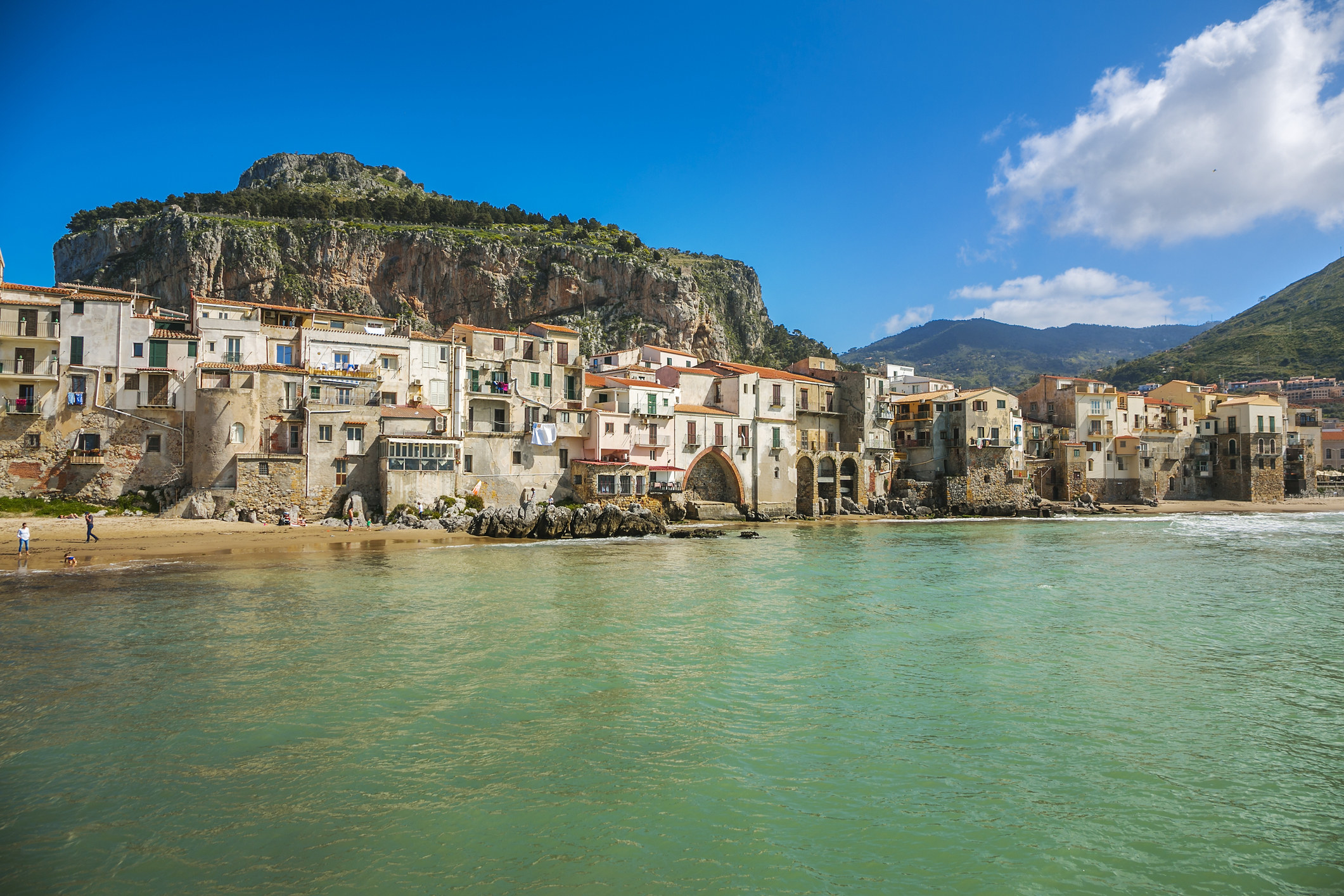
"Sicily is gorgeous, and the food is out of this world. You get to experience a culture that has been inspired by the Italians, Greeks, Normans, Romans, Ottomans, and Spanish. The climate itself is so diverse: There are beaches, skiing, and Mt. Etna is one of the best wine regions in Europe."
13. Underrated: Ibiza, Spain
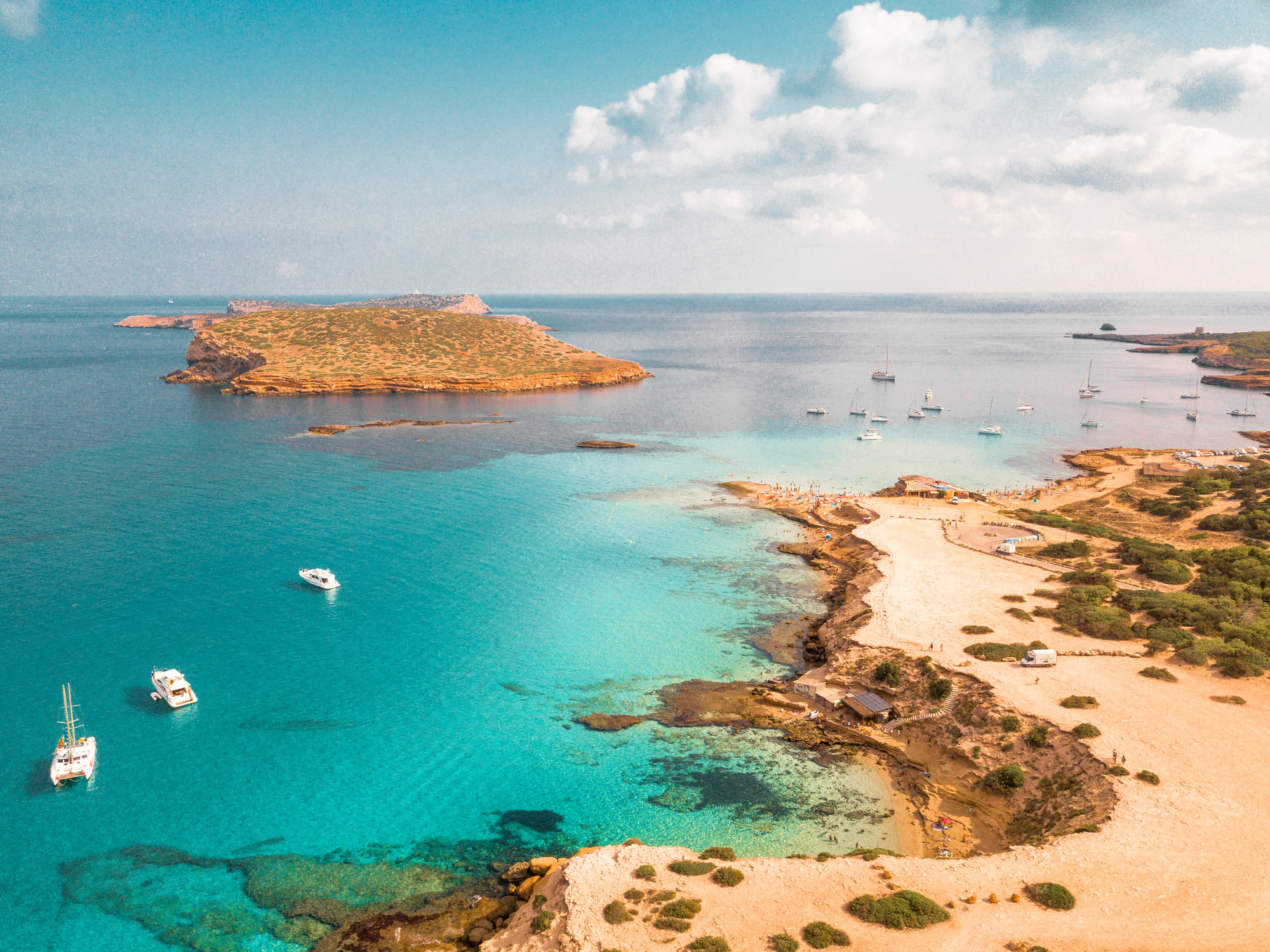
"Ibiza has a bad reputation as a party city, but it's so much more than that if you know where to look. It boasts beautiful nature, amazing historical sites, and lovely quiet small towns all over. Just avoid the capital at night."
14. Overrated: Phuket, Thailand
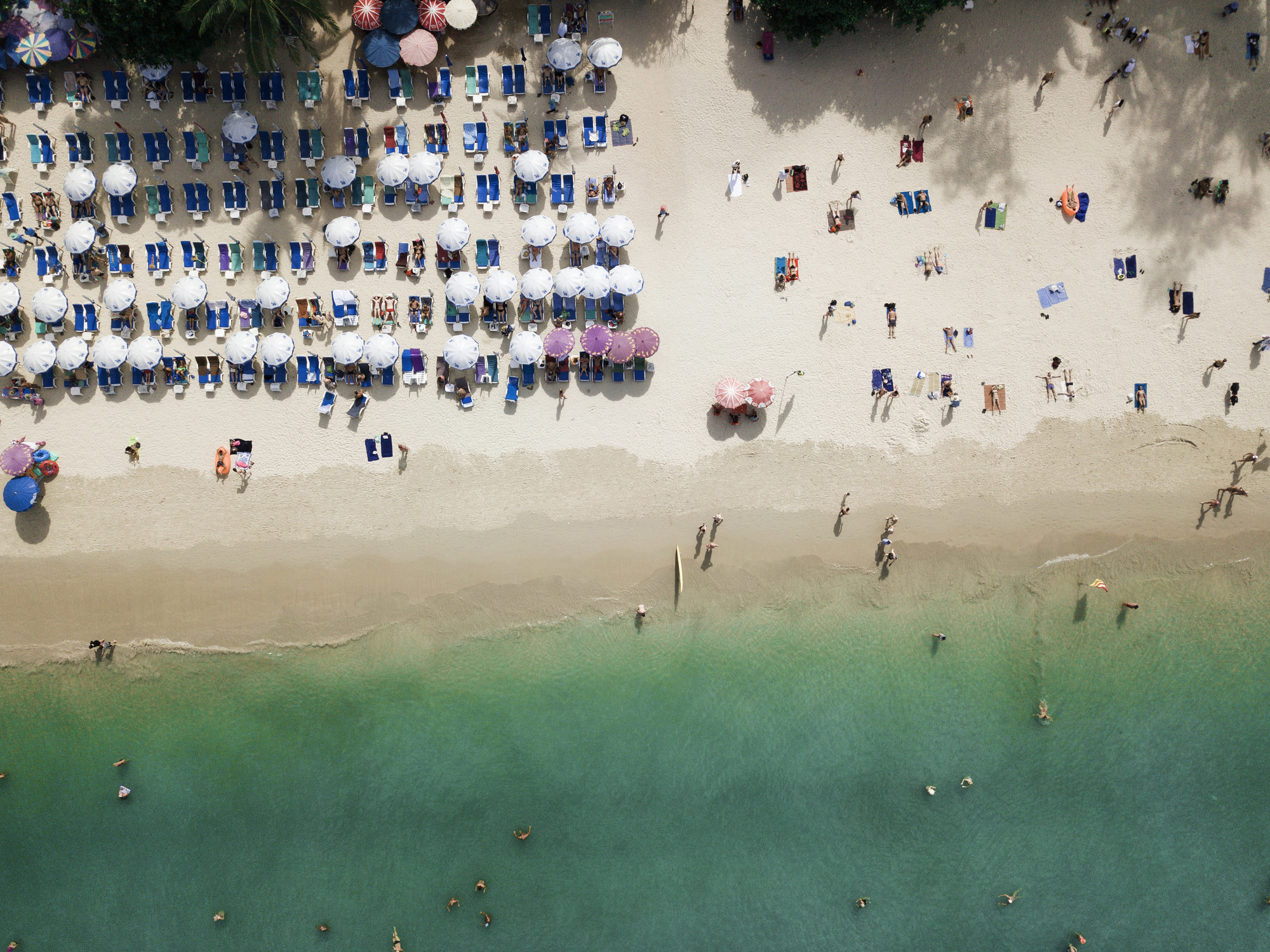
"Planning a vacation there during high season means you'll be sharing the beach with tons of other tourists. While this may improve if you go during low season, you'll most likely get lots of rain. Plus, trash and water quality are a big problem." — u/irishamerican
15. Overrated: Clearwater Beach, Florida
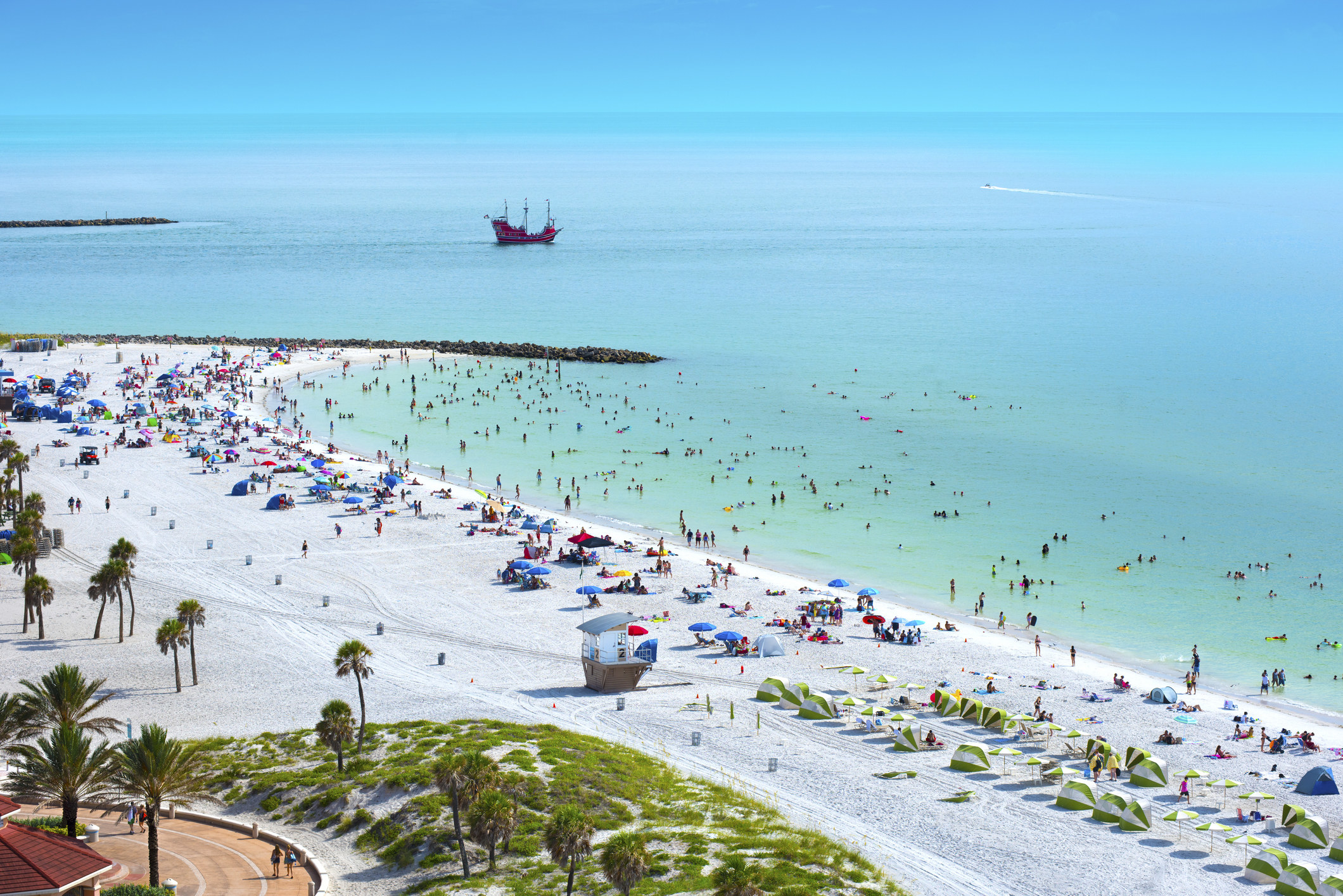
"It's been built up so much there's hardly any beach left. The traffic is really awful, so devote two hours of precious beach time just sitting in it. It stinks big time for the locals."
—u/kurnadurn
16. Overrated: The Pyramids of Giza, Egypt
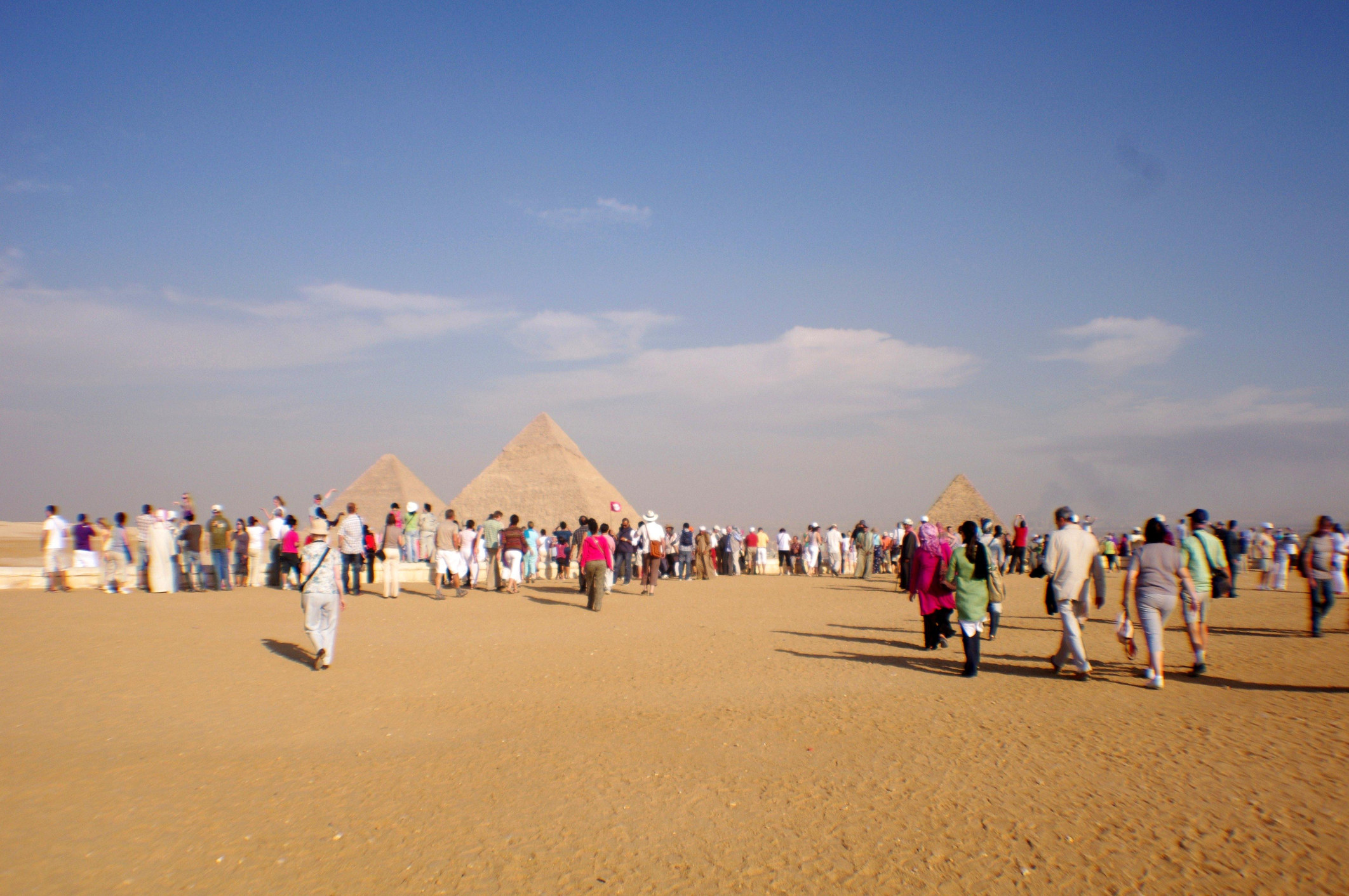
"This might be harsh, but the swarm of aggressive market vendors surrounding the pyramids makes visiting this site a bit of a nightmare. One woman in our tour group asked a guard to take her photo, and he refused to return her phone unless she paid him. The whole time, we were yelled at and haggled into buying headscarves and assorted souvenirs, which ruined my experience. I spent months looking forward to the trip and felt so disappointed."
— u/ TheTrustyCrumpet
17. Overrated: Atlantic City

"Venture a few blocks away from the boardwalk and you'll realize that Atlantic City is incredibly depressing. It's very clearly an area exploited by the big casinos while the locals have been driven to absolute poverty. But they still force a smile to work the shops that are required for the tourist traffic."
"Clearwater Beach is nowhere near the nicest beach in the area. You can drive 10 miles south and have Redington Beach, with nicer sand and almost no other people."
—u ToeyGowd
18. Underrated: Poland
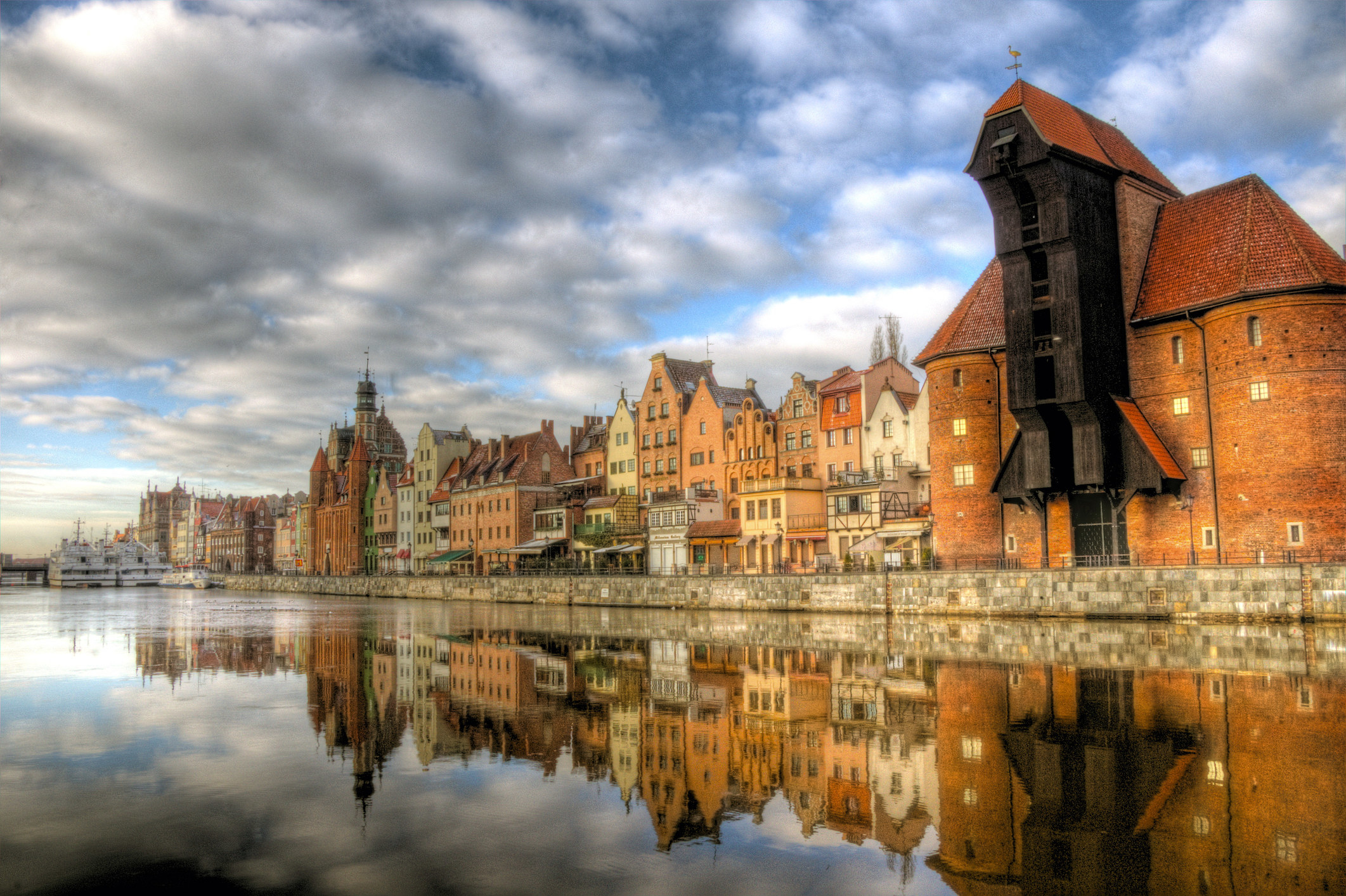
"I spent two weeks in Poland, and I have to say it’s a gorgeous country that is much cheaper to visit than many of the more popular European vacation spots. Gdansk is amazing and has a terrific World War II museum. Almost every major city has an Old Town, which is so much fun to explore. Warsaw boasts lots of museums and acres of natural beauty. And if you’re nervous about the language barrier, most people in the major cities speak English. I can't wait to go back to Poland and explore more."
"I was so pleasantly surprised by how beautiful this country is. I road-tripped, and every city was very beautiful and had a unique history. Poland has something for everyone, whether you're looking for culture or to party. The mountains are also beautiful with great hiking. Prices are very affordable, especially if you come from a Western country."

19. Overrated: Cancún, Mexico
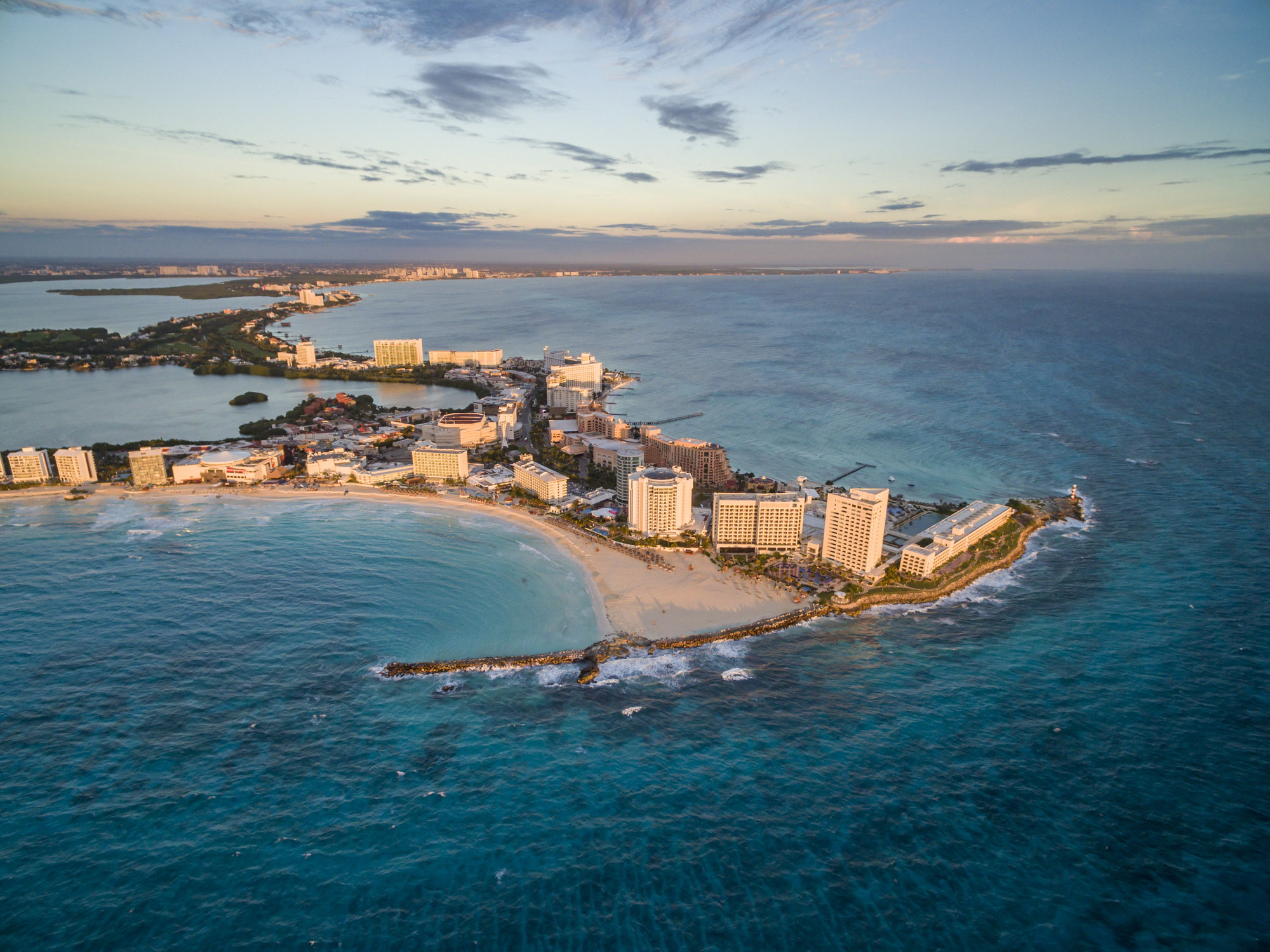
"Sure, it's pretty, but doesn't represent the beauty of Mexico. Go to Mérida — the food is better, and the nature is great."
— u/Lockshala
"There are so many cooler, hipper, better places to visit around Cancún and the Yucatan. Playa del Carmen, Tulum, Valladolid, and Mérida are much better if you're considering a trip."
— u/samuraibutter
20. Overrated: Manila, Philippines
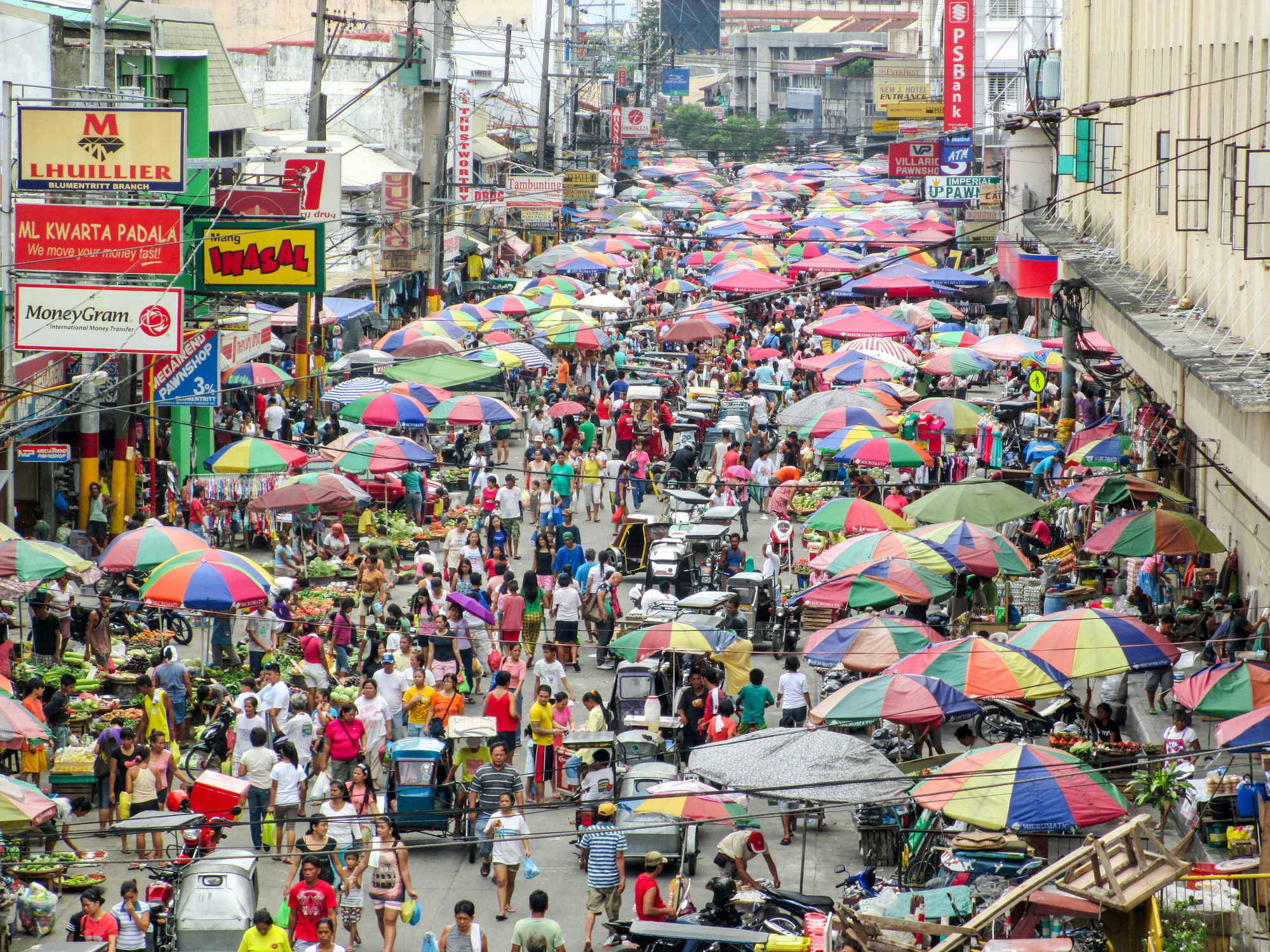
"I really loved the other places I visited in the Philippines, but Manila was awful. The air quality, the traffic, the garbage, I could go on. Most of all, the poverty, especially among children, was heart-wrenching. It was a good wake-up call for a privileged Westerner, but not one I want to experience again."
— u/ westcoastliz
21. Overrated: Kuta, Bali
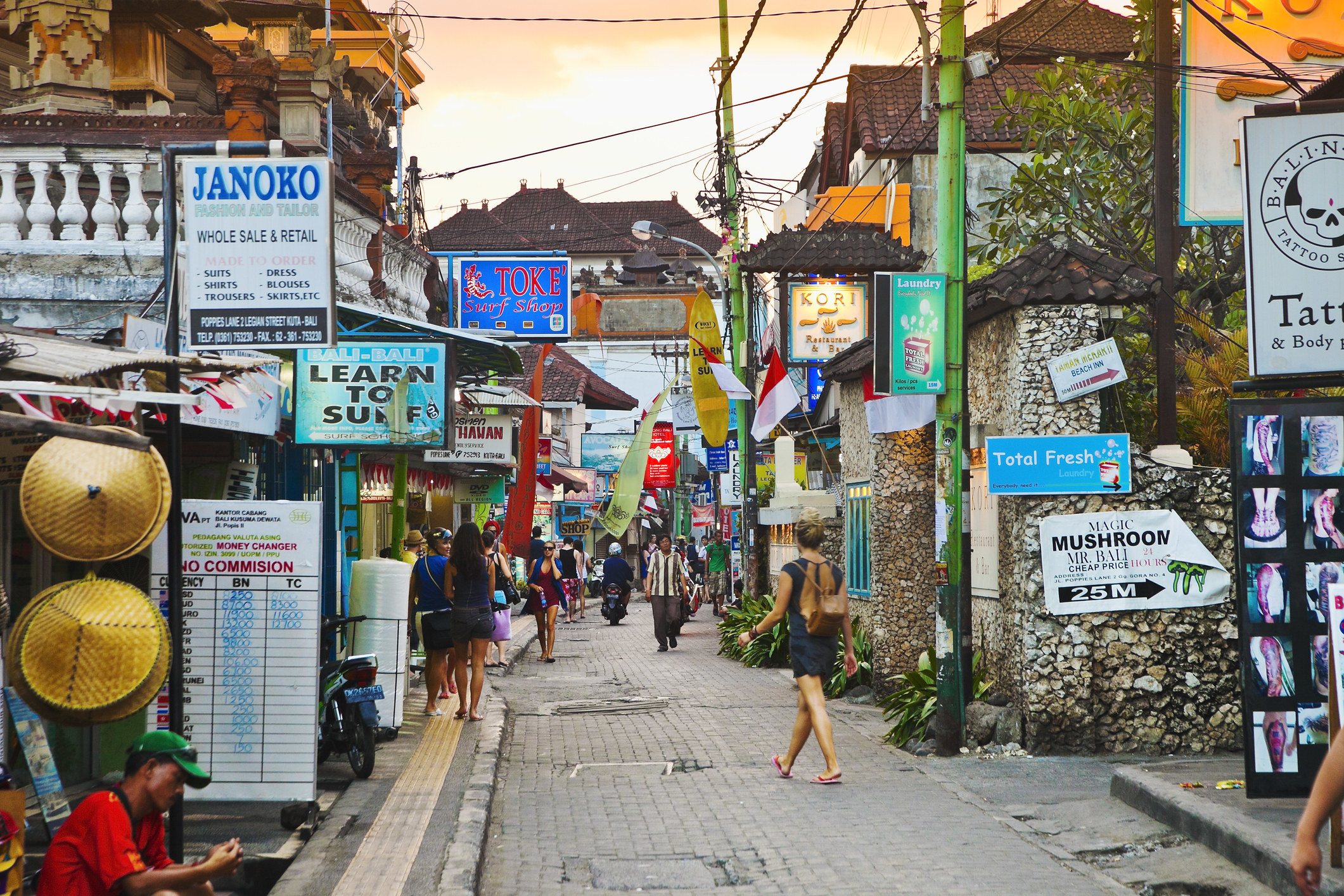
"Kuta, a resort town in southern Bali, is the worst. It's been completely and utterly ruined by tourists. I was there during Australian 'spring break,' and the whole place was just overrun with young, drunk 'party bros.' I fled from Kuta as fast as I could."
— u/franichan
22. Underrated: San Sebastian, Spain
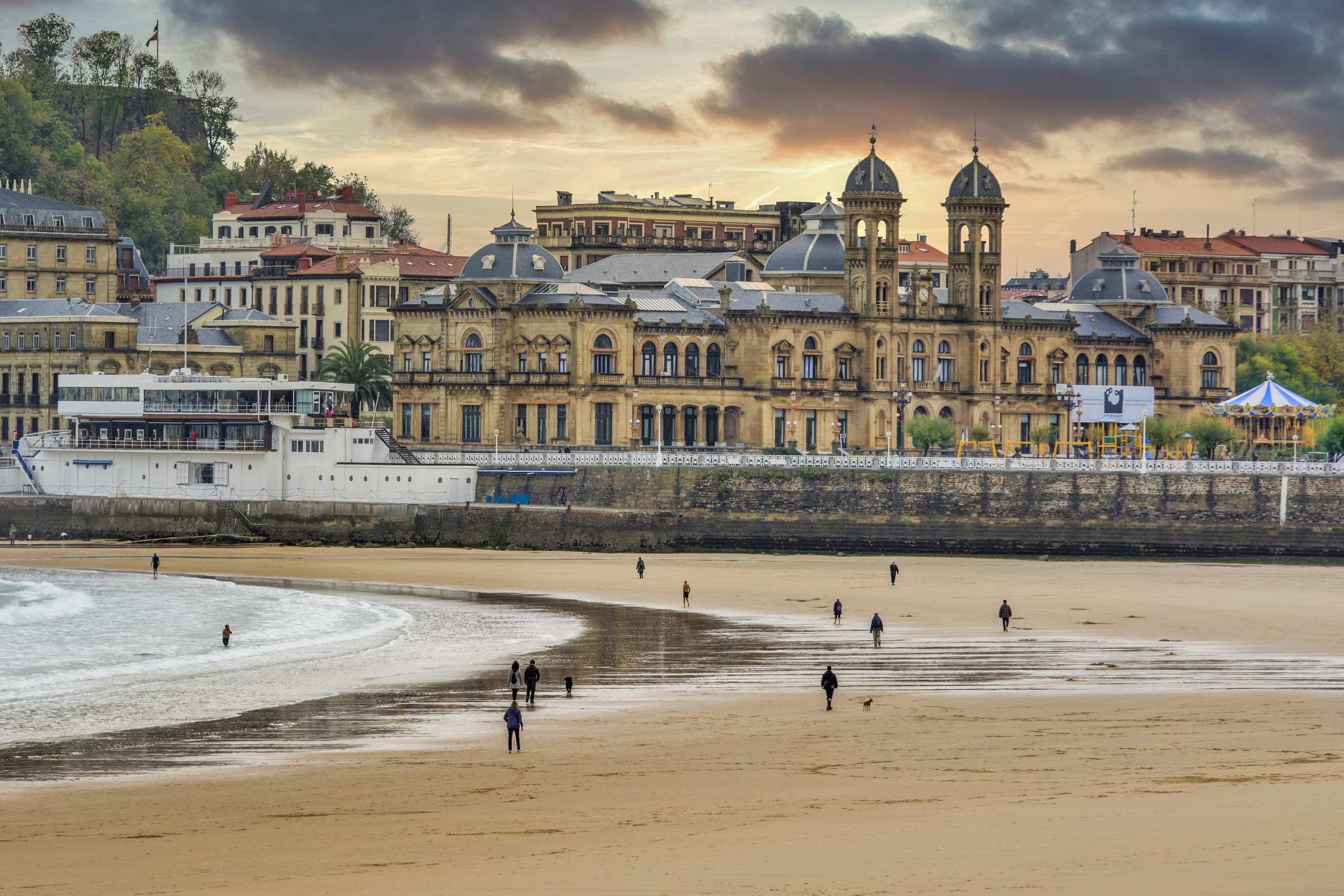
"This stretch of Northern Spain within 70 miles of the French border has the best food in Europe. San Sebastian is a mecca for foodies, where you can drool over street food for lunch or dine at Michelin-starred restaurants for weeks straight before you run out of new options."
23. Overrated: Times Square, New York
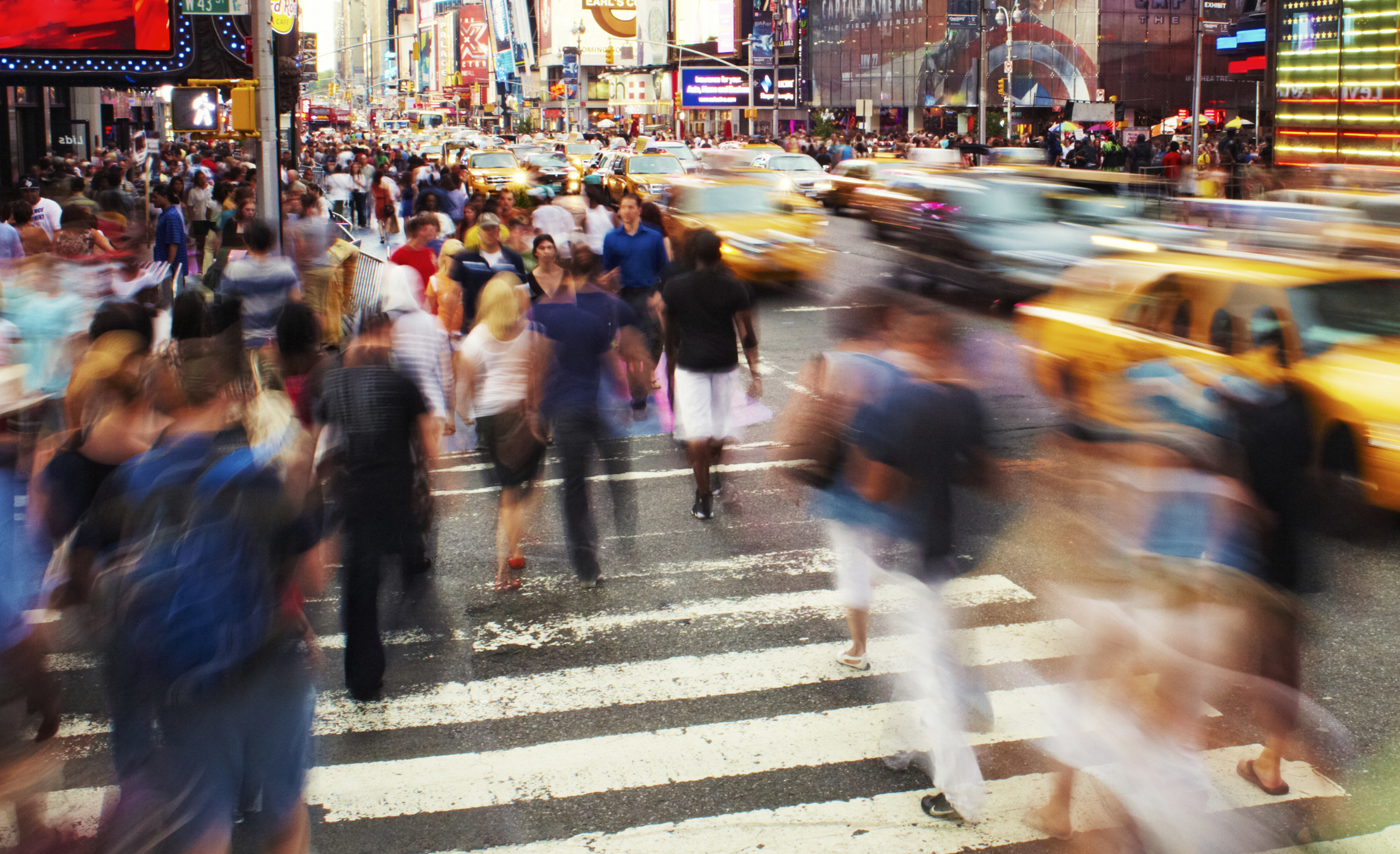
"It’s a tourist trap, and the restaurants and shopping aren’t unique to NYC. Why eat in Times Square when you can eat at the same chain restaurants in a Midwestern city for even cheaper?" — u/putmeinthegomi
24. Overrated: Niagara Falls (New York Side)
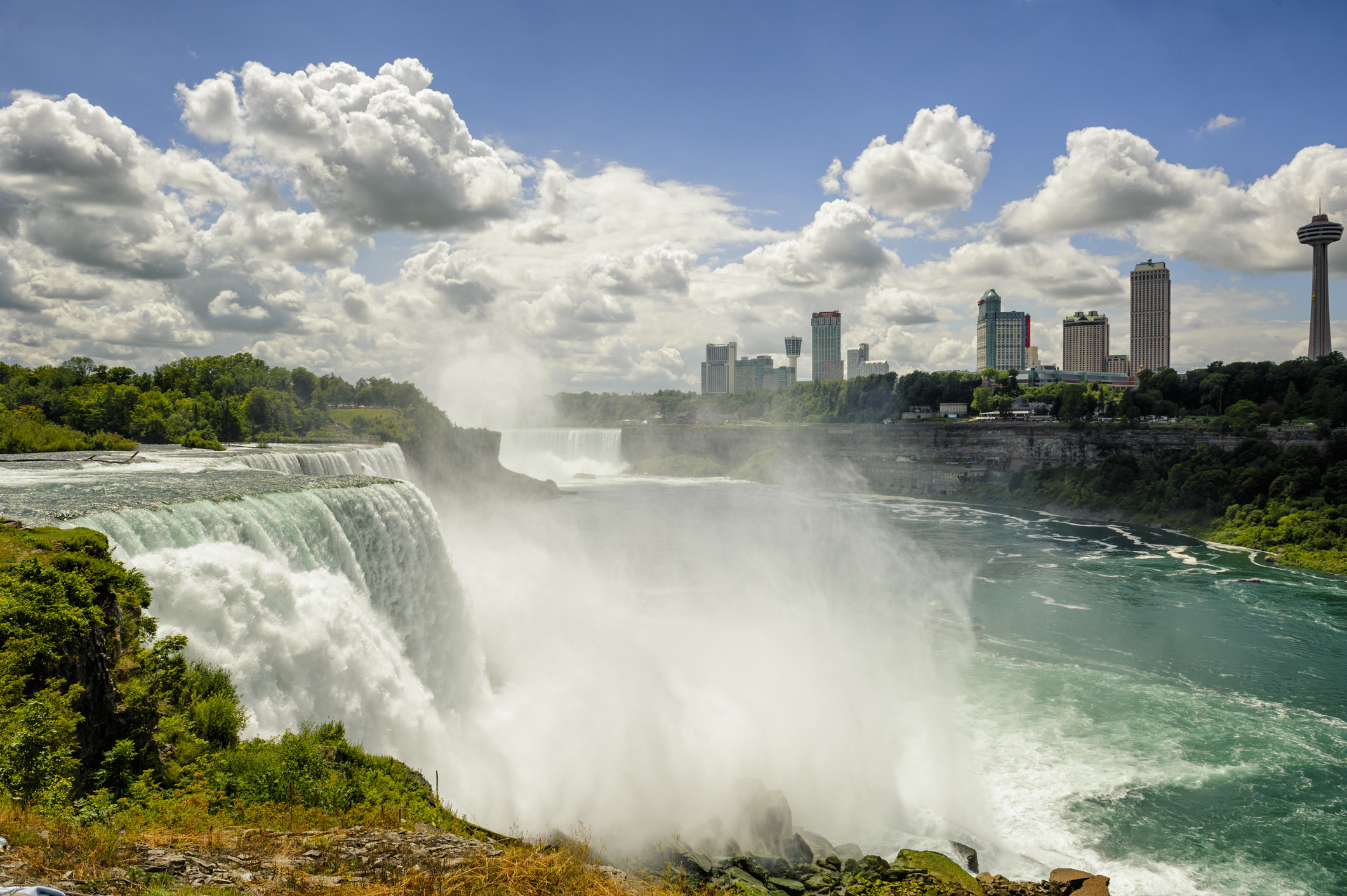
"You're better off going to the Canadian side." — u/jgoldblum88
25. Overrated: Nashville, Tennessee

"Nashville is not a fascinating place. In fact, you could tour every interesting place in a single day. The city is made up of a ton of bars to get drunk at and construction everywhere. I heard something like 10,000 new people a day move there, and I can't understand why. Rent is insanely high because of it. We're at almost $2,000 a month for 1,400 square feet 30 minutes out of Nashville city limits. Honestly, not even locals like living here anymore."
—u/herculeesjr
26. Underrated: Hilo, Hawaii
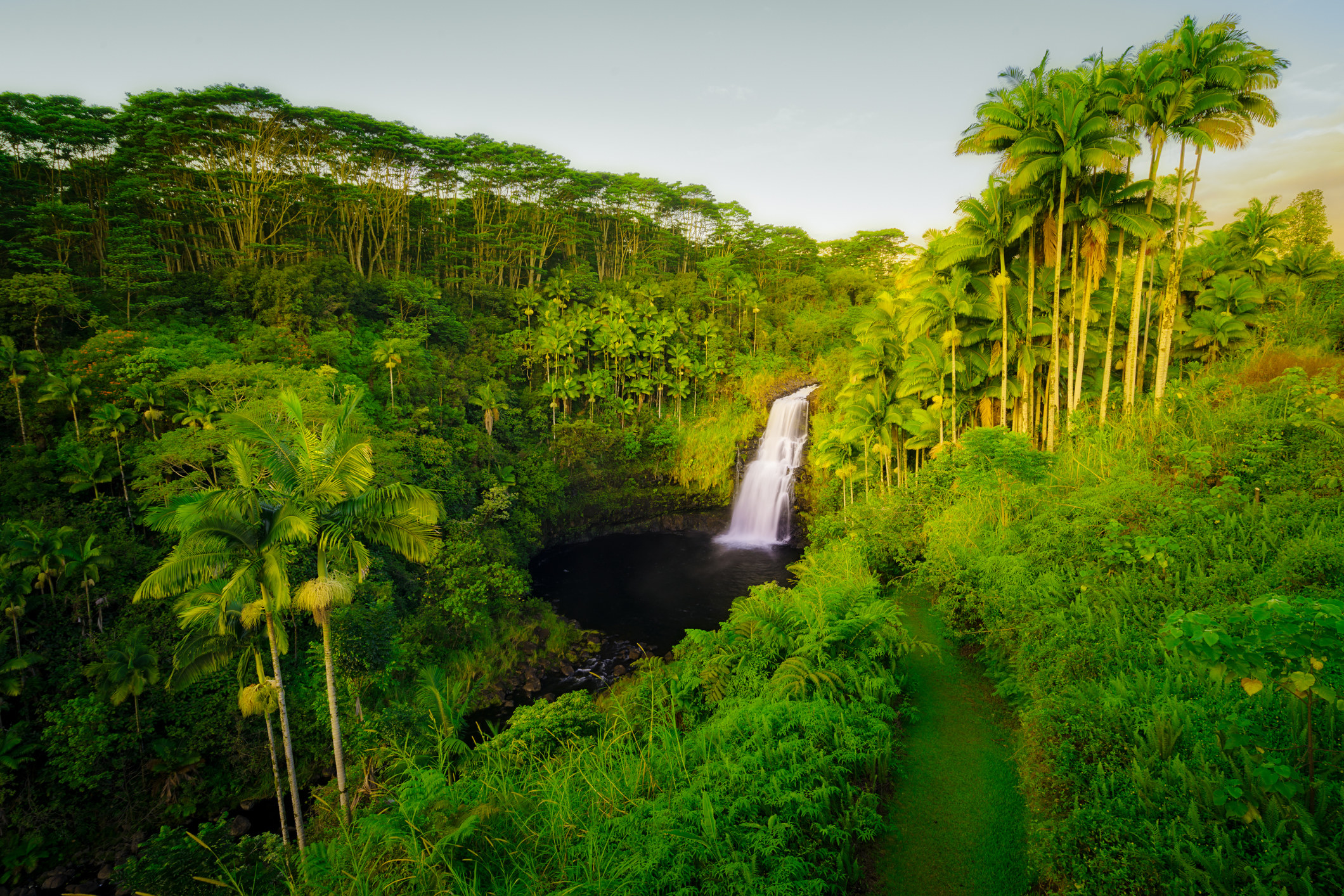
"Many travelers overlook this whole island, but the lush and green Hilo side of the Big Island of Hawaii is especially incredible. The highway from Waipi’o Valley down to Hilo extends over valleys and cliffs. There are waterfalls and dramatic ocean views, and we were constantly pulling over wanting to take photos."
27. Underrated: Portland, Maine
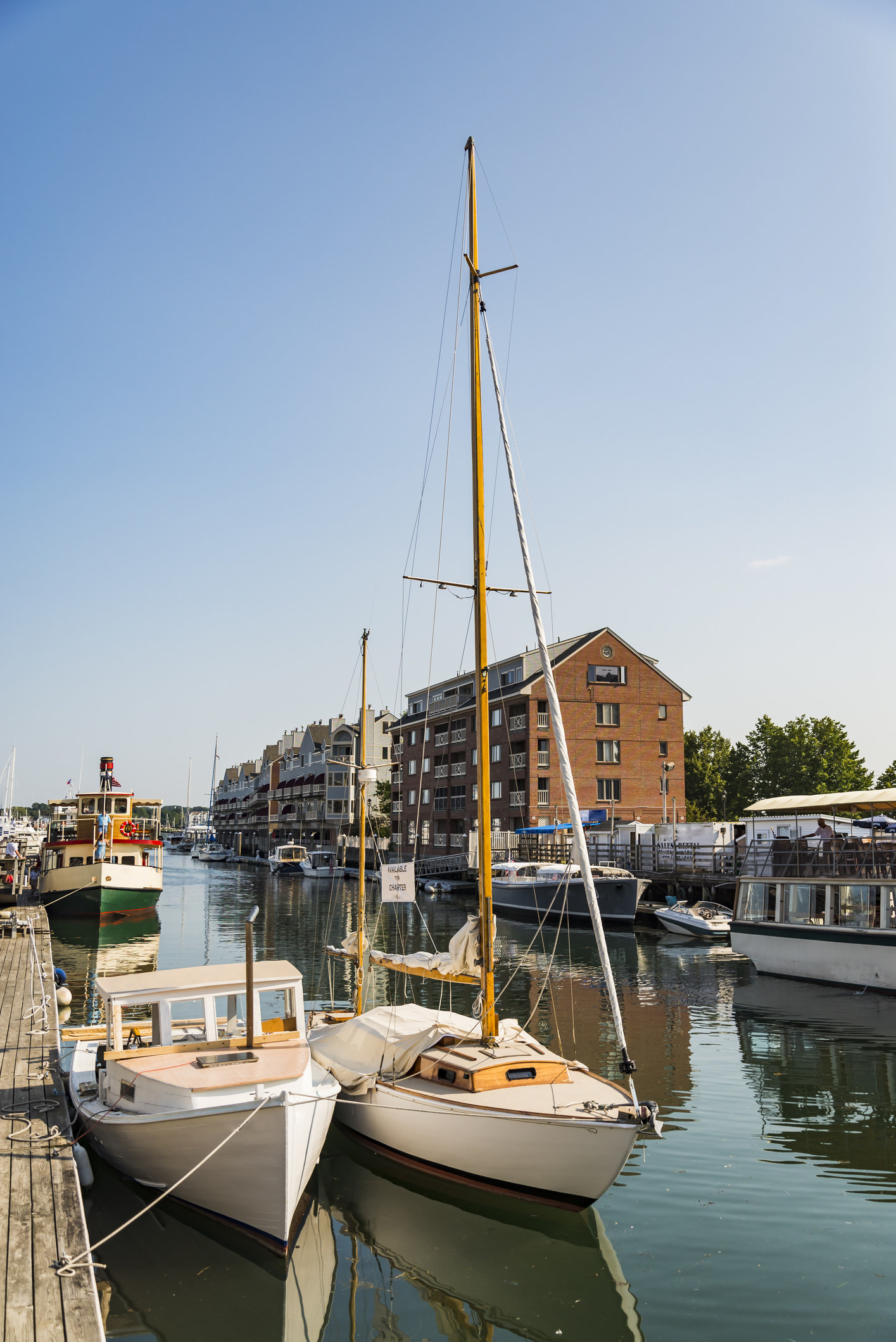
"Some of the best meals I've ever had were in Portland. The hardest part when visiting is trying to decide whether to go to your well-established favorite spots, or try the new ones that are currently popping up and being raved about."
— theshoegazer
28. Overrated: Las Vegas
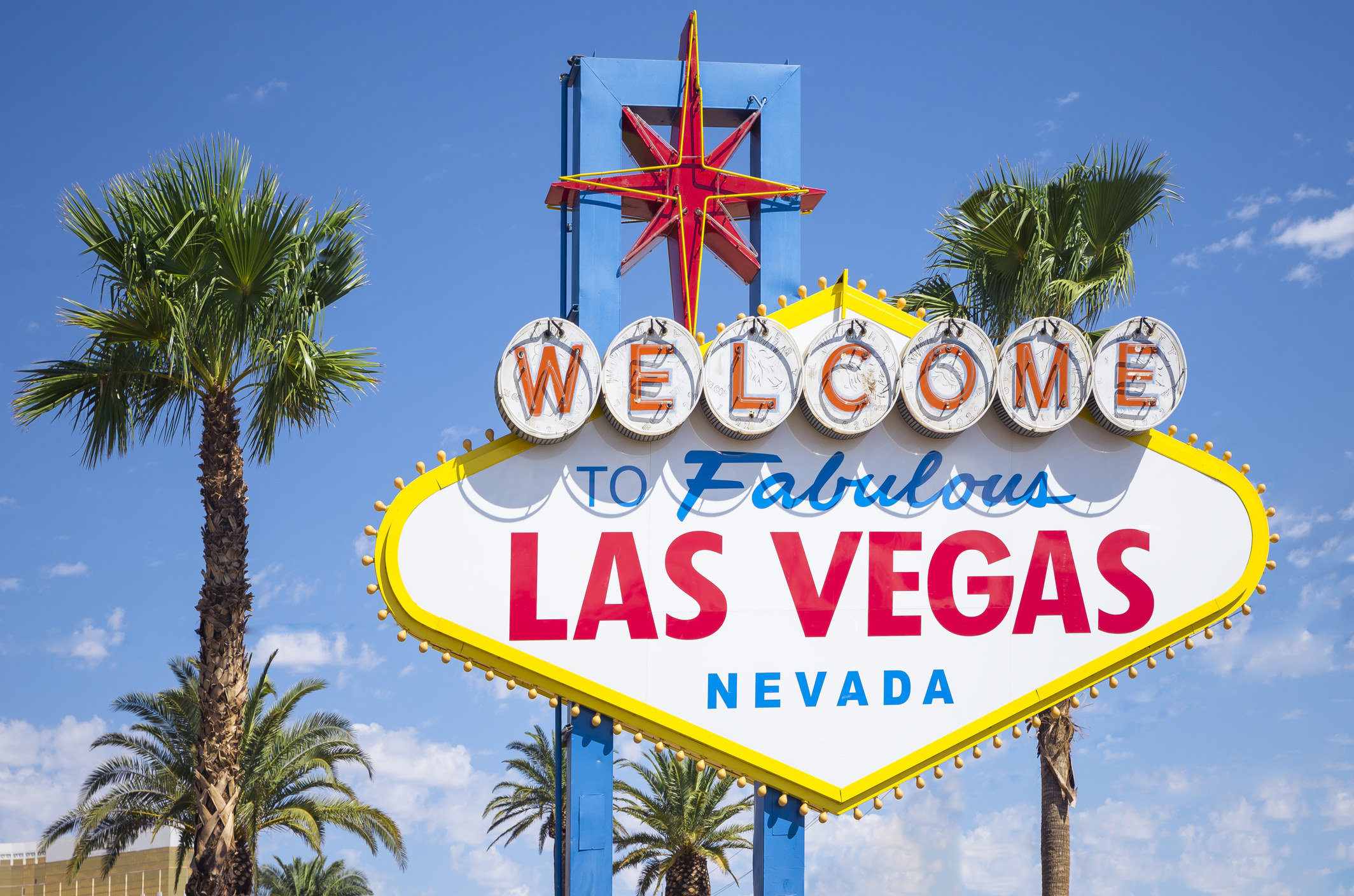
"I am by no means a prude person, but that place is horrific."
— u/nocliper101
29. Underrated: Tallinn, Estonia
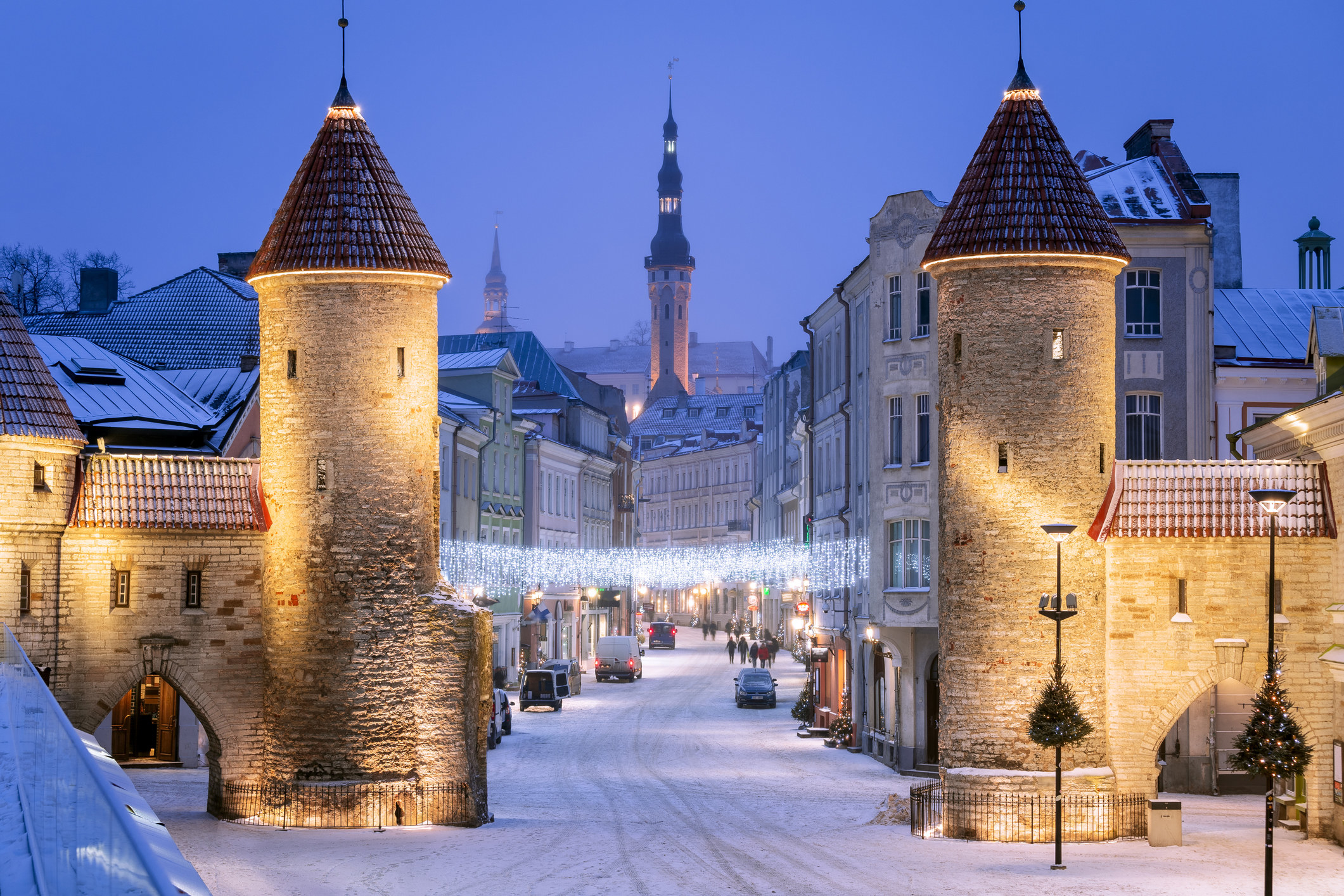
"I really wasn't expecting much when I visited. I mostly just decided to stop in Talinn because I was traveling from Finland to London , and it was an off the beaten path location for a quick day trip. But holy crap, it was beautiful, and the people were so friendly. I'd go back there for a proper vacation in a heartbeat."
— fredzesty
"Any of the Baltic states really, but Estonia is an absolutely delightful place. It's super affordable, easy to navigate, the capital city Tallinn is so beautiful and clean, the coast is lovely, the people are friendly, and the food is delicious. I absolutely loved our trip there, and it would be a great base camp if you want to check out the nearby countries of Finland, Norway, and Denmark."
— u/missluluh
30. Overrated: Athens, Greece
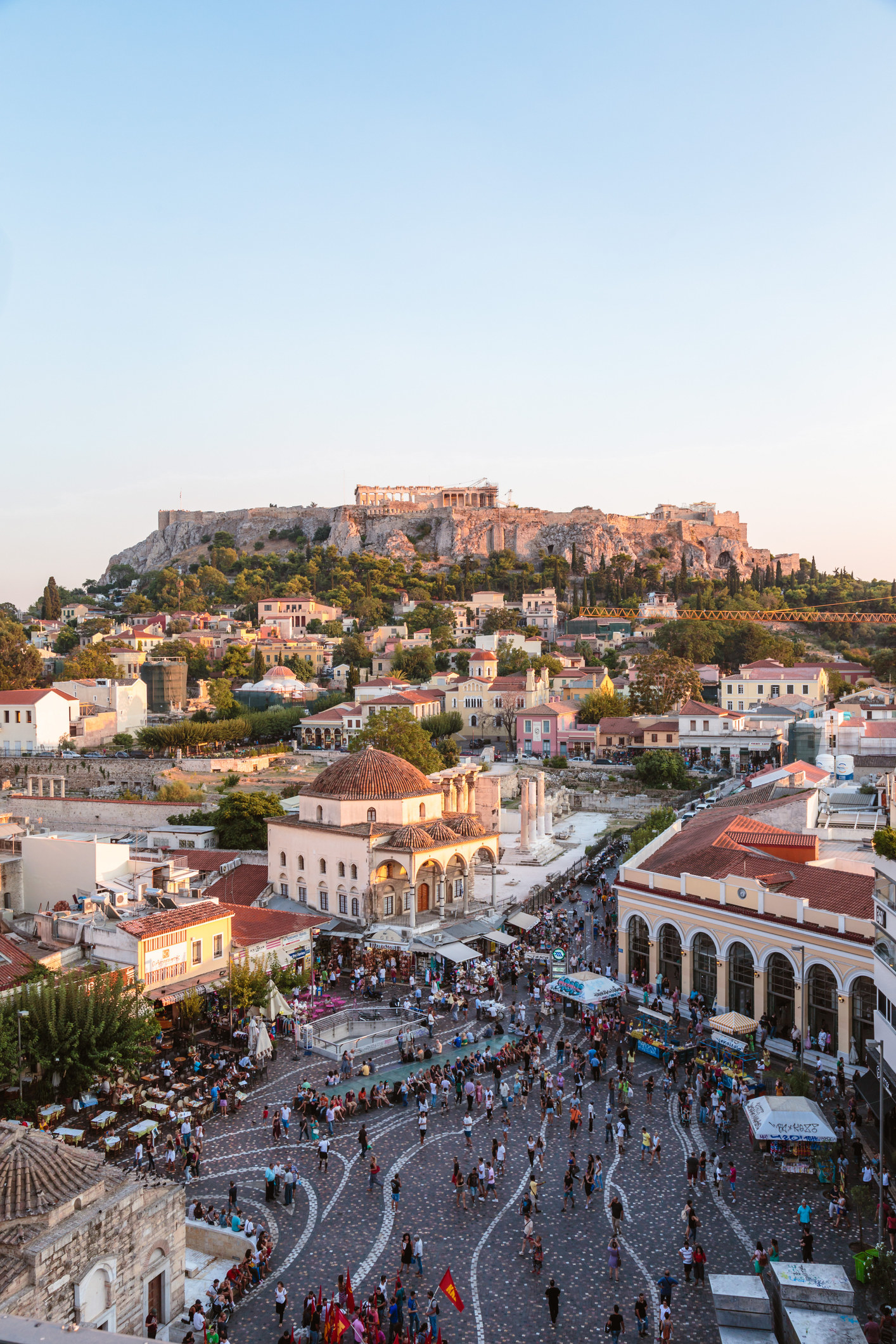
"Athens was dirty, and there was graffiti everywhere. I didn't feel safe in the city at all. There were insane drivers, and none of the locals were nice. In stark contrast to my experience in Athens, the Greek Islands were some of the most beautiful and enjoyable places I've ever been, filled with the most friendly people."
—u/ rythmik1
31. Overrated: Geneva, Switzerland
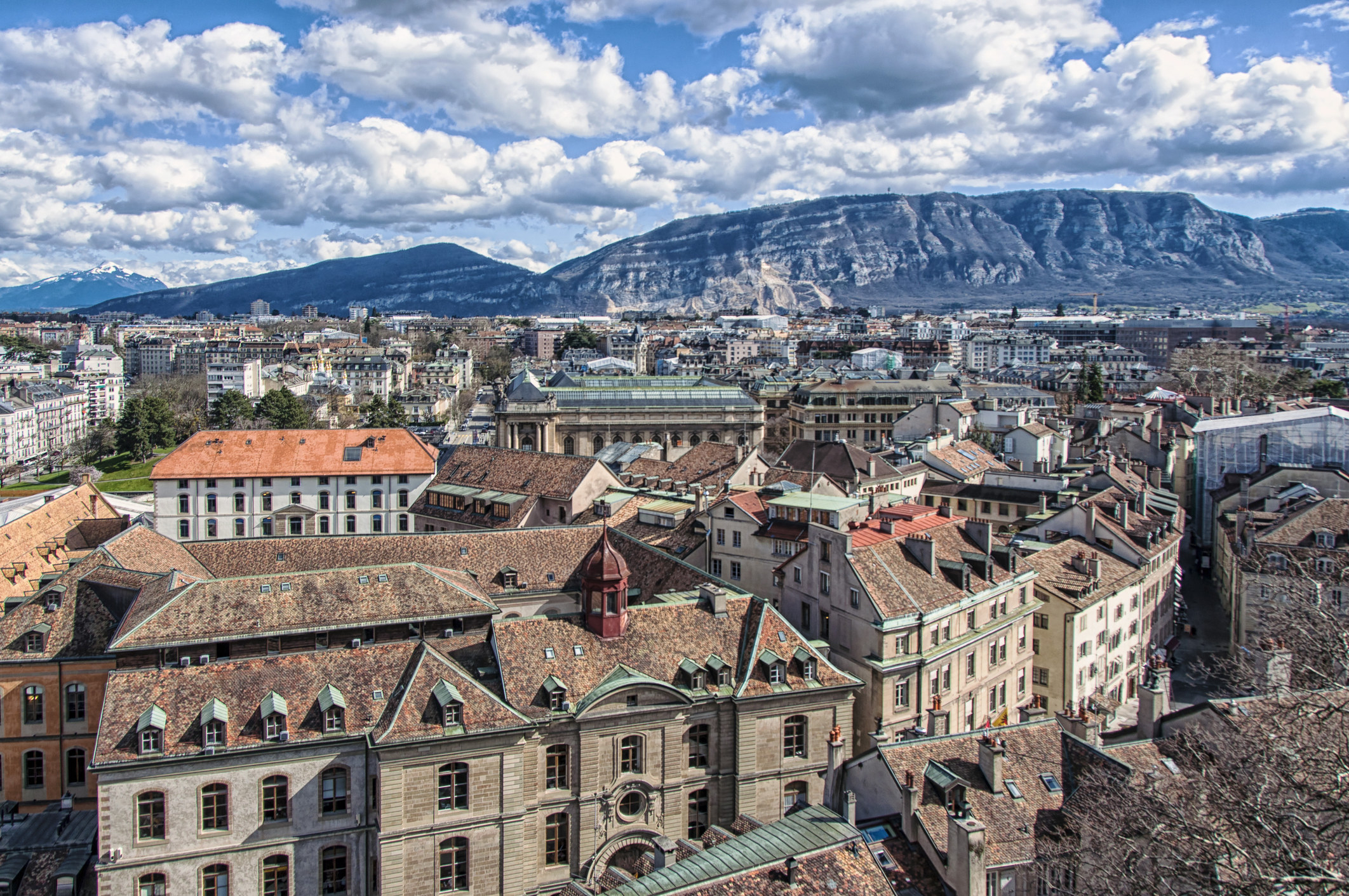
"It was most definitely a pretty city, but the soul-crushing cost of everything totally weighed down my experience there. I never expected to pay 24 Swiss Francs for a hamburger in my life...and I never will again."
u/blake22222
32. Underrated: Republic of Georgia
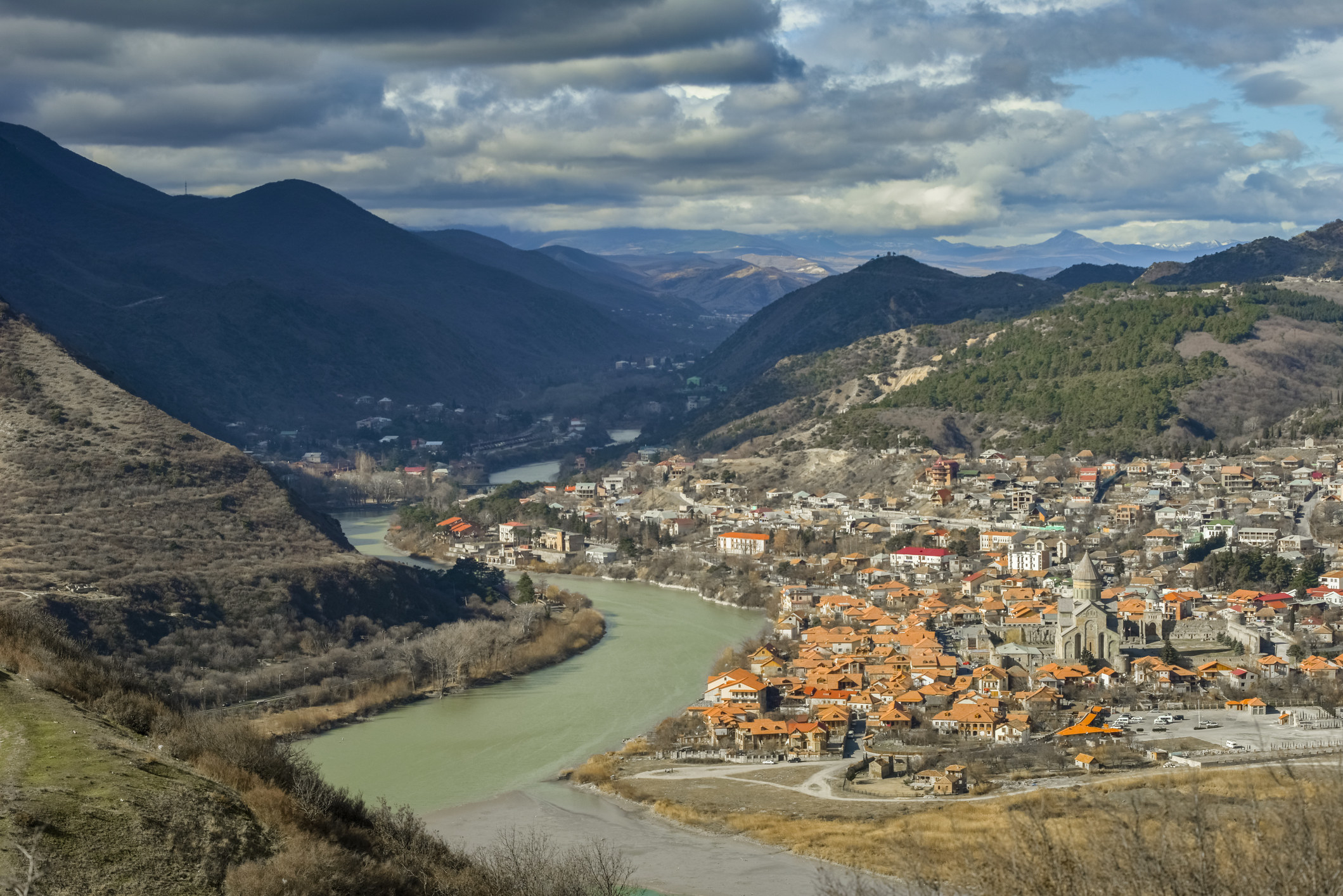
"Georgia is amazing! It's home to beautiful mountains, chic beaches, friendly people, amazing wine, food unlike anything you’ve ever tried, and a very interesting mix of cultures and influences. I was there for two weeks, but I could have easily stayed for a year."
— MariaPorgirella
33. Overrated: Machu Picchu, Peru
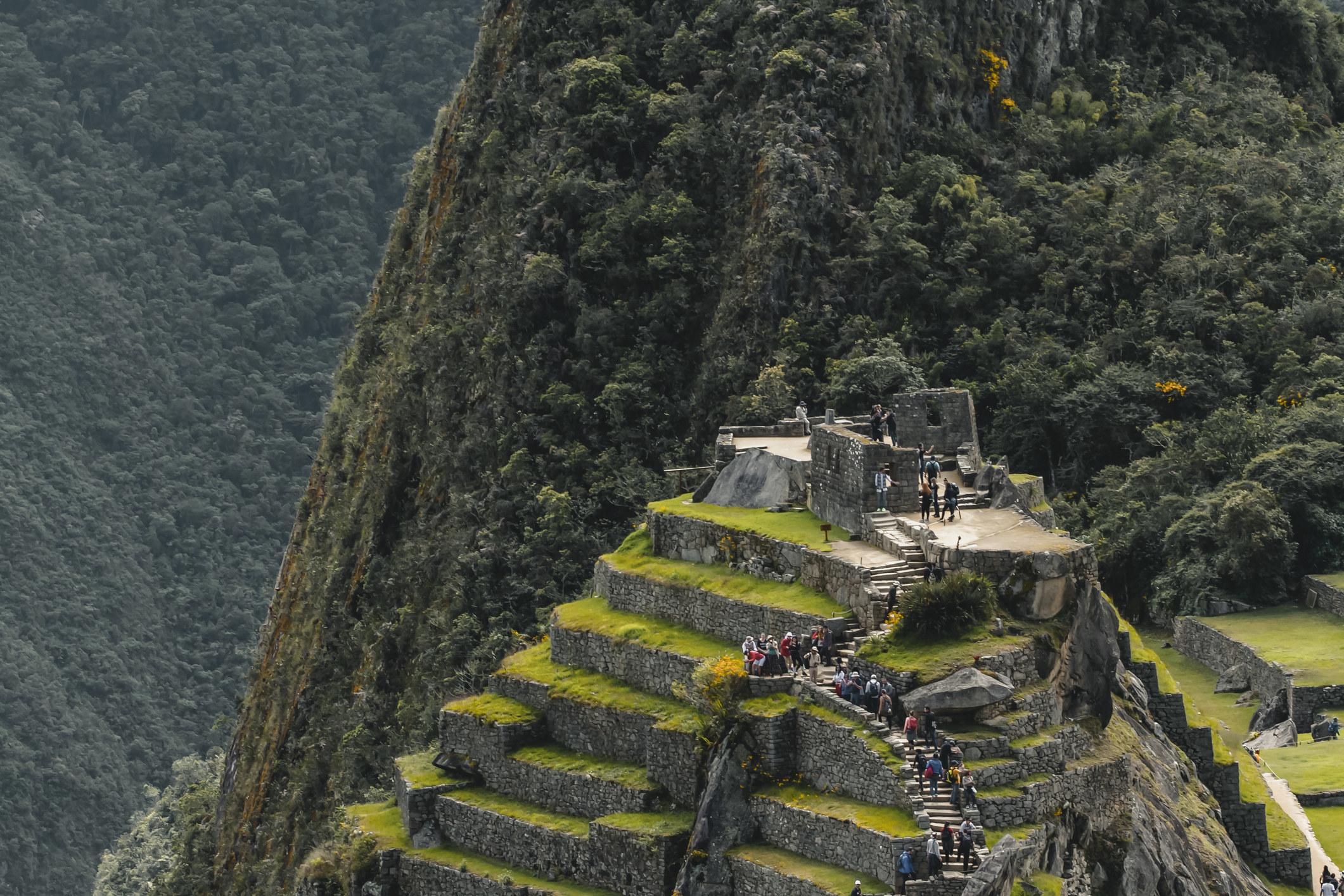
"The site itself is really incredible, but it's overcrowded with so many loud tourists to the point where you feel like you're walking through Disney World instead of a UNESCO heritage site."
34. Underrated: Taipei, Taiwan

It's my favorite city in Asia: a great mix of traditional Chinese culture with Japanese and US influences. There's fantastic food (especially great street food at the night markets). It's modern enough to be convenient, but not expensive. It's big enough to have lots to do, but small enough to be manageable and not overwhelming. And the people are friendly, open, and helpful."
— u/gotthelowdown
35. Overrated: Bondi Beach, Sydney
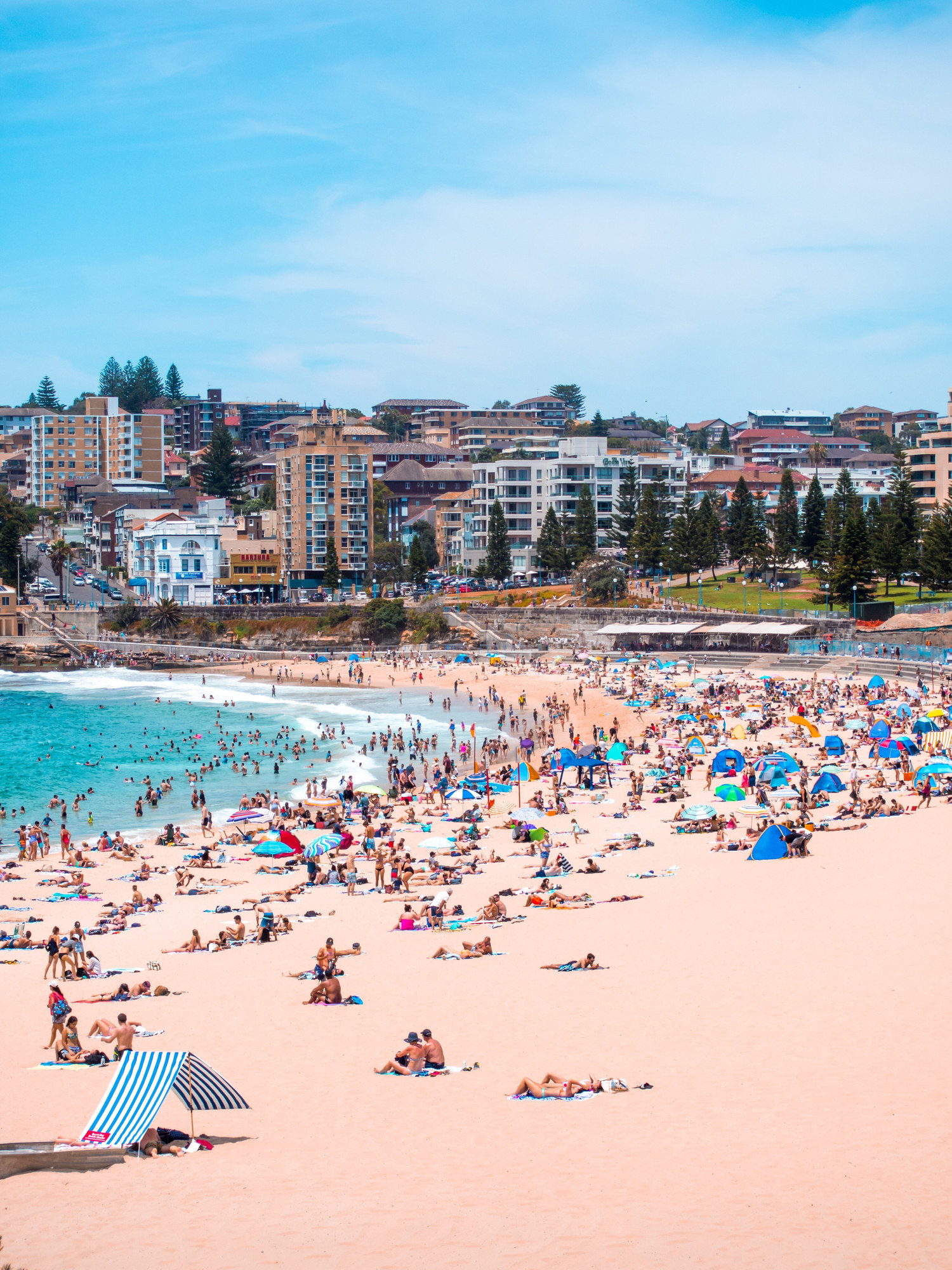
"It's a mediocre beach, and during the summer it's always very crowded, so you hardly have space to swim or enjoy yourself." — u/crocodiledendi
36. Overrated: Marrakesh

"It would have been amazing before about 2000, but now it just feels like a Disneyland version of their culture to cater to Western tourists. And you can't walk 20 feet without being approached by scammers, like, literally every block. The entire city just feels like a facade to attract tourist money."
— u/ legshampo o
"Of all the places we visited in Morocco, Jemaa el-Fnaa was the biggest disappointment. It's full of knock-off clothes and guys trying to get you to take pictures with cobras. Marrakesh in general is awesome, but the market is a letdown." — u/deleted
37. Overrated: Walt Disney World, Orlando

"Disney World is the only place I’ve been that truly disappointed me. It had no redeeming qualities at all. You have to pay just to see characters or just about anything , all the rides lead right into overpriced gift shops, the lines were horrendous, and the rides were only mediocre. Disney is commercialism and exploitation of the consumer at its finest."
"Want to eat? Be ready to shell out $50 a person per day. Oh, you came for the rides? Enjoy the two or three you can actually enjoy on a busy day."
—u/flipamadiggermadoo
38. Underrated: Oman
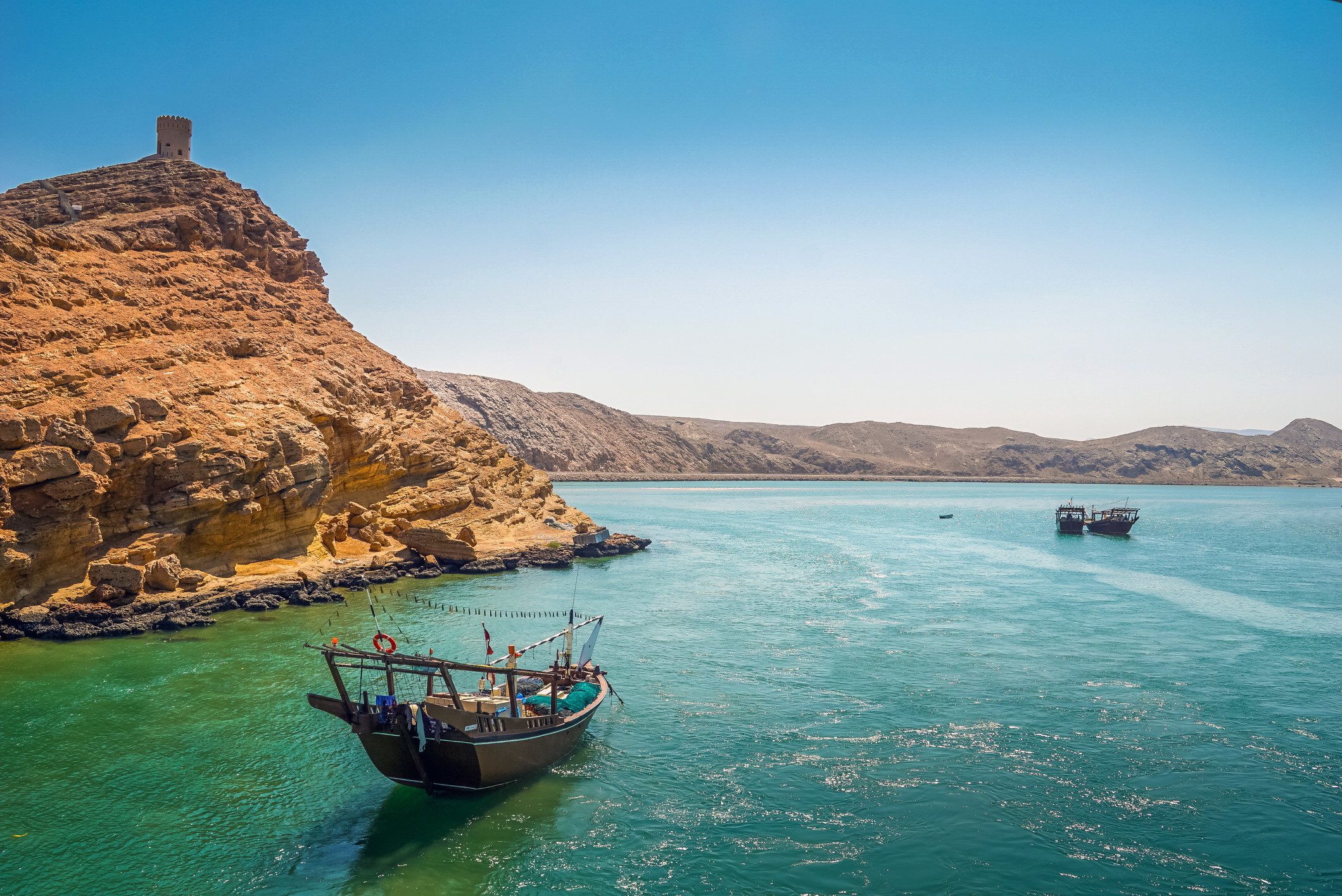
"For people who love the outdoors, Oman is a no-brainer. There's hiking, camping, dune bashing, and miles of untouched coastline. There are even lush rain forests. It's also extremely safe."
39. Overrated: Stonehenge
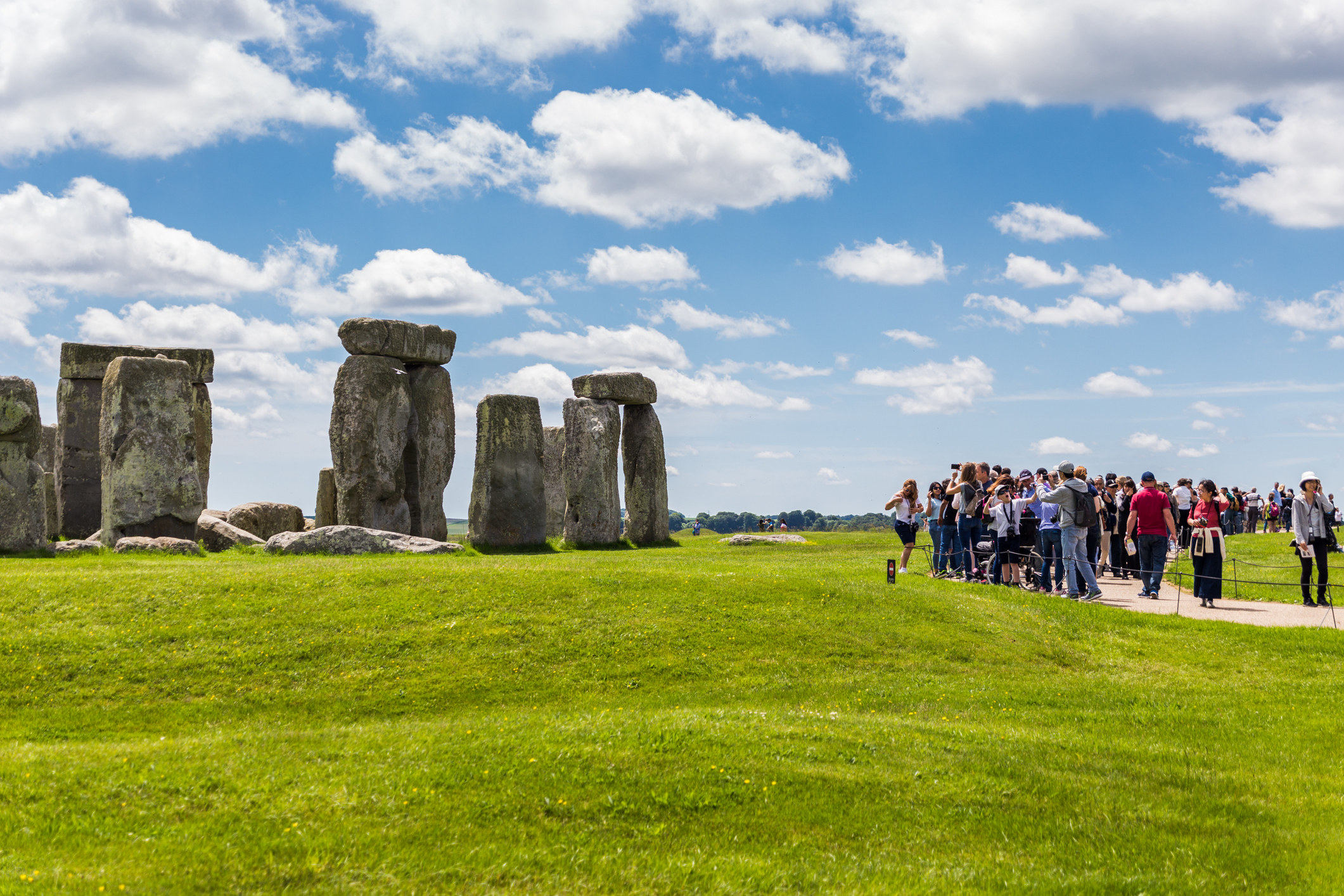
"It’s a set of rocks out in the middle of a field that smells like sheep poop. It was cool for a few minutes, but far too big of a hassle to be worth it." — u/opvina4
40. Underrated: Osaka

"People tend to only visit Tokyo and Kyoto, but Osaka shouldn't be overlooked. It's a big city like Tokyo, but with a much longer history. It's located smack dab in the middle of the Kansai region, the historical cultural center of Japan. It's known to be more fun and laid-back, and I think there's some truth to that. It's also the culinary capital of Japan, a must-visit for all foodies."
— u/CaptainNomihodai
41. Underrated: Romania
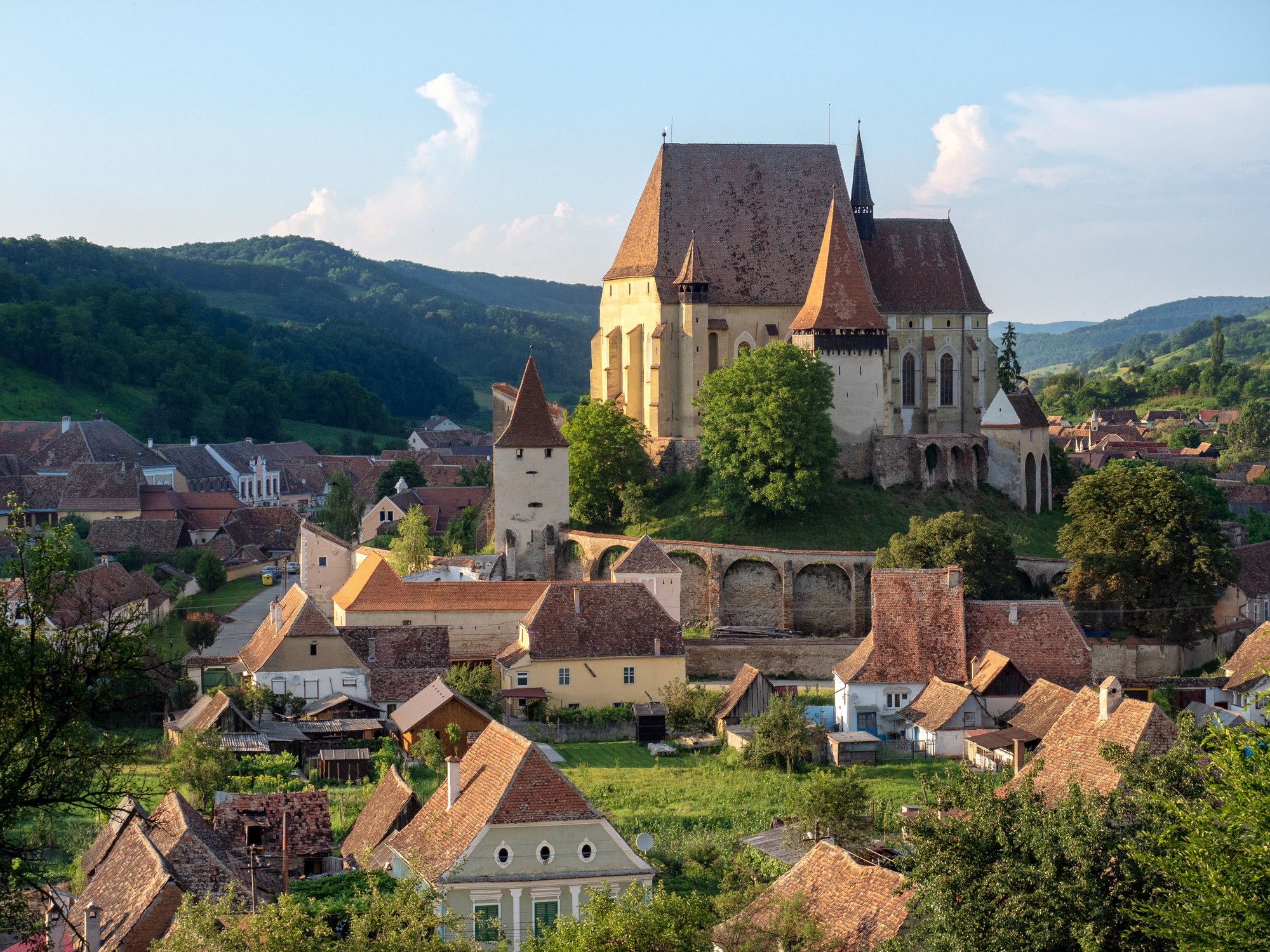
"Romania is absolutely amazing. This Balkan country boasts beautiful sites, nature, warm sandy beaches, friendly people, and good food. And the icing on that cake is that it's incredibly affordable. I never understand why more people don't travel there."
—u/ louise1969
42. Overrated: Cinque Terre, Italy
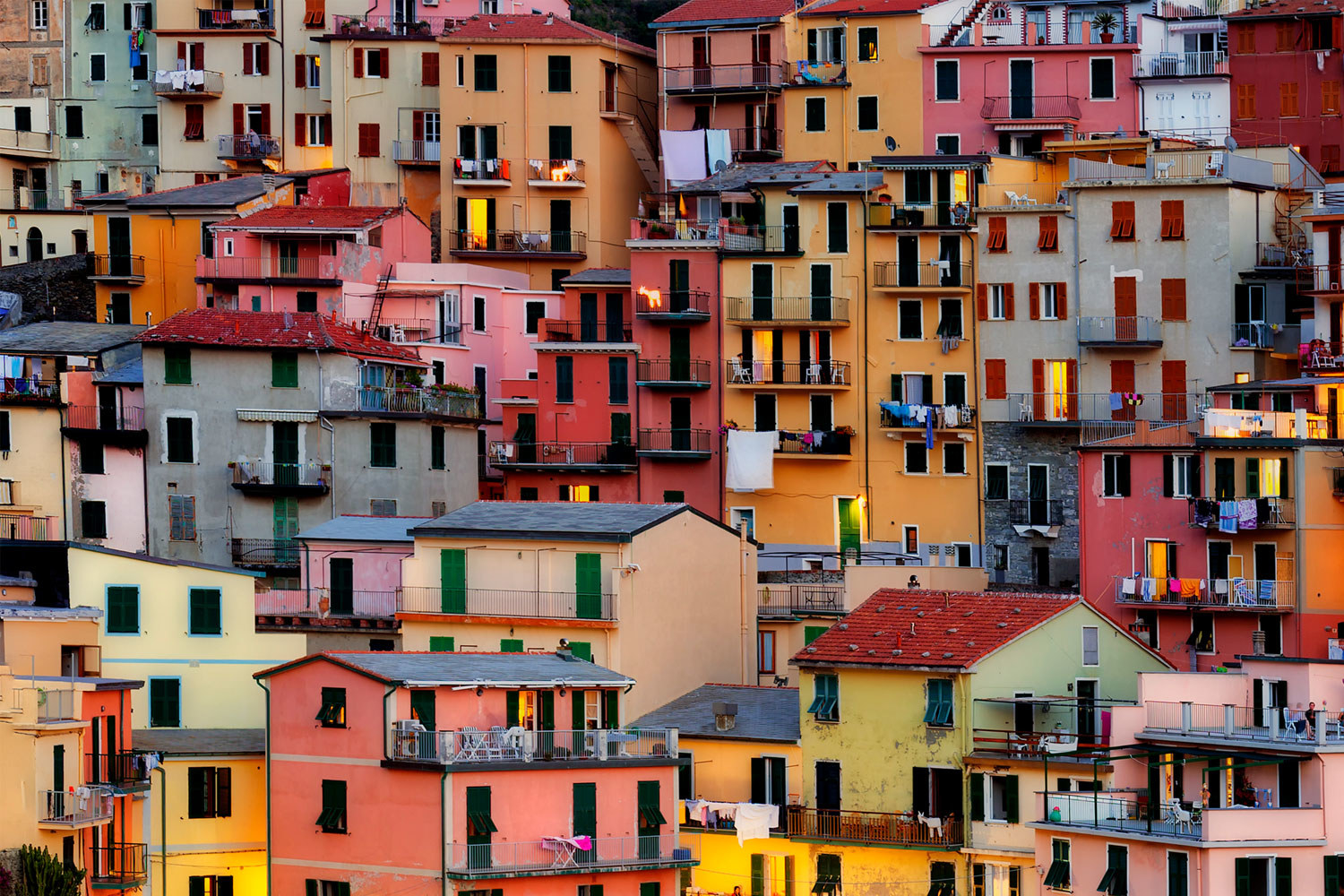
"This one may be controversial, but I found this handful of villages in coastal Liguria to be very boring and overly touristy. All the hiking trails were closed. Either way, it's a day trip at best, and I would recommend visiting the Amalfi Coast over Cinque Terre."
—u/CaligulaAndHisHorse
43. Underrated: Girona, Spain
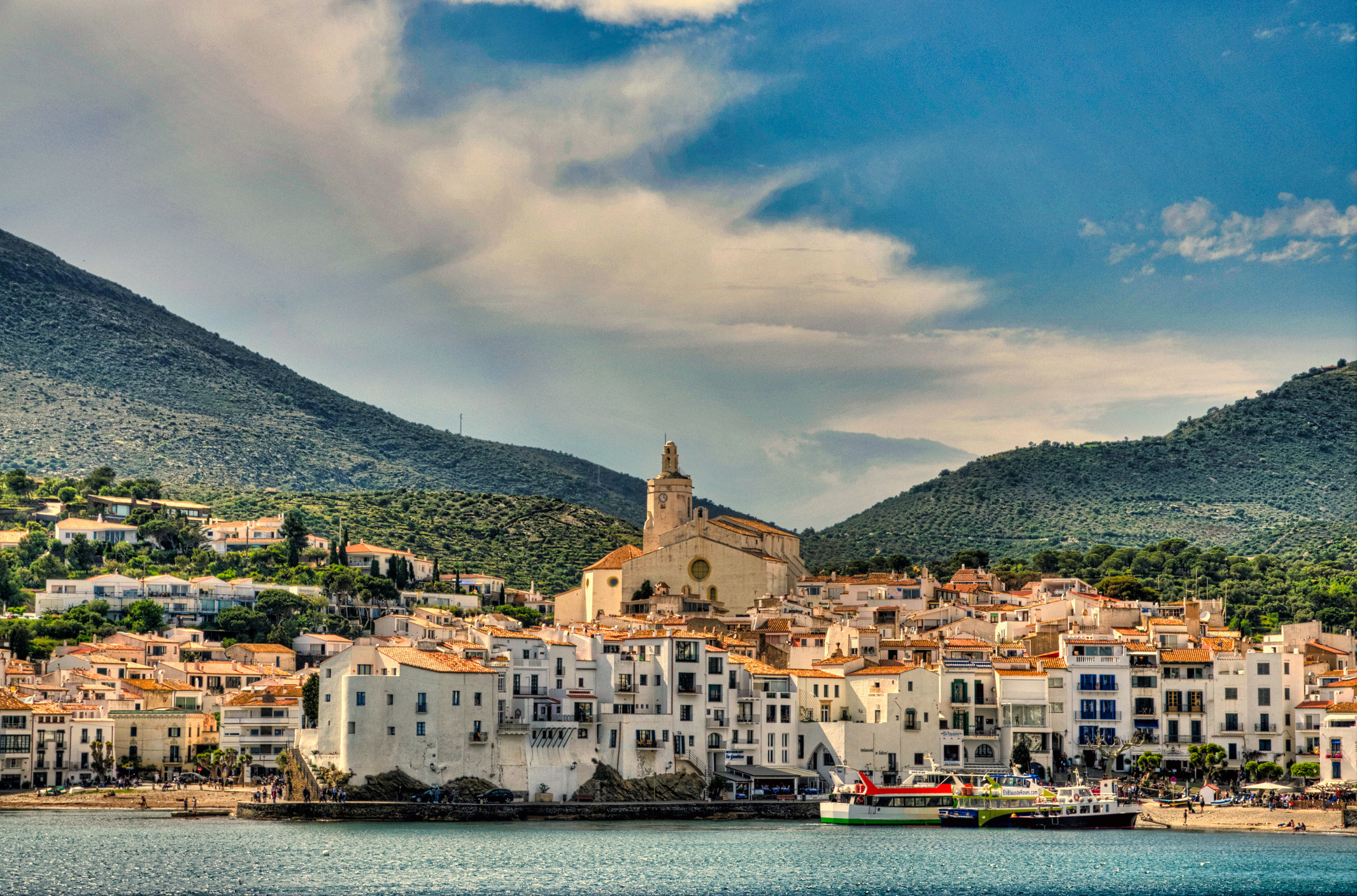
"People usually just go to Barcelona, but they overlook Girona just 100 kilometers away. It's a beautiful small city with an impressive old town. It's so beautiful that you might recognize the cathedral and other parts of the city from some Game of Thrones scenes."
— ropra7645
44. Overrated: The Waikiki Strip, Honolulu
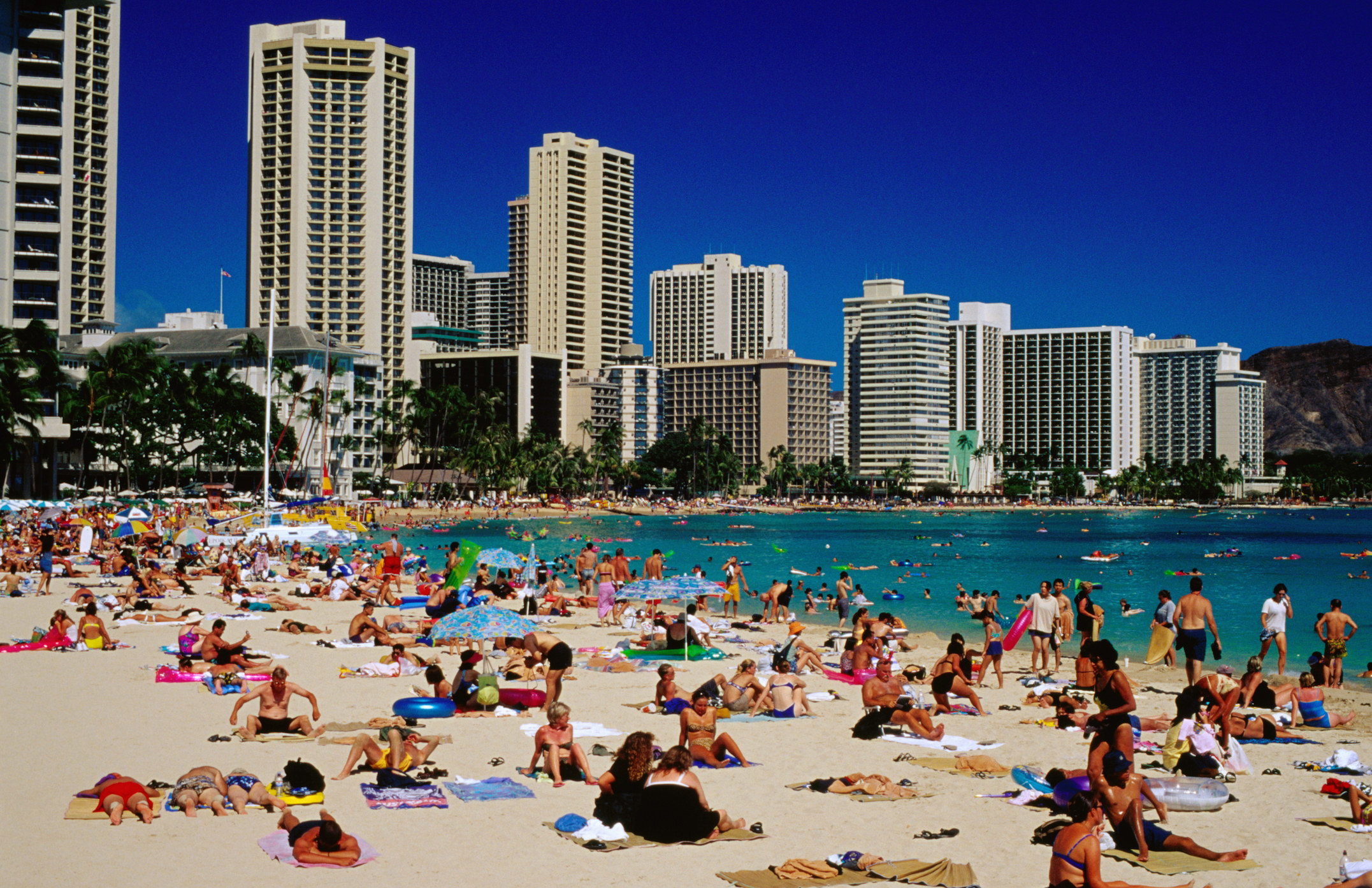
"There are so many cooler places on the island to spend your time." — u/Jubilies
"Oahu is absolutely beautiful and worth visiting, but stay away from Waikiki. It's overpriced, crowded, and the beach is tiny. Waimea Bay on the North Shore during the summer and Lanikai/Kailua beach during the winter are way better." — u/deleted
45. Overrated: Angkor Wat, Cambodia
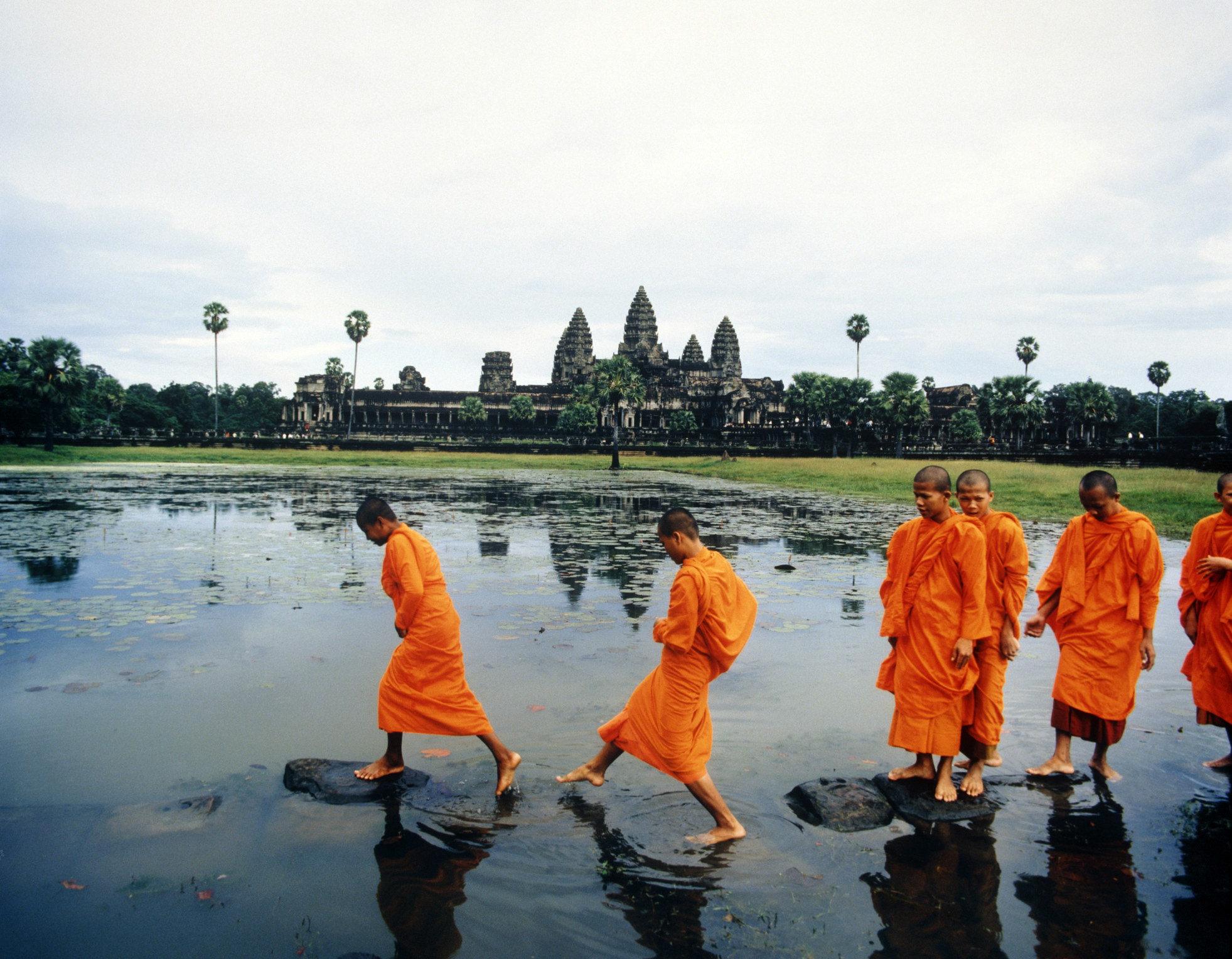
"It's so full of people that you can hardly move without stepping on someone's feet. And it's impossible to get photos without a million other tourists in them."
u/godless-life
46. Underrated: Giethoorn, Netherlands
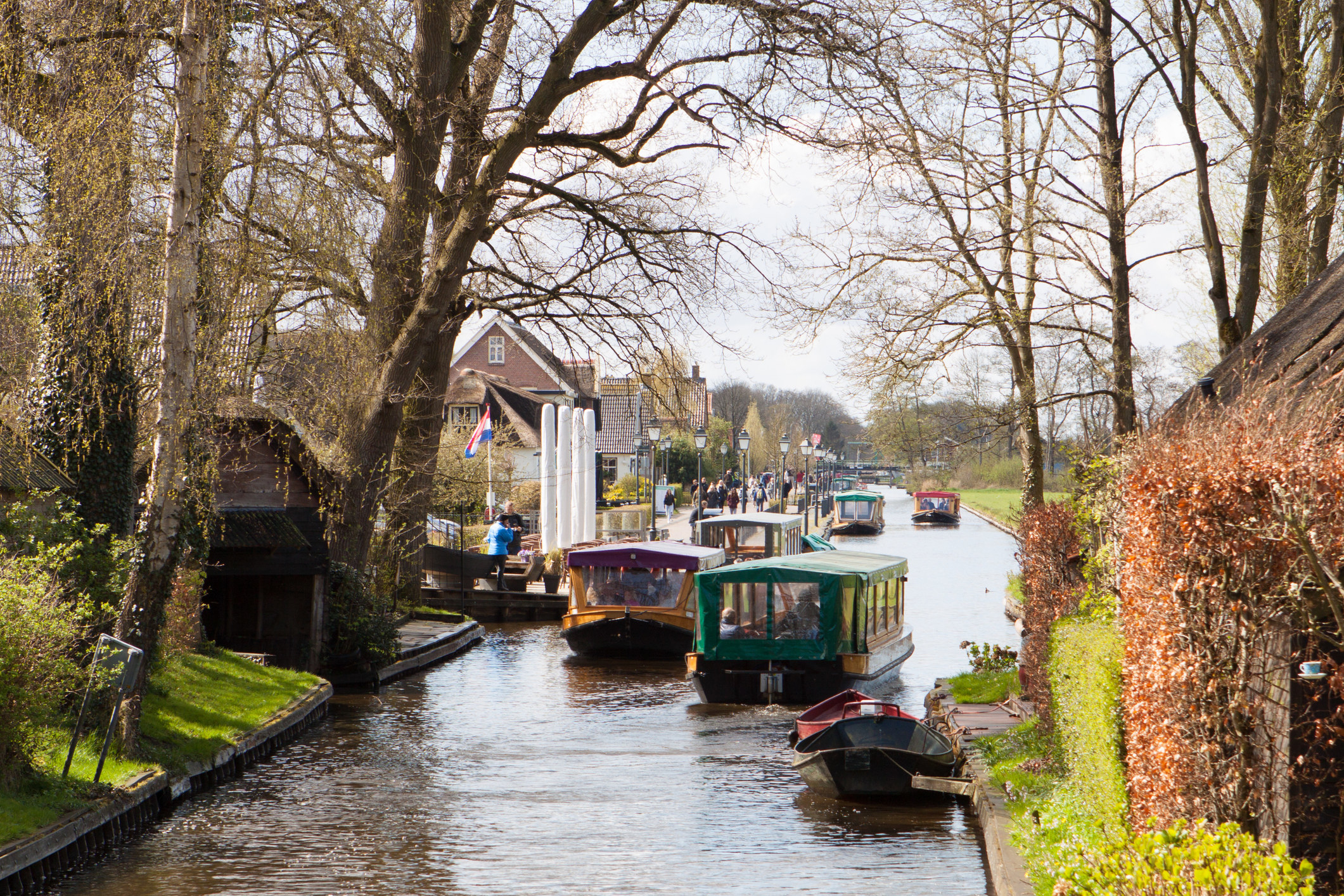
"It's a small village where you can sail on a boat through the canals and just enjoy the view. In the summer it can get a bit crowded, but it's a lovely city. There are restaurants along the canals where you relax and have a drink. Not many tourists know about it, but it's a must-visit if you're in the Netherlands."
— u/imjohnk
47. Overrated: The Great Wall of China, Beijing
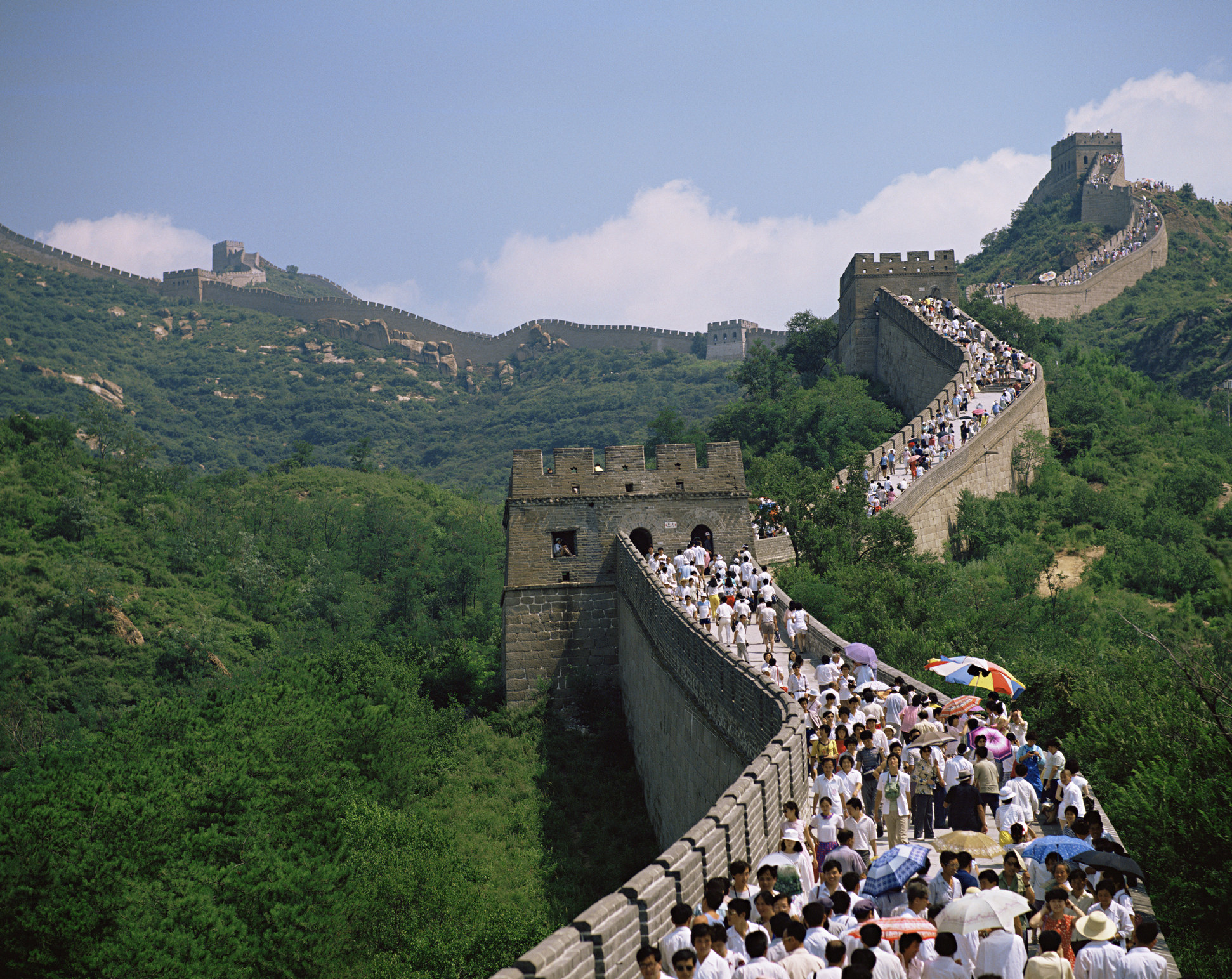
"If you go to the Great Wall of China, I'd suggest not going to the section right there in Beijing. It's newly rebuilt and touristy. For a much better experience, drive a ways out of the city to the Simatai section (120 kilometers northeast of Beijing). There, you'll find an original portion of the Great Wall that is uncrowded and more authentic."
— u/DownUpOverAndBack
48. Overrated: Myrtle Beach, South Carolina
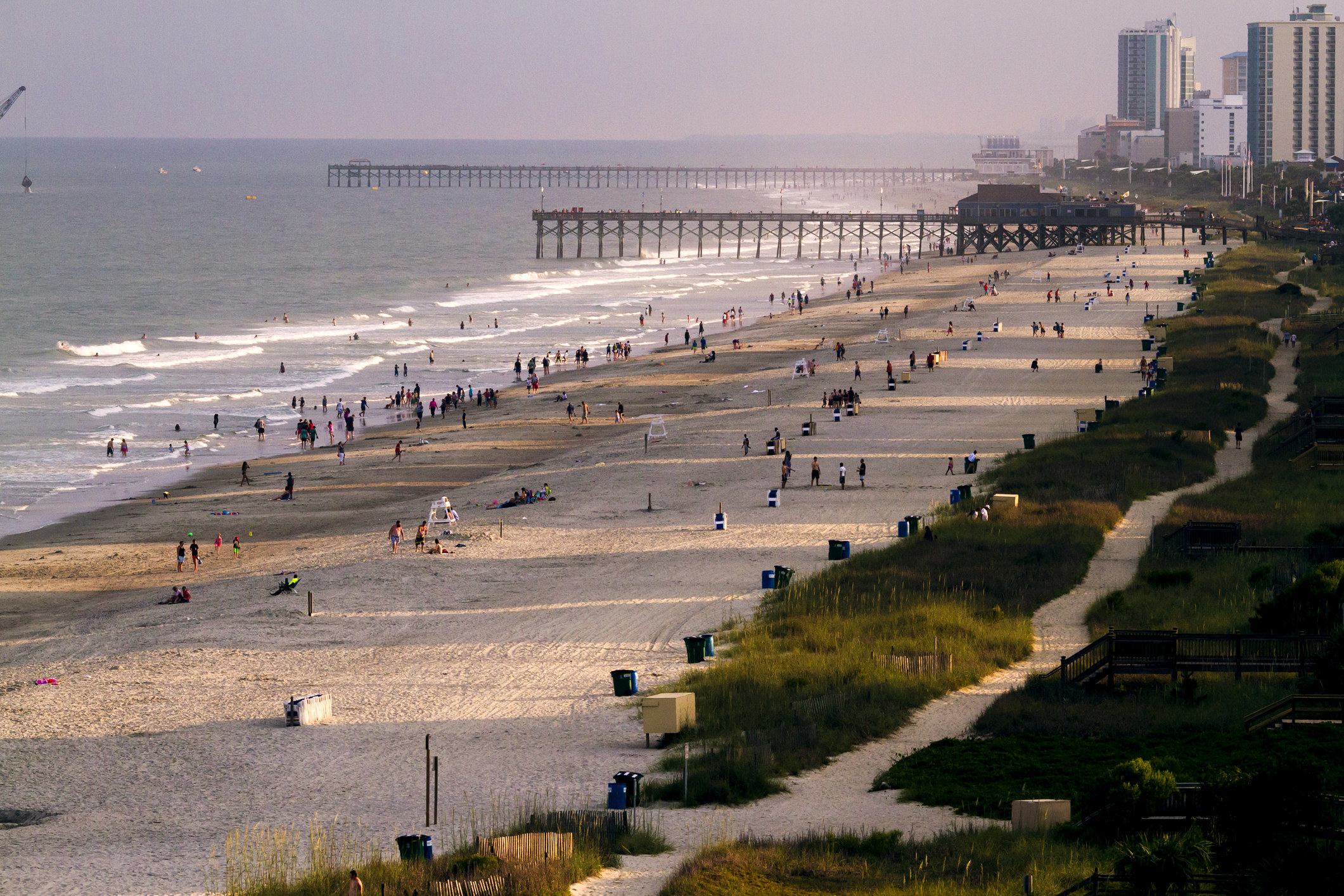
"If you're on the Carolina coast, go somewhere else like Charleston. It's so much nicer." — u/brokendowndryer
49. Underrated: Alentejo, Portugal
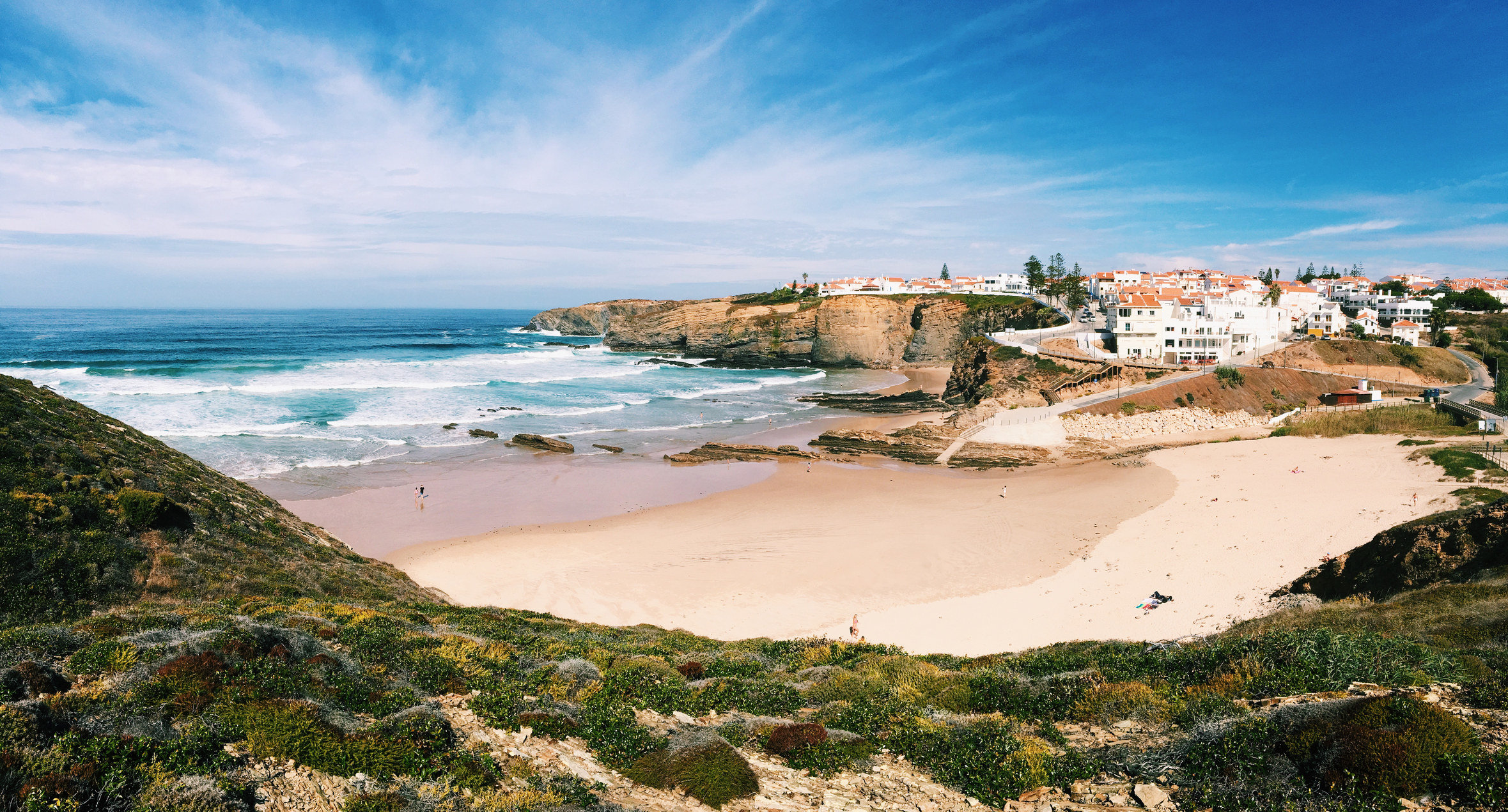
"If you're looking for a quiet vacation, Alentejo is for you. You can visit Roman ruins, old churches, and see Moorish architecture in southern Portugal. There's also a ton of natural beauty from lakes to rolling hills and big, open farms. The region makes great local wine, and the food is delicious too. You can easily combine a trip to Alentejo with a visit to Spain, a beachy getaway in the Algarve, or a city escape to Lisbon." — sarapm
50. Underrated: Mainland Greece
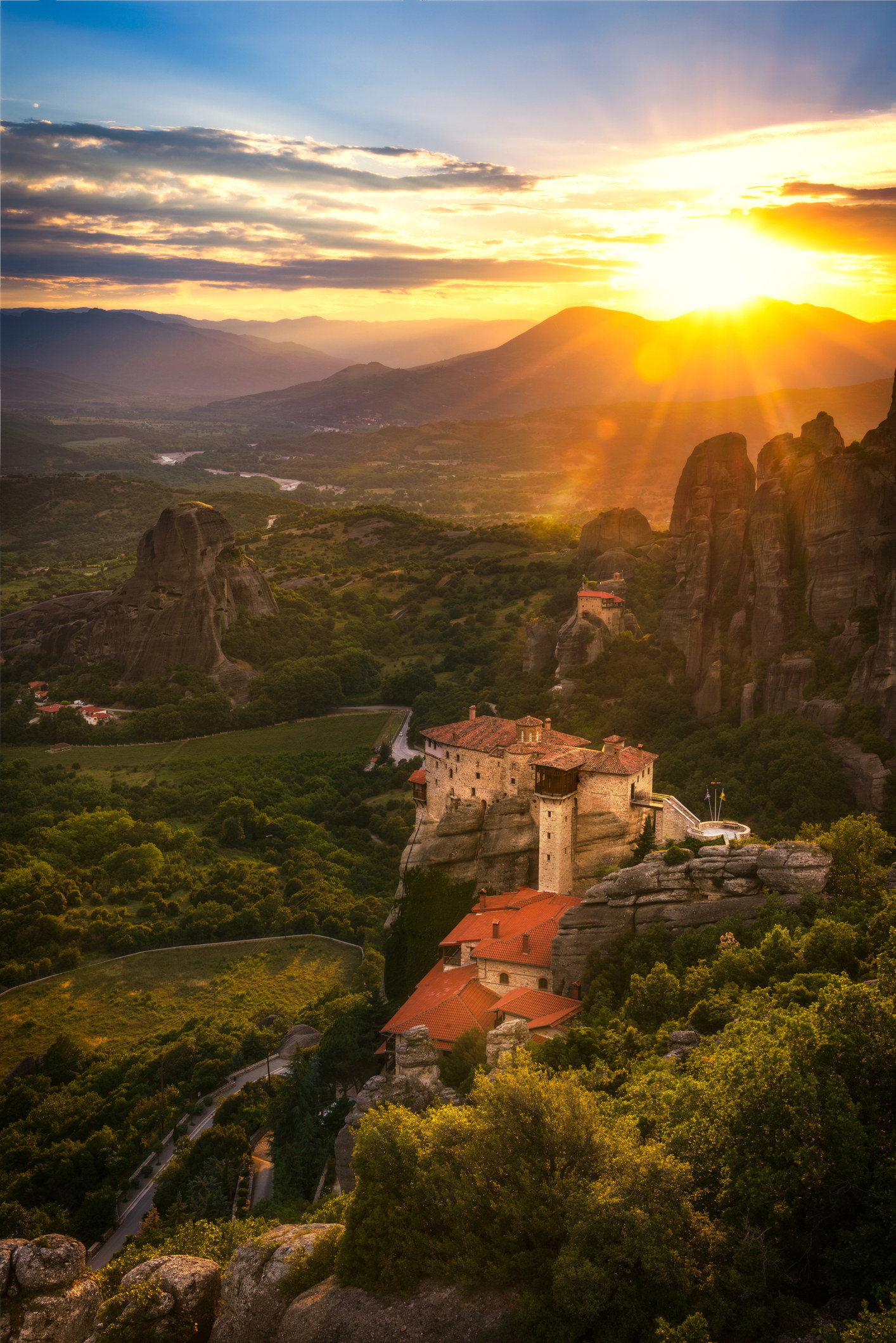
"Everyone travels to the Greek islands and doesn't really spend time in the north on the mainland, but regions in Northern Greece like Halkidiki are very nice too! And the mainland has a fairly overlooked repertoire of wildlife preserves."
— u/Pontios93
51. Overrated: Monaco
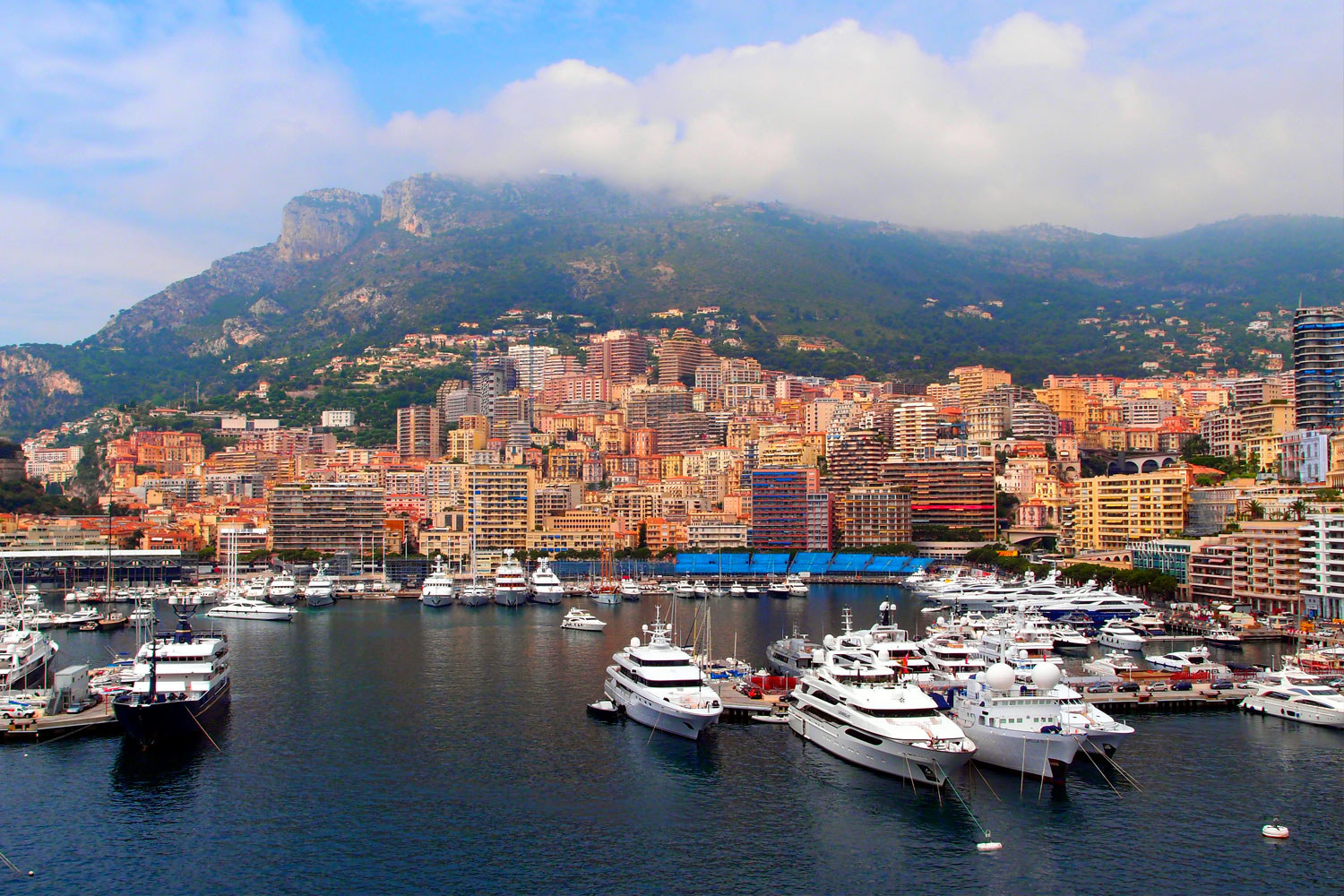
"I was in southern France and decided to take a quick trip to Monaco because I has heard great things about it. Once I got there though, I was thoroughly disappointed with the place. There was nothing but high-end clothing stores, extremely overpriced (and terrible) food, and docks filled with yachts. There was a complete absence of culture of anything interesting. It just felt like a place where ultra-rich people go to flaunt off their wealth."
52. Overrated: Goa, India
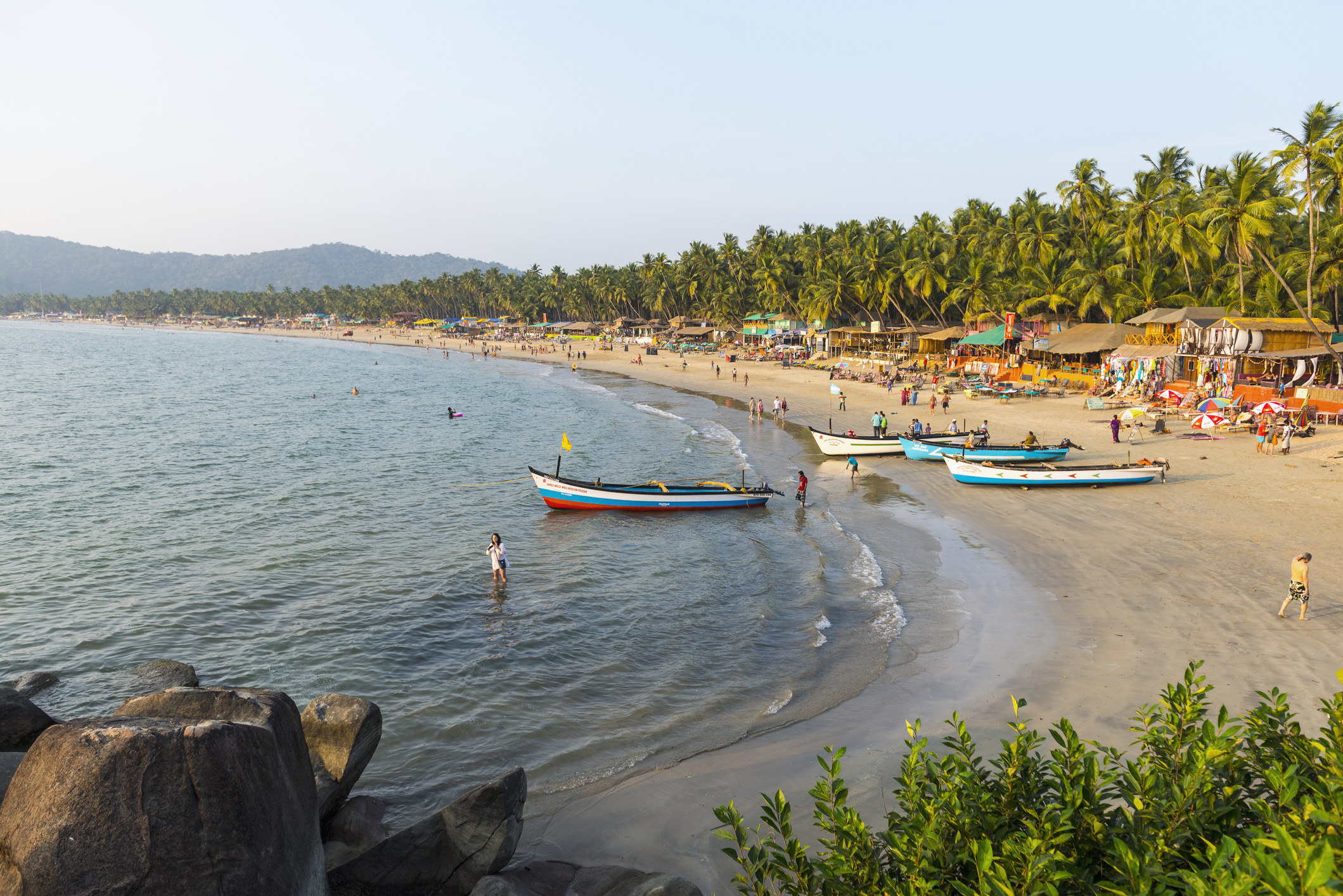
"Goa is talked up to be a legendary beach destination, but it really isn't that great. It's crazy busy, the water can be polluted, and it's not relaxing. If you're looking for a beach getaway, there are many better options."
—u/Thrill_Monster
53. Underrated: Adelaide, Australia

"Think: stunning wineries, a beautiful coast, and a vibrant food scene. The city itself is absolutely stunning, and the locals are so friendly. There's just as much to do in Adelaide as there is in Melbourne or Sydney."
— u/Gretchenmeows
54. Overrated: Venice, Italy

"Taking a gondola ride through the canals was cool, and the city itself is pretty, but Venice gets old quickly."
— u/GMen2613
55. Overrated: Caminito, Buenos Aires
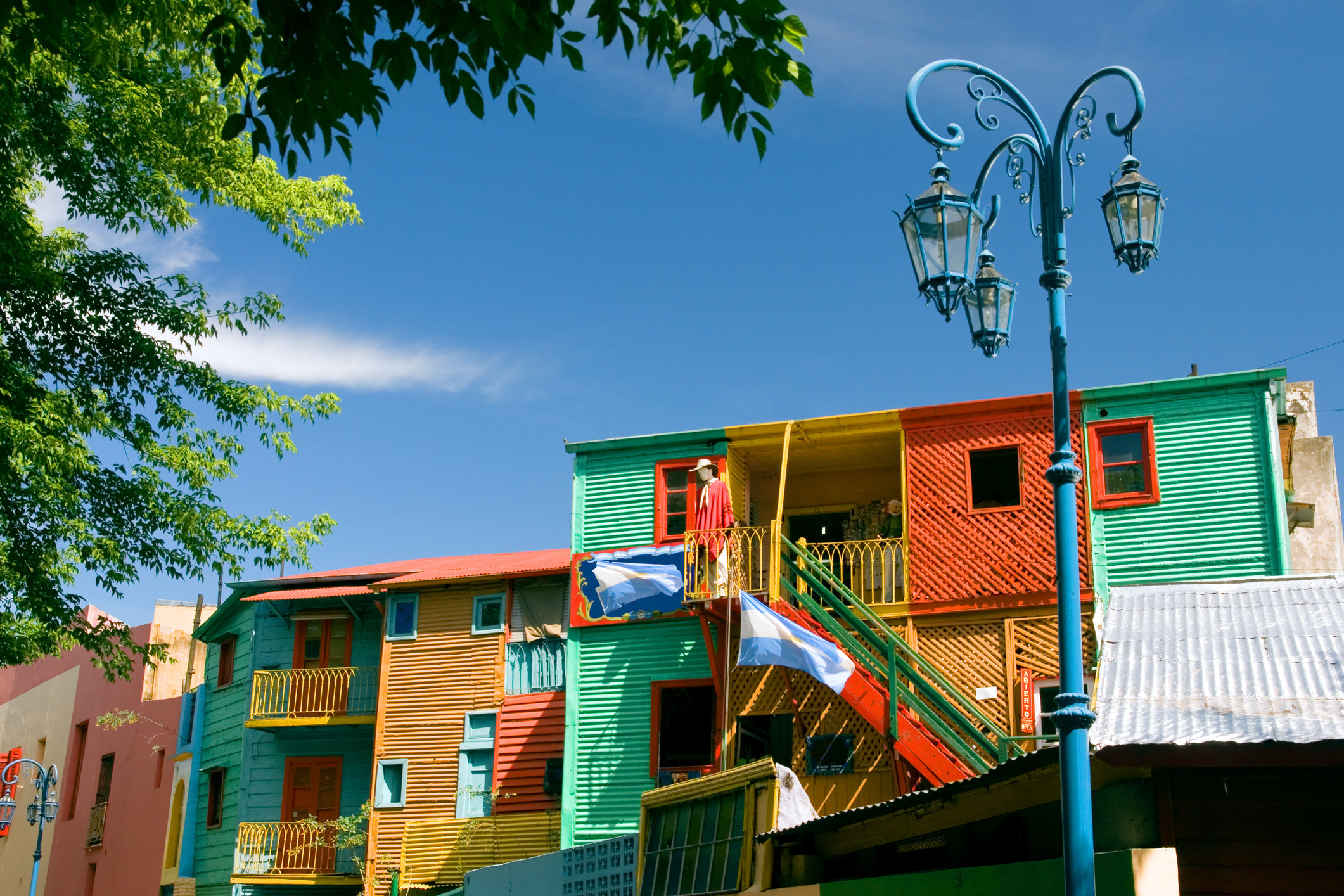
"Everything is massively overpriced, and if you venture out of the small triangle, it's not very safe. Stick to San Telmo and nicer neighborhoods like Recoleta, Palermo, and Belgrano."
— u/rivkasaurusrex
56. Underrated: Dry Tortugas National Park, Florida
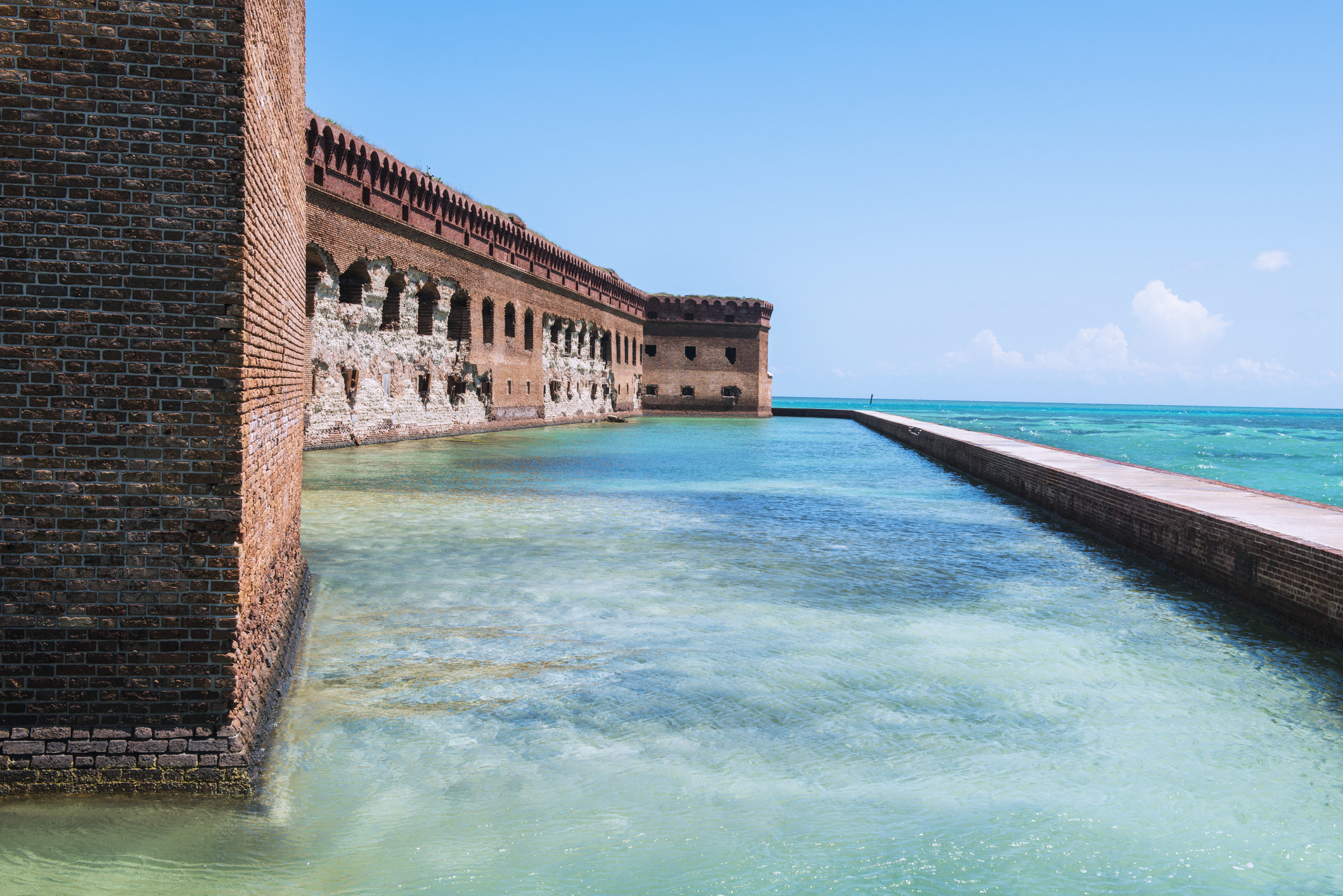
"Lots of people visit the Florida Keys for vacation, but many don't know about Dry Tortugas National Park. To get there, you take a ferry from Key West, and it's so beautiful. You can explore the fort and snorkel in the crystal clear water."
— leahd472a94326
57. Underrated: Pittsburgh, Pennsylvania

"It's usually overshadowed by Philadelphia, but Pittsburgh is severely underrated, in my opinion. The food scene is really good, and the arts and cultural districts are also very interesting. The Warhol Museum in particular is well worth a visit."
— TDiabeetus
58. Overrated: Montego Bay, Jamaica
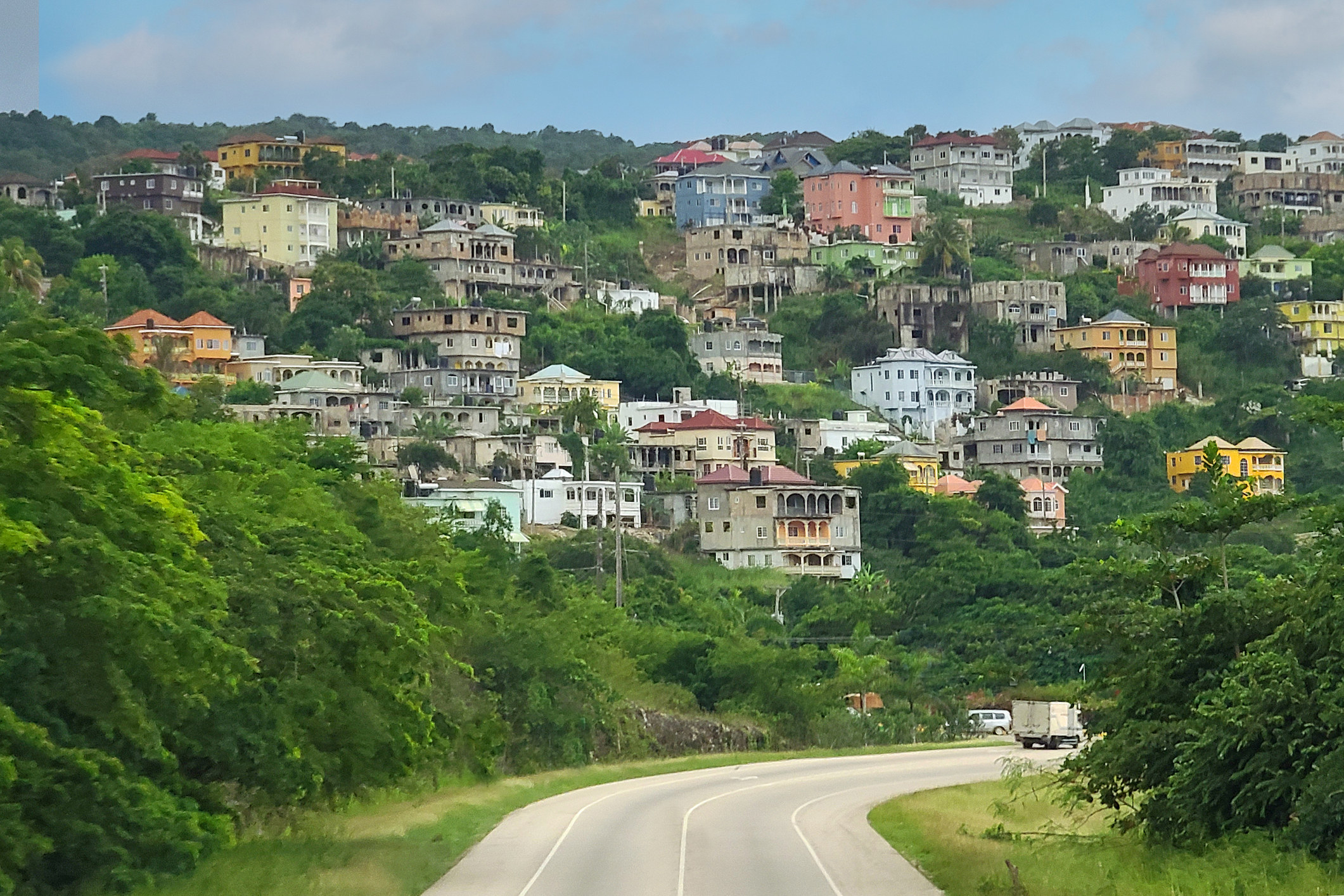
"I recently went to Jamaica as part of a Caribbean cruise. Montego Bay, in particular, was very beautiful, but I felt like everything was a scam to take your money. I didn't feel safe anywhere I went, and every place we were taken on a tour required that we spend money on something. Despite the natural beauty, the whole country is treated like a trash can, and there was garbage everywhere. It was very sad to see."
— u/deleted
59. Underrated: Asheville, North Carolina
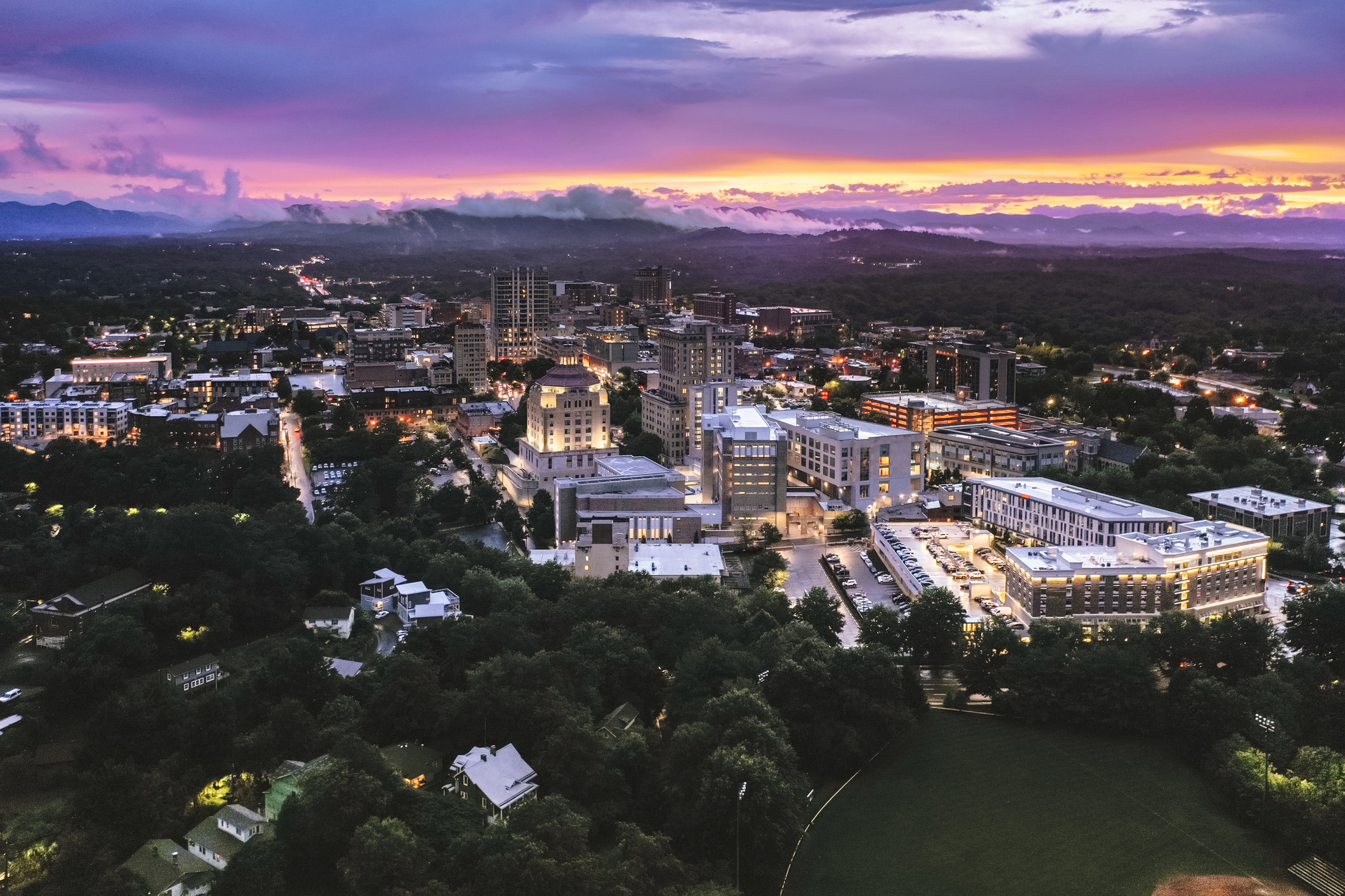
"If you like mountain towns, Asheville is a great little spot with lots to do, local bars, and a fun, relaxed atmosphere. In addition to the urban comforts, just outside of the city you can go skiing, snowboarding, and hiking."
— u/ Poncho44
Have you visited a place — a site, attraction, town, or city — that you found seriously overrated, or underrated? Tell us in the comments below!
Note: Responses have been edited for length and/or clarity.
Share This Article
Create a free account
- Gain access to free articles
- Daily free newsletter(s)
- Ability to comment on most articles
- Build your 3D avatar and gain points
- Everything in the Free plan
- Ad-free reading and browsing
- Unlimited access to all content including AI summaries
- Directly support our local and national reporting and become a Patron
- Cancel anytime.
Forgot my password
Please enter your email and we'll send you a new password request code.
Please complete your profile to unlock commenting and other important features.

, time to level up your local game.
We have a favour to ask.
MTL Blog is looking to transition to a more sustainable future where we are no longer as reliant on advertising revenue. Upgrade now and browse MTL Blog ad-free and directly support our journalism.

This is a Pro feature.
Time to level up your local game with mtl blog pro..
9 At-Risk Places You Should Not Visit In 2024, Travel Experts Say
Your travel footprint is heavier than you think.
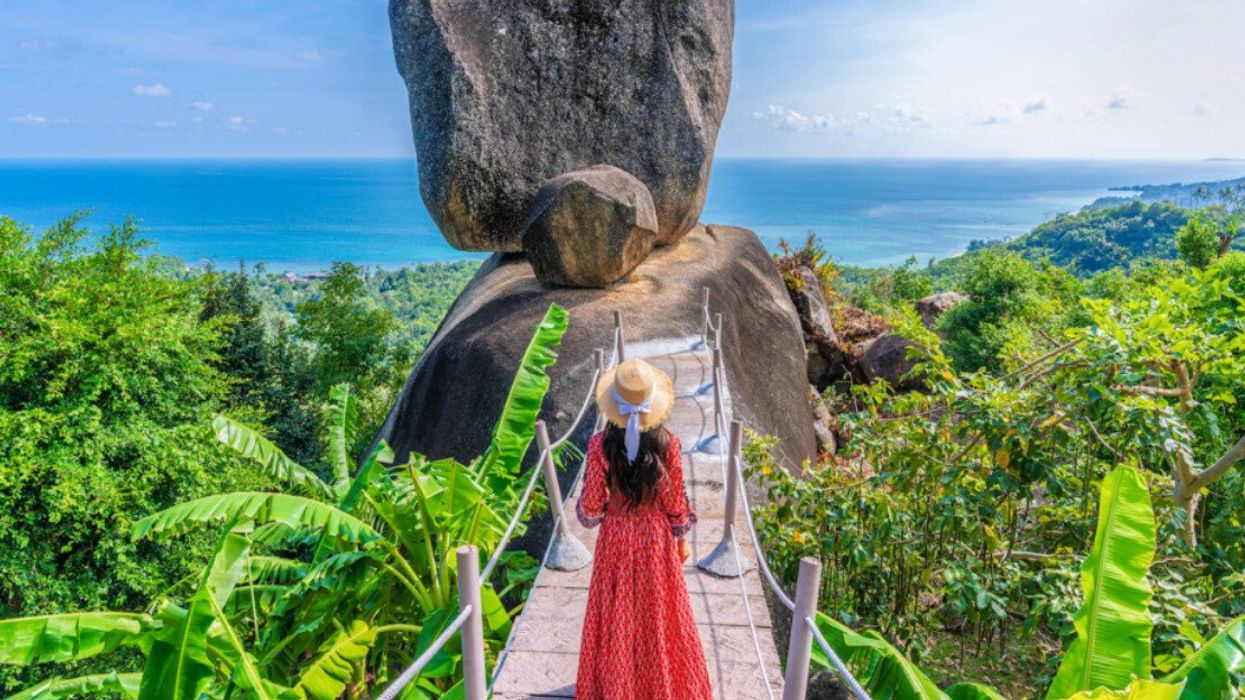
A tourist in a red dress and sunhat looks at the Overlap Stone in Koh Samui, Thailand.
Before you pack your bags and update that vacay story on Instagram, consider this: some of the world's most breathtaking destinations are gasping for air. In 2023, while the globe rotated it also resonated with environmental alarm bells , forcing us to confront the impact of our wanderlust.
Tourism, a booster of local economies and cultural connections, also packs a punch in the climate crisis . According to Fodor's "No List ," which draws attention to areas where tourism is taking a toll, travel enthusiasm has skyrocketed since the pandemic, contributing at least 8% to global greenhouse emissions.
Still, this year's "No List" isn't about crossing places off your bucket list; it's more about pausing to think before you take off. These are spots that really need a break – from natural beauties pleading for a pause in foot traffic to cultural areas sending an SOS for sustainable tourism practices.
It's about being a traveller who leaves a positive mark. For starters, here are some places to postpone visiting:
Venice, Italy
Lots of people and boats along the Canal Grande in Venice, Italy.
Ron Lima | Dreamstime
Despite efforts to manage the influx of visitors, including a proposed €5 entry fee for day tourists , concerns persist about its effectiveness. The fee, applicable on select days, is seen as too nominal to deter tourists, likening Venice to a theme park. The city's appearance on tourism watchlists emphasizes the imbalance between visitors and residents, with local populations dwindling and traditional businesses replaced by tourist-oriented shops.
The broader impact of tourism extends to environmental and infrastructural strains. The increase in budget hotel guests burdens Venice’s transport systems, while motorboat traffic damages architectural foundations. UNESCO's consideration to list Venice as a World Heritage site in danger underscores the severity of these issues.
Athens, Greece
The entrance of the Athena Nike temple ruins in the Acropolis of Athens, Greece.
Alexandre Fagundes De Fagundes | Dreamstime
Athens, a city steeped in history, is grappling with the consequences of overtourism, especially at the Acropolis, its iconic UNESCO World Heritage Site. The surge in visitor numbers, reaching around 17,000 per day, is straining the ancient structures and undermining the site's integrity. Negligence has led to physical damage to monuments and the underlying historical bedrock.
Surrounding neighbourhoods like Plaka are being eroded as traditional homes give way to commercial tourism ventures like Airbnb. The situation is worsened by recent developments, such as the paving of parts of the Acropolis without a proper management plan, which has covered historical artifacts and altered the site's historic fabric.
Mount Fuji, Japan
Krisada Wakayabun | Dreamstime
The sacred mountain, historically a site of pilgrimage, now attracts vast numbers of hikers, resulting in environmental degradation and safety risks. Many visitors leave behind trash, including urine-filled bottles, and often avoid paying the voluntary fee meant for conservation and safety measures.
Climbing the 3,776-metre peak is not just a physical challenge; it poses dangers like hypothermia, altitude sickness, and injuries from falling rocks. The trend of "bullet climbs" – hiking through the night without proper rest – exacerbates these risks. The trails are congested, creating bottlenecks and increasing the danger of accidents.
The influx of visitors not only affects the summit but also the popular starting point, Fuji Subaru Line 5th Station, where the environment suffers under the strain of tourism and commercialization. Local communities are calling for safety measures and a cap on the number of hikers, but these plans are yet to be implemented.
San Gabriel Mountains National Monument, California
Hikers on the popular Devil's Backbone trail near the summit of Mt Baldy.
trekandshoot | Dreamstime
The San Gabriel Mountains National Monument, covering parts of the Angeles and San Bernardino National Forests, is a critical green space for Los Angeles County. Designated in 2014, it aimed to be an urban oasis but now suffers from environmental degradation due to over-tourism and insufficient management.
The area is plagued with trash and vandalism. Habitat disruption is part of the problem, including damming rivers which affects endemic species like the Santa Ana sucker fish. The monument, rich in biodiversity and Indigenous history, needs a collective commitment to its preservation and respect for its natural and cultural heritage.
Ha Long Bay, Vietnam
Dozens of boats in Ha Long Bay.
Biennguyen | Dreamstime
Ha Long Bay in Vietnam, a UNESCO World Heritage Site, is grappling with severe environmental issues due to over-tourism and insufficient waste management. Attracting over seven million visitors yearly, the bay suffers from visible pollution, including plastic and oil slicks from boats. Despite a ban on single-use plastics, enforcement is weak, with tourists often encountering floating trash. The local fishing communities add to the problem, using Styrofoam buoys that degrade into harmful microplastics, contaminating the marine ecosystem and affecting food safety.
The bay faces further challenges from the sheer volume of tourist boats, many using polluting diesel, leading to experiences like swimmers emerging covered in diesel film. Additionally, Ha Long City’s development outpaces its waste treatment capabilities, exacerbating the pollution. Measures like visitor number control, a cleanup-focused tourist tax, and stricter environmental compliance for boats are essential to preserve the bay's natural beauty and UNESCO status.
Atacama Desert, Chile
The Mano del Desierto sculpture of a hand in Chile's Atacama Desert.
Kseniya Ragozina | Dreamstime
The Atacama Desert, Chile's natural wonder, faces an environmental crisis due to the fast-fashion industry. As South America's largest importer of used clothing, Chile receives around 60,000 tons of garments annually, mostly from the U.S., Europe, and Asia. In Iquique, a significant portion of these clothes that can't be resold ends up in the Atacama Desert, leading to a massive textile dump visible from space. These textiles, often non-compostable blends, harm the environment.
Local attempts to manage this waste through burning release toxic compounds, impacting wildlife and the health of nearby communities, especially in financially constrained areas like Alto Hospicio. Recycling efforts have been minimal and ineffective, and the government's environmental policies don't adequately address textile waste. This crisis not only threatens Atacama's unique biodiversity but also contradicts Chile's promotion of sustainable tourism, highlighting a stark disparity between marketing and environmental management.
Lake Superior
Polluting jet skies on Lake Superior.
Picturemakersllc | Dreamstime
Lake Superior, the largest freshwater lake by surface area, is under threat due to multiple environmental challenges. Despite its vastness, it faces serious issues that include fish consumption advisories, invasive species, and the impacts of overtourism, particularly in Michigan's Upper Peninsula. The lake's ecosystem is being compromised by pollutants, leading to advisories against consuming certain fish species, which affects the health and traditions of local communities, especially Indigenous ones like the Ojibwe.
Rising water temperatures are resulting in harmful algal blooms, and the influx of tourists is putting additional strain on the environment and local infrastructures. Invasive species such as sea lamprey and zebra mussels are further endangering the native wildlife. The combination of these factors makes visiting Lake Superior a concern for those mindful of preserving its natural beauty and ecological balance.
Ganges River, India
The Ganges river at the holy city of Varanasi, India.
Benjamin Maclean | Dreamstime
The Ganges River in India, a lifeline for over 500 million people and central to Hindu spirituality, is facing new challenges with the rise of luxury river cruises, like the MV Ganga Vilas. The trend exacerbates existing problems of severe pollution and reduced flow, threatening the river's health. Nearly 800 million gallons of untreated sewage enter the Ganges daily, impacting those living along its banks. Tourism, including large religious gatherings, further strains the river's ecosystem, complicating waste and water management efforts.
Conservationists are particularly concerned about the endangered Ganges river dolphin, as cruise activities disrupt their habitat and echolocation abilities. Despite claims of sustainability, the expansion of river cruising on the Ganges poses a serious risk to its already fragile ecosystem.
Koh Samui, Thailand
The golden Buddha statue surrounded by tourists at one of the most famous landmarks in Koh Samui,Thailand.
Surasaki | Dreamstime
This popular Thai island is facing a critical freshwater shortage, exacerbated by an influx of tourists post-COVID. The island, famous for its palm-fringed beaches and luxury resorts, has seen a dramatic reduction in rainfall and a surge in water demand. The crisis has led to severe water rationing, raising concerns about depleting local aquifers.
While tourism is the island's economic backbone, hotels and restaurants use nearly 70% of the daily water supply. Businesses and residents are grappling with the crisis, and have to spend exorbitant amounts to buy water regularly due to inadequate supply.
- Canadian Travellers Will Soon Have A New Fee To Visit Europe ›
- Canada Has Issued Travel Advisories For These 7 Popular Tourist Spots ›
- All The At-Risk Traveller Hotspots To Avoid In 2023, According To A Major Travel Guide ›
- The Top Travel Destinations Of 2024 Were Ranked & Quebec Made The Cut - MTL Blog ›
- Canada Has Issued Travel Advisories For These 7 Holiday Hotspots - MTL Blog ›
- Canada Has Issued Travel Advisories For These High-Risk Holiday Hotspots In Europe - MTL Blog ›
- Canada Has Issued Travel Advisories For These 7 Risky Spots - MTL Blog ›
- A New Map Tells Travellers Which Countries To Avoid In 2024 - MTL Blog ›
- The Safest Countries To Visit In 2024 Were Ranked & Canada Came Out On Top - MTL Blog ›
- Canada Has Issued Travel Advisories For These Popular Vacation Spots In 2024 - MTL Blog ›
Already have an account? Log in
Create an account to keep reading.
1. choose a plan.
Limited access to free articles
Unlimited access to all content, AI summaries, ad-free browsing and directly support our reporting by becoming a Patron 🙏. Cancel anytime.
2. Create your account
Canada has issued travel advisories for these 11 popular vacation spots, canada has issued travel advisories for these 9 vacation hotspots, canada has issued travel advisories for these 7 tourist destinations, canada has issued travel advisories for these 10 summer destinations, canada has issued travel advisories for these 9 countries, canada has issued travel advisories for these 7 holiday hotspots, these montreal tourist attractions were ranked among the 'most disappointing' in canada, montreal was ranked among the best cities in the world, 26 things to do in and around montreal that are totally accessible, canadian travellers are picking a city in southeast asia over us destinations, an industrial area near downtown montreal could get a new urban beach, a new map tells travellers which countries to avoid in 2024.
Protect Your Trip »
Best places to visit in may 2024.
With its pleasantly warm weather and thinned crowds, May is the perfect time to take a trip before the expensive summer season. Considering sights, weather, traveler sentiment and annual events (among other factors), U.S. News rounded up the best places to visit in May. Whether you're looking for an outdoor adventure in a national park, a quick Memorial Day getaway or a leisurely beach vacation , you can't go wrong with these destinations. Vote for your favorite locales below to help determine next year's list.
Bryce Canyon National Park
Laguna beach, st. vincent & the grenadines, victoria & vancouver island, yellowstone national park.

When May comes around in Bryce Canyon National Park, the snow is nearly gone, which means the park's main road and popular trails are likely to be open. Highs are typically in the 60s during the day, too – ideal conditions for hiking and biking this Utah park's paths. Visitor numbers start to ramp up this month, but it's still early enough in the season that you're unlikely to have to jostle for a view at the popular Bryce Point, which overlooks Bryce Amphitheater, a landscape of otherworldly rock spires (called hoodoos).

This Portuguese island chain in the Atlantic Ocean offers a little bit of everything for active travelers, from geoparks and waterfall hikes to paragliding. Though the weather here is always a bit unpredictable, the chances of wind and rain are lower in May. The water temperature also begins to warm up for must-do activities like snorkeling or swimming with dolphins, and with fewer swells than the winter months, beginner surfers will feel more comfortable trying to hang ten. As an added bonus, the biggest festival in the Azores – the Feasts of Santo Cristo dos Milagres – typically occurs in May.

Travelers looking for a vacation filled with unique and heart-pumping activities should set their sights on Cappadocia. This mountainous region in central Turkey is home to a UNESCO-listed national park, centuries-old underground cities, ancient cave dwellings, magnificent rock formations and more. Plus, thanks to average temperatures in the 60s and 70s in May, activities like soaring high above the Göreme Valley on a hot air balloon tour and driving a four-wheel-drive vehicle past fairy chimneys couldn't be more pleasant.

As one of the warmest and driest times of year in Palawan, May welcomes travelers with open arms. Take advantage of the minimal rainfall by experiencing all of the outdoor activities and attractions that this Philippine island has to offer –spoiler alert, there are a lot. Spend time relaxing on Palawan's white sand beaches, island-hopping or even swimming with gentle whale sharks. Water sports are popular in this destination as well, from diving Tubbataha Reef to kayaking El Nido's Big Lagoon.

Visiting Granada, Spain, in May is a no-brainer. Average temperatures in the mid-70s, blooming flower displays (at Generalife Gardens) and a full roster of events make this Andalusian city a must-visit in the spring. Día de la Cruz and Feria del Corpus Christi, two of the city's most popular celebrations, are both held in May, and travelers won't want to miss seeing Granada come alive with music, flamenco dancers and more. Save time during your trip for a guided tour of the Alhambra and strolling through the Albaicín neighborhood.

May falls within this Peruvian city's winter season, though you probably wouldn't notice thanks to its consistently mild temperatures (highs hover in the 60s). This month rarely sees rain showers, and you'll encounter fewer tourists at archaeological wonders like La Catedral – which sits in the restaurant- and coffee shop-filled Plaza de Armas – and Machu Picchu – a bucket list destination and UNESCO World Heritage Site located about 50 miles northwest of Cusco. If you're up for a challenge, hike the Inca Trail to Machu Picchu. This difficult trek through the area's towering mountains takes about four days to complete.

With 33 beaches, this eastern Caribbean island is a sun worshipper's dream, and May temperatures in the upper 70s and 80s are perfect for basking on its white sands . Spend warm days venturing to offshore cays, exploring fishing villages and watching yacht races during the Anguilla Regatta, typically held every May. Since this is the start of the island's rainy season, the weather can be wetter and more humid than the winter months, but visitors will be rewarded with cheaper accommodations.

May is a great time for a trip to this seaside Spanish city before the heat and humidity become unbearable. Can't-miss architectural marvels to check out include Antoni Gaudí's whimsical Park Güell and the Gothic-style Sagrada Família. Budget time for visiting some of Barcelona's highly regarded museums, such as the Picasso Museum, and relax at Barceloneta beach before stopping at a nearby seafood restaurant for some of the best paella in the city. What's more, the city plays host to a number of events come May, including film and music festivals

Craggy coastline views, a world-famous aquarium and a superb farm-to-table dining scene draw tourists of all types to Monterey, California. Though temperatures here remain in the 60s for most of the year, rainfall drops significantly in May. Popular festivals also make this a great time of the year to visit. Come early in the month for the Pacific Grove Good Old Days Street Festival, which showcases local artisans and craft vendors, plus a variety of food booths. And near the end of the month, the three-day California Roots Music & Arts Festival celebrates reggae artists.

Visit Laguna Beach for a perfect sunny-and-70, laid-back beach vacation. May is part of this Southern California town's spring shoulder season, so you'll find fewer people on popular stretches of sand like Main Beach and Crescent Bay Beach. Plus, the quieter month is ideal for relaxation-focused activities, such as outdoor yoga and hiking. When travelers need a break from reconnecting with themselves or nature, they can check out Laguna Beach's thriving art scene, which includes hundreds of galleries, studios and public works of art.

Bright turquoise water, gorgeous white sand and lush green vegetation await vacationers in St. Vincent and the Grenadines. Composed of 32 islands and cays, this Caribbean archipelago is perfect for a tropical getaway. May falls between the country's peak winter season and its hurricane-prone low season, making it an ideal time for scuba diving and snorkeling in the Tobago Cays Marine Park, swimming and soaking up some rays at Canouan's beaches and hiking to beautiful waterfalls like Dark View Falls. Travelers will also want to check out the country's 20-acre Botanical Gardens, the oldest available in the Western Hemisphere.

Victoria, British Columbia's capital city, sits on the southern portion of Vancouver Island. Not only does this Canadian destination boast comfortable highs in the low 60s in May, it is just a short ferry ride from Seattle (less than three hours), making it perfect for a quick weekend getaway . Spend your visit strolling through the 55-acre Butchart Gardens, which are bursting with colorful tulips and cherry blossoms come May, then get out on the water on a whale watching tour. Before heading home, don't forget to shop for souvenirs along Government Street.

Considered the birthplace of democracy and drama, Athens boasts a historical legacy that is hard to top. The main reason to visit is to see the ancient city's impressive ruins, which you'll find at the Acropolis and Ancient Agora. For an additional look at Athens' past, check out the incredible Greek artifacts on display at the National Archaeological Museum and the Benaki Museum of Greek Culture. May vacations are especially enjoyable thanks to comfortable daytime temps hovering in the mid-70s.

By late May, most of Yellowstone's trails and must-see attractions are open, welcoming eager nature enthusiasts seeking a breath of fresh air. The average 50-degree temperatures provide a brisk but comfortable atmosphere for a hike on one of the Old Faithful area's trails or a kayaking excursion on Yellowstone Lake. For a glimpse of wildlife, head to Lamar Valley to view wolf pups emerging from their dens. Keep in mind that if you visit during Memorial Day weekend, you'll likely run into crowds.

With warm weather year-round (average temperatures sit in the 80s), there's never a bad time to visit Singapore. But in May, this Asian city-state on the southern tip of the Malay Peninsula welcomes events such as the Singapore Cocktail Festival, the Singapore International Festival of Arts and the Singapore HeritageFest. When you're not enjoying your time at one of Singapore's cultural events, check out top attractions like Gardens by the Bay, a futuristic nature park that is home to the Supertree Observatory and the Cloud Forest.
Vote to Add these Destinations to the Rankings

Kruger National Park

Mont-Tremblant

Miami Beach

Newport, RI

Mexico City

Indianapolis
You may be interested in.

Best Places to Visit in Spring

Best National Parks in the World for 2024

Best Places to Visit in April 2024

Best Spring Break Destinations for Families

Best Places to Visit in June 2024

Best Beaches in the World for 2024
If you make a purchase from our site, we may earn a commission. This does not affect the quality or independence of our editorial content.
Recommended
The 50 Best Hotels in the USA 2024
Christina Maggitas February 6, 2024

The 32 Most Famous Landmarks in the World
Gwen Pratesi|Timothy J. Forster February 1, 2024

9 Top All-Inclusive Resorts in Florida for 2024
Gwen Pratesi|Amanda Norcross January 5, 2024

24 Top All-Inclusive Resorts in the U.S. for 2024
Erin Evans January 4, 2024

26 Top Adults-Only All-Inclusive Resorts for 2024
Zach Watson December 28, 2023

Solo Vacations: The 36 Best Places to Travel Alone in 2024
Lyn Mettler|Erin Vasta December 22, 2023

26 Cheap Beach Vacations for Travelers on a Budget
Kyle McCarthy|Sharael Kolberg December 4, 2023

The 50 Most Beautiful White Sand Beaches in the World
Holly Johnson December 1, 2023

The 26 Best Zoos in the U.S.
Rachael Hood November 16, 2023

44 Cheap Tropical Vacations That Feel Expensive
Holly Johnson|Alissa Grisler November 10, 2023


The Zen Parent
10 Places in the World You Shouldn’t Travel to With Kids & 10 You Absolutely Should
Posted: March 17, 2024 | Last updated: March 17, 2024
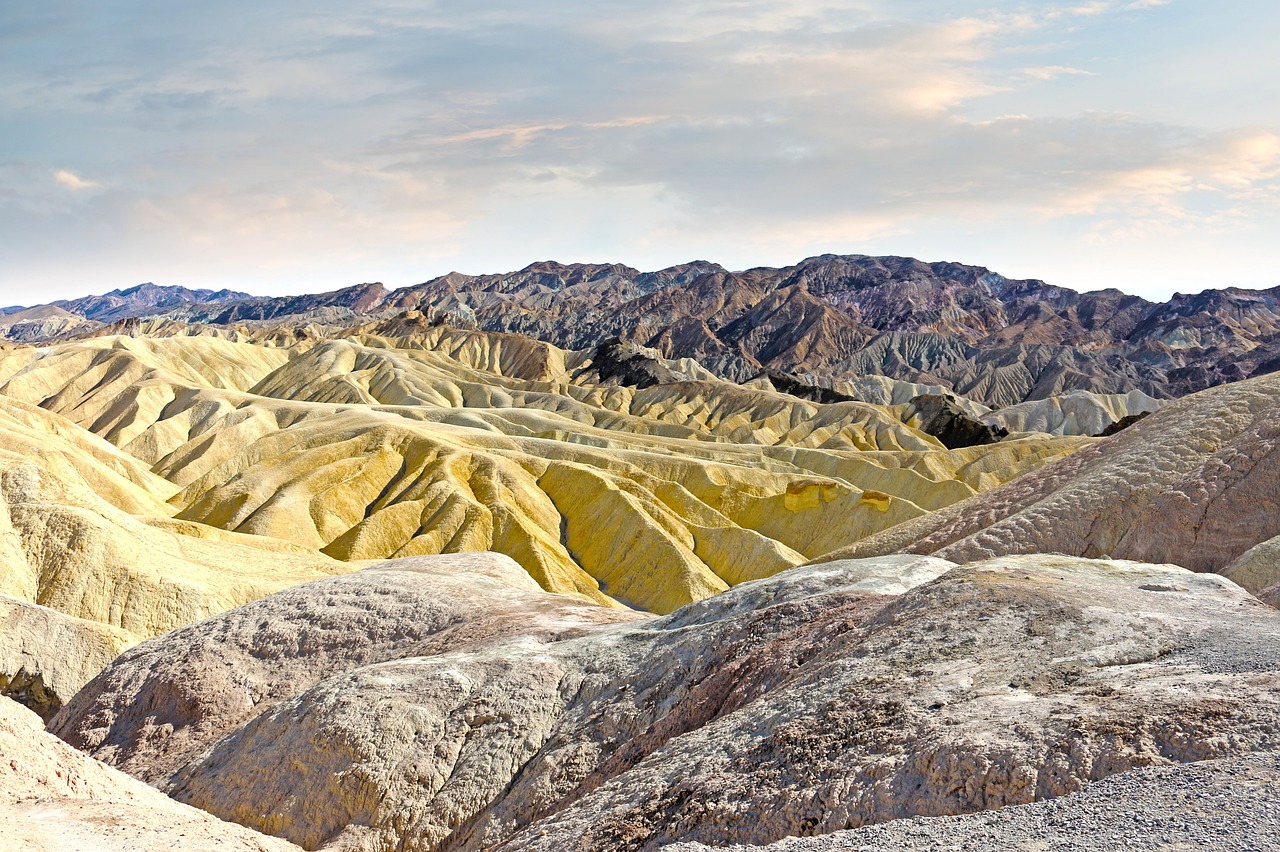
1. Death Valley National Park, USA

2. Pamplona, Spain

3. Chernobyl, Ukraine
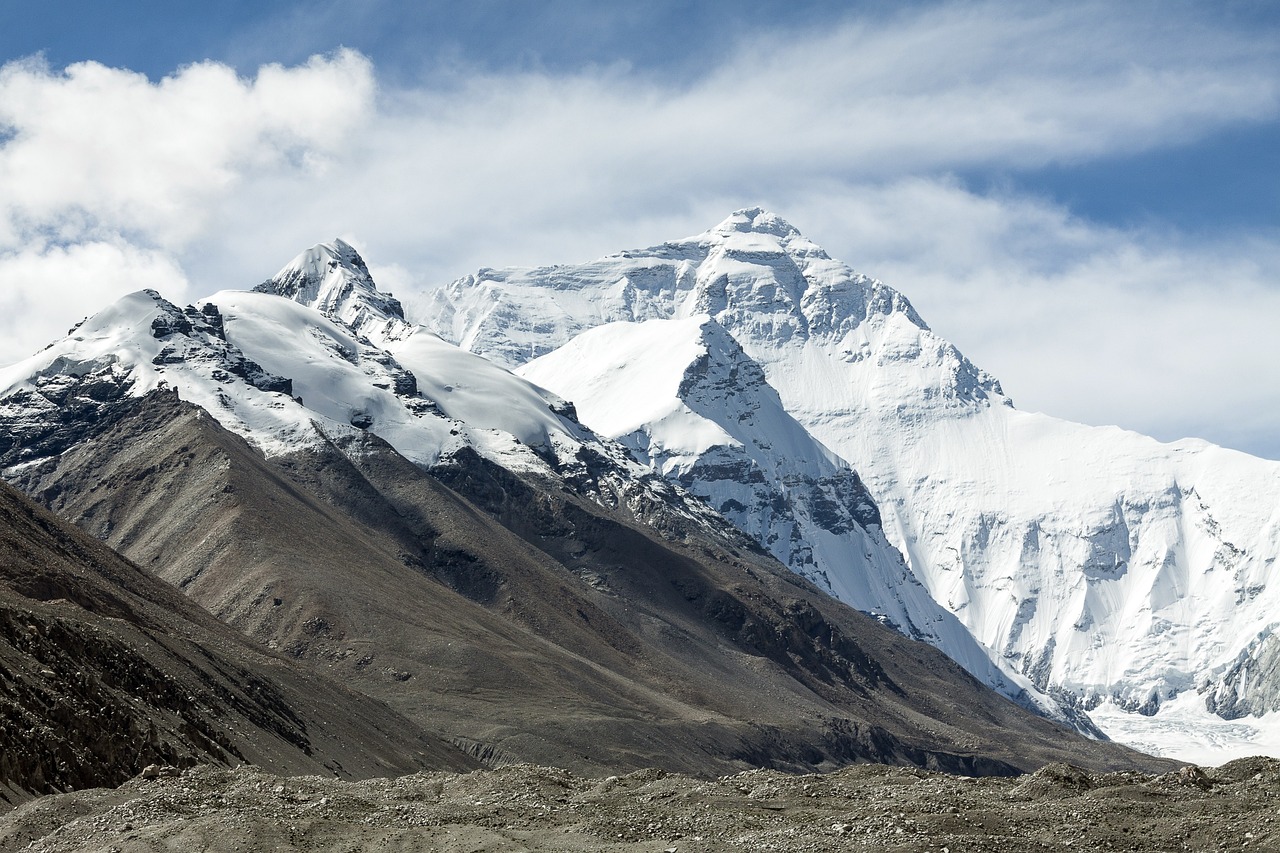
4. Mount Everest Base Camp, Nepal/Tibet
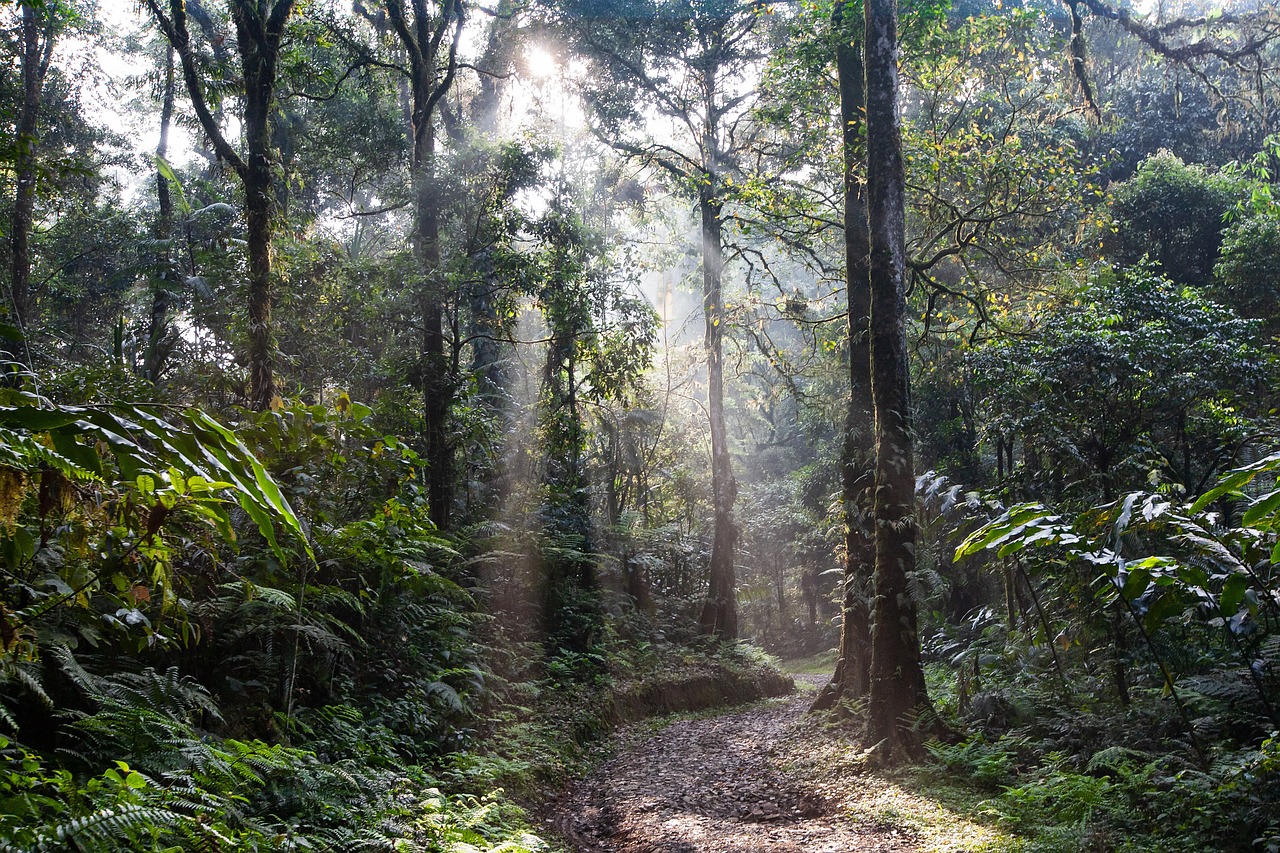
5. The Amazon Rainforest
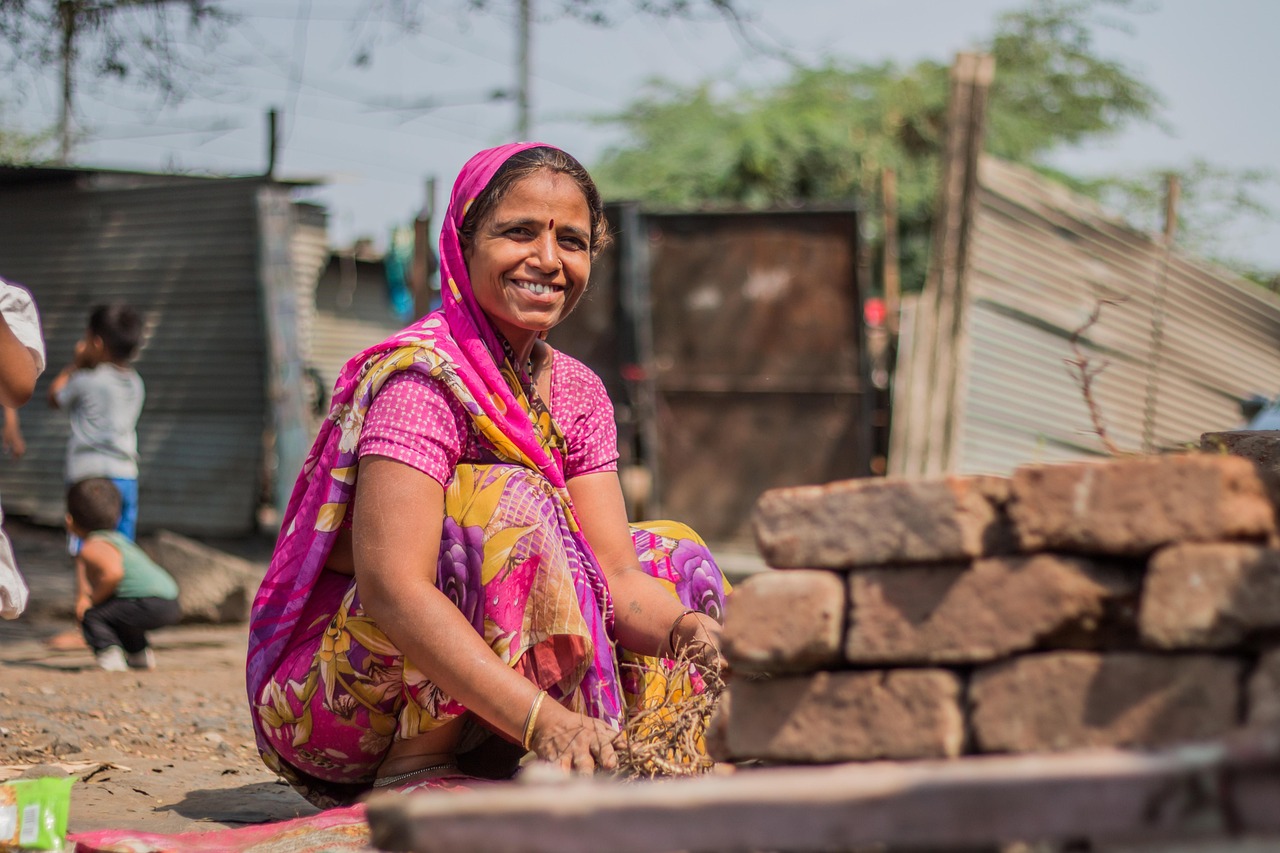
6. North Sentinel Island, India
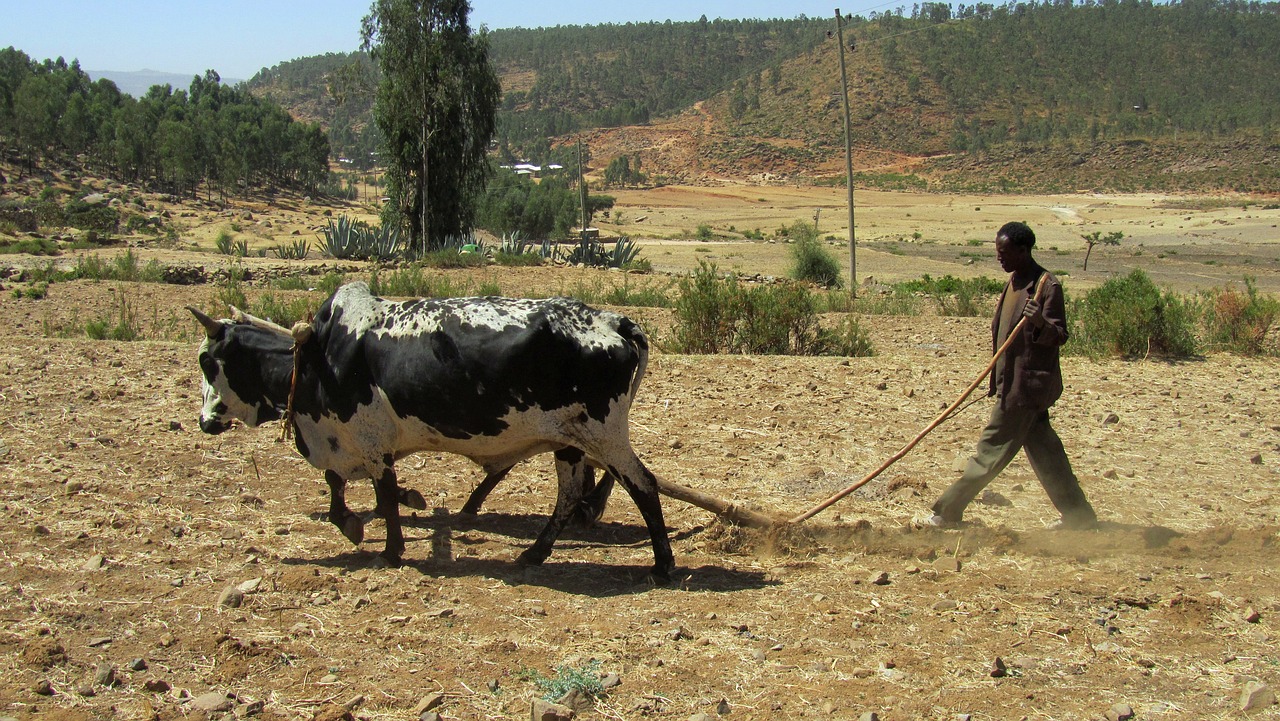
7. Danakil Depression, Ethiopia
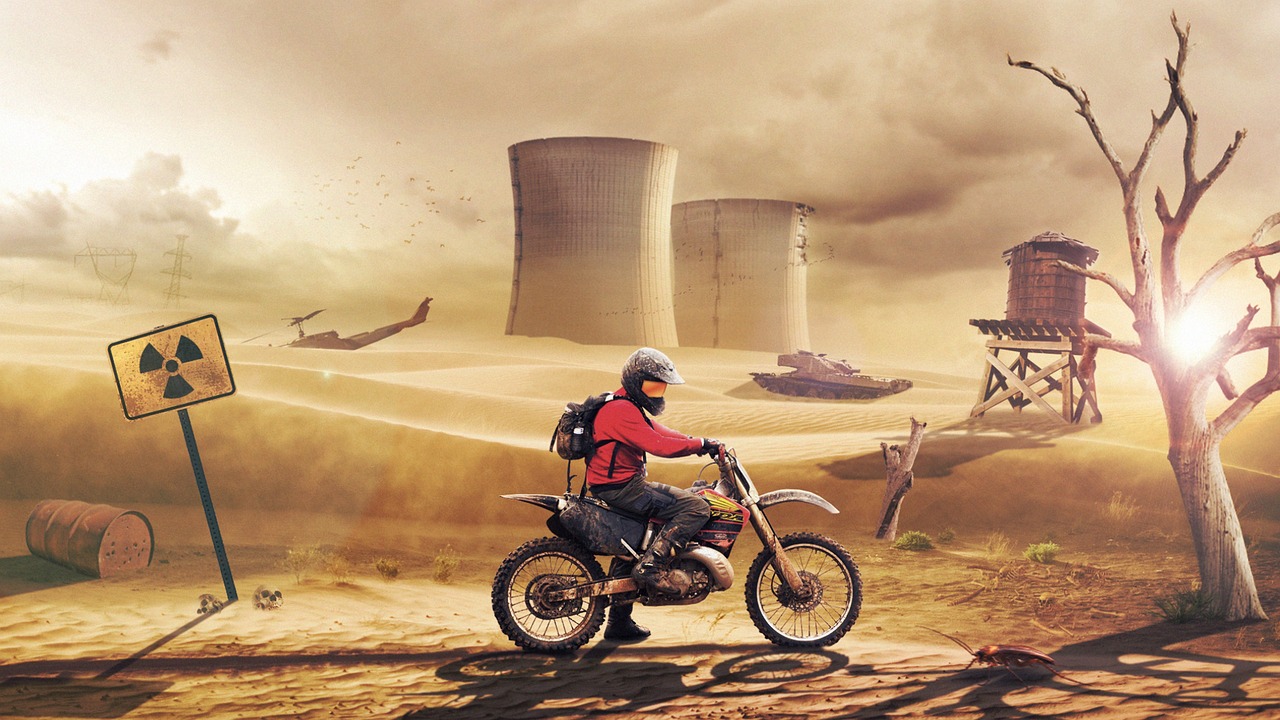
8. Fukushima Exclusion Zone, Japan
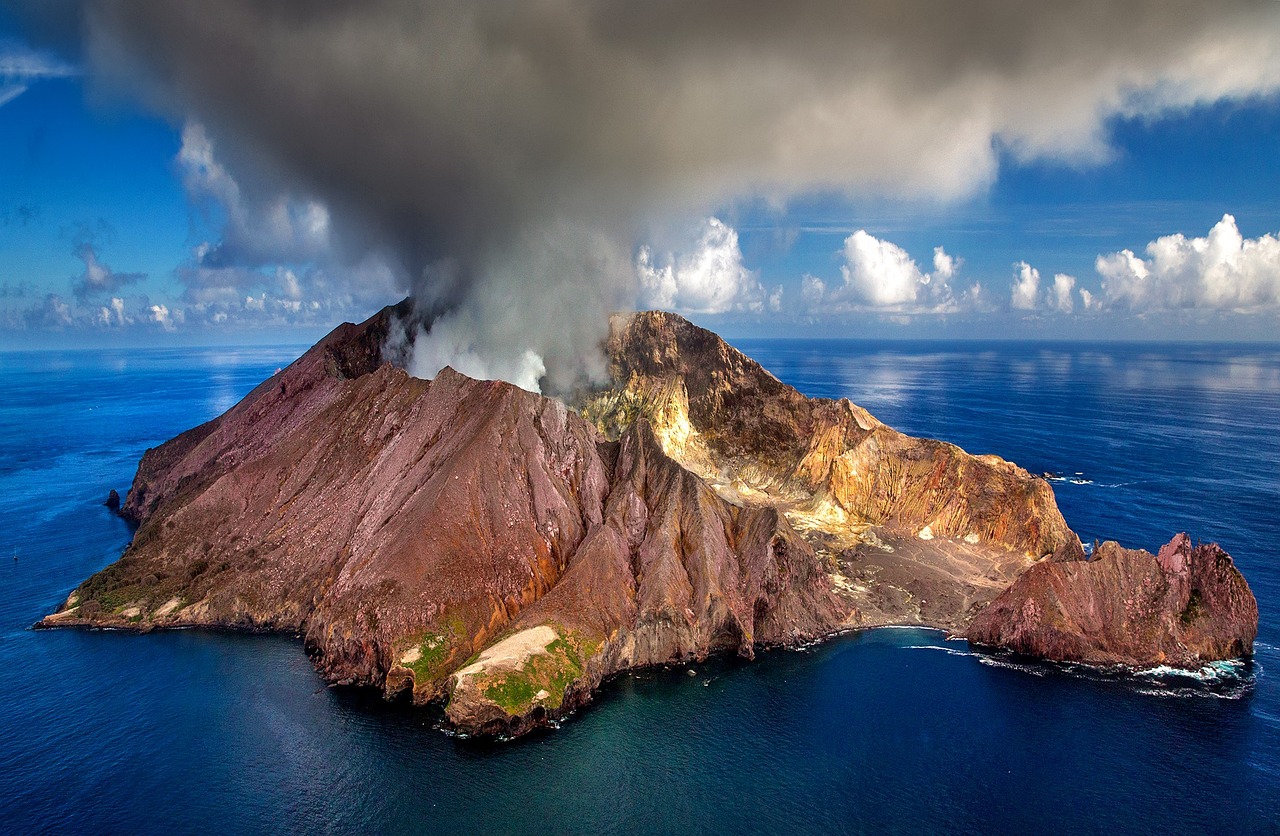
9. Kilauea Volcano, Hawaii
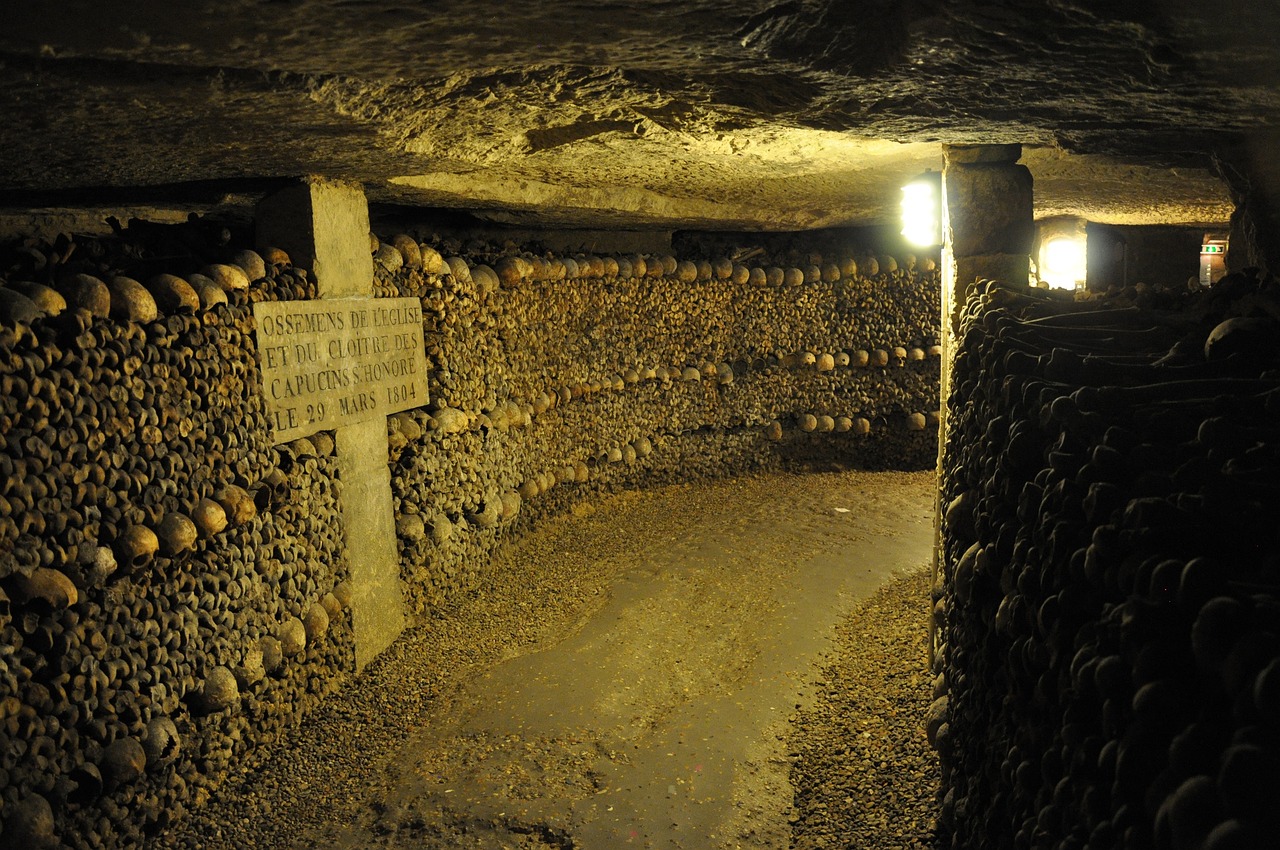
10. The Catacombs of Paris, France
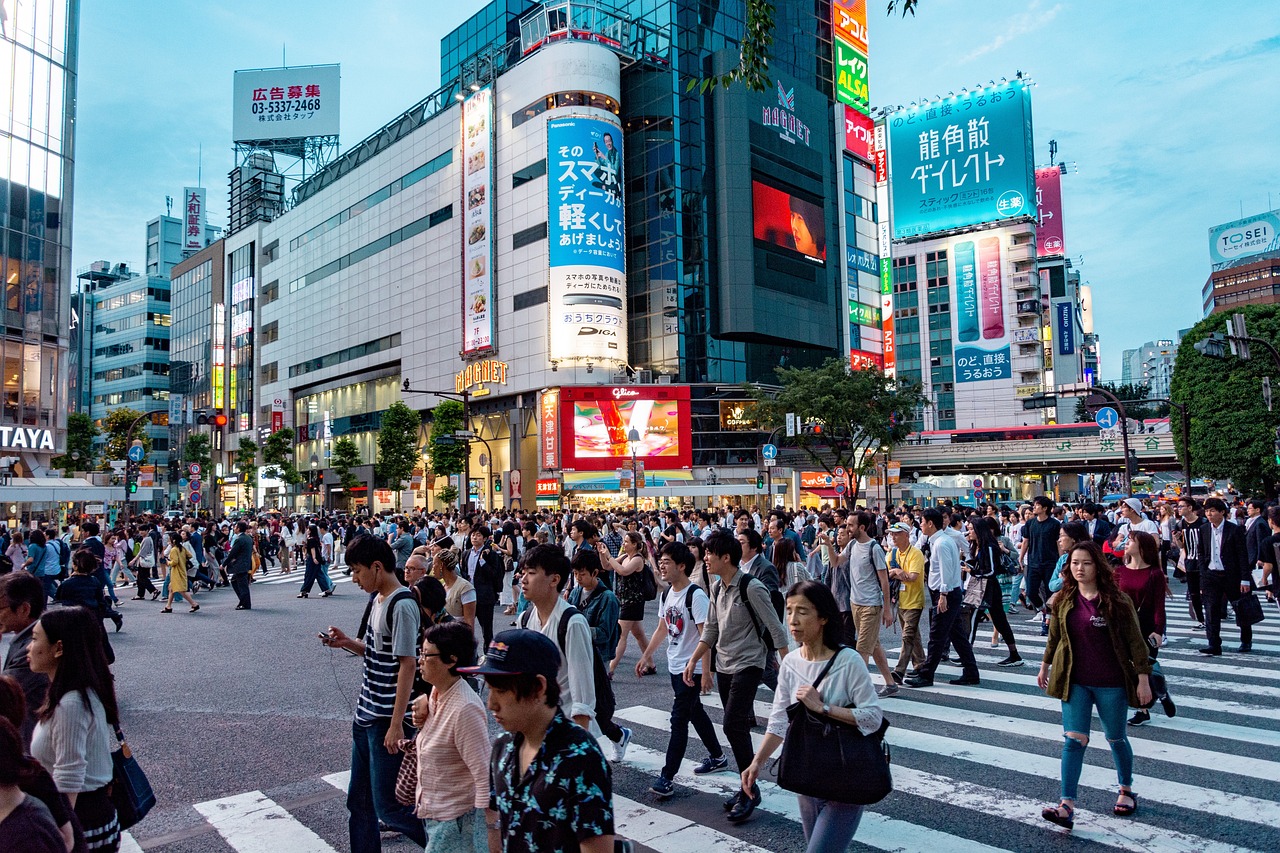
1. Tokyo, Japan

2. Orlando, Florida, USA
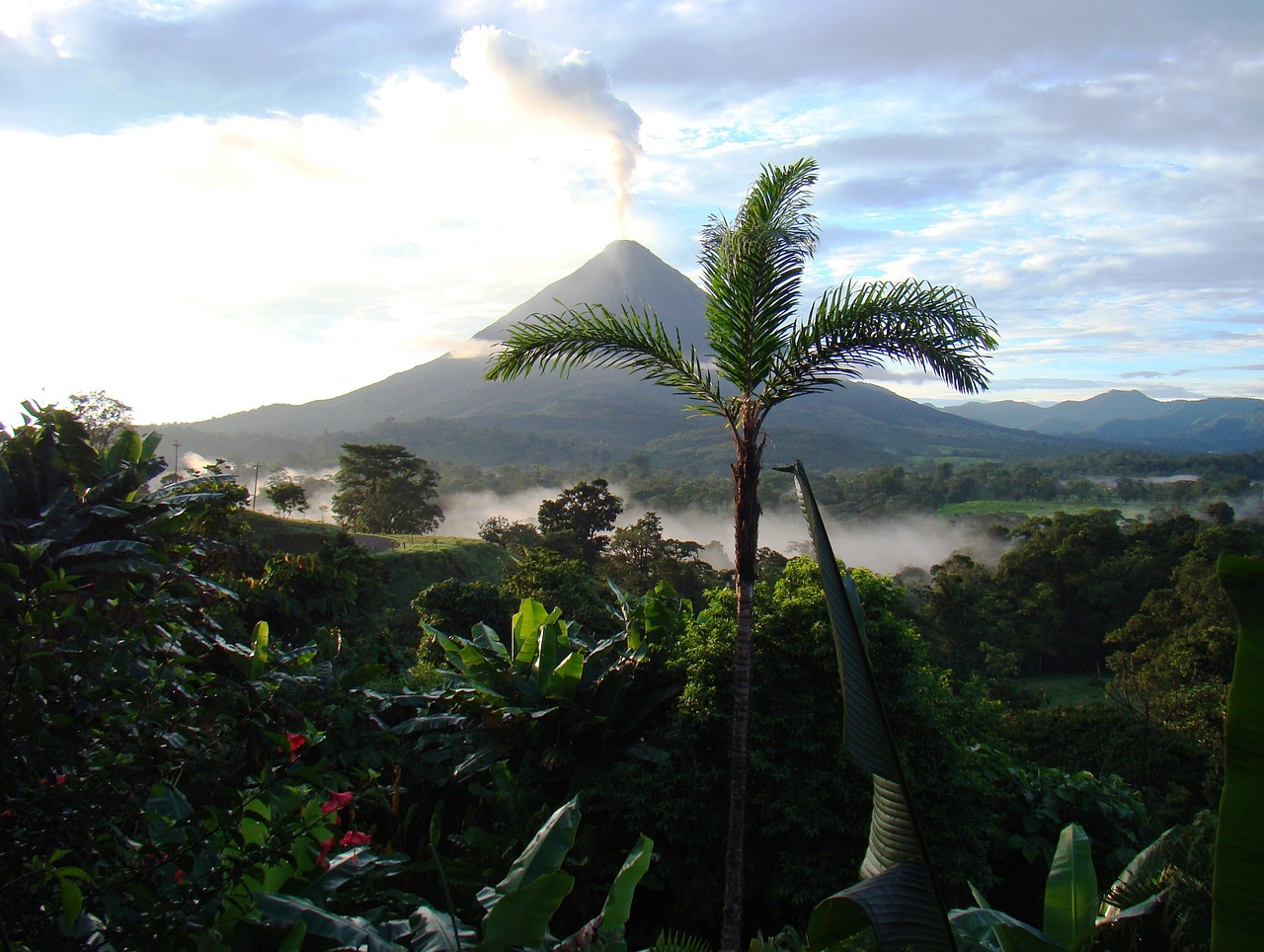
3. Costa Rica
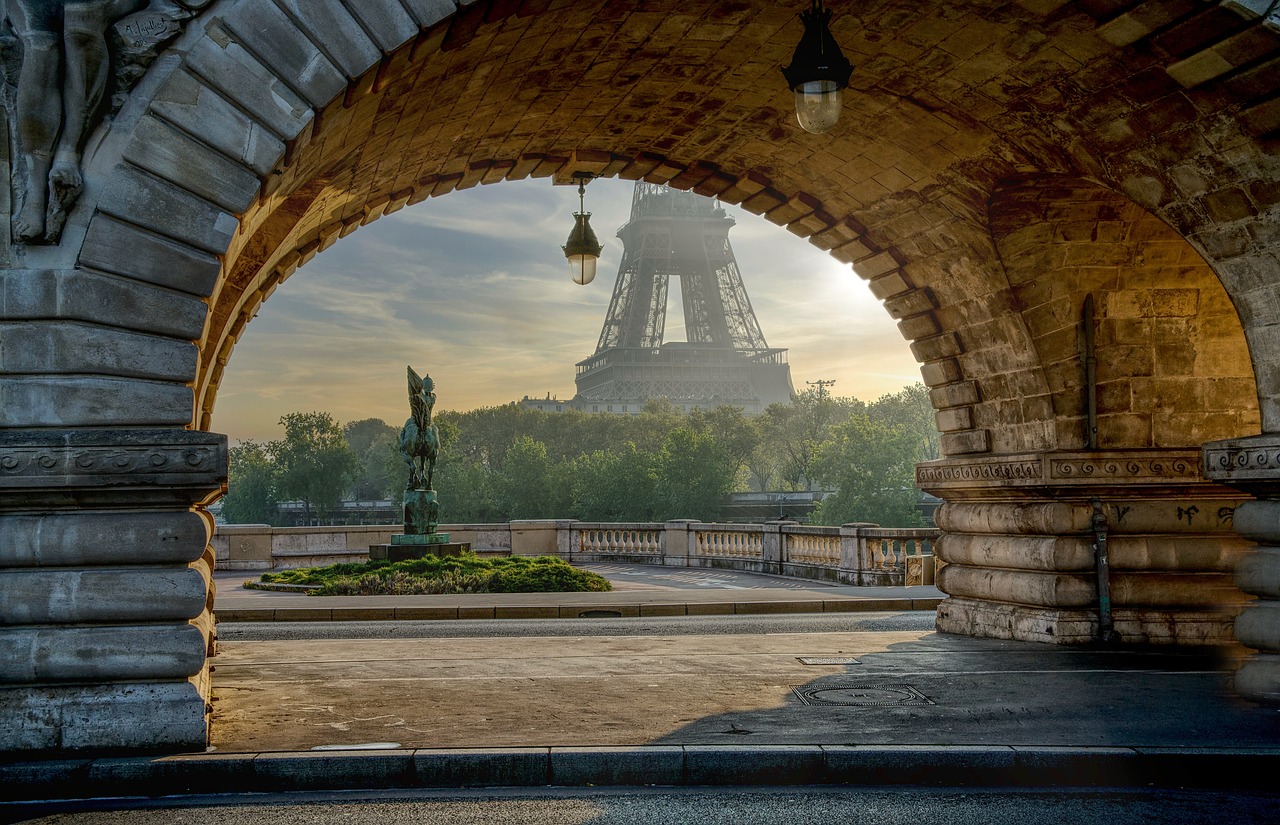
4. Paris, France
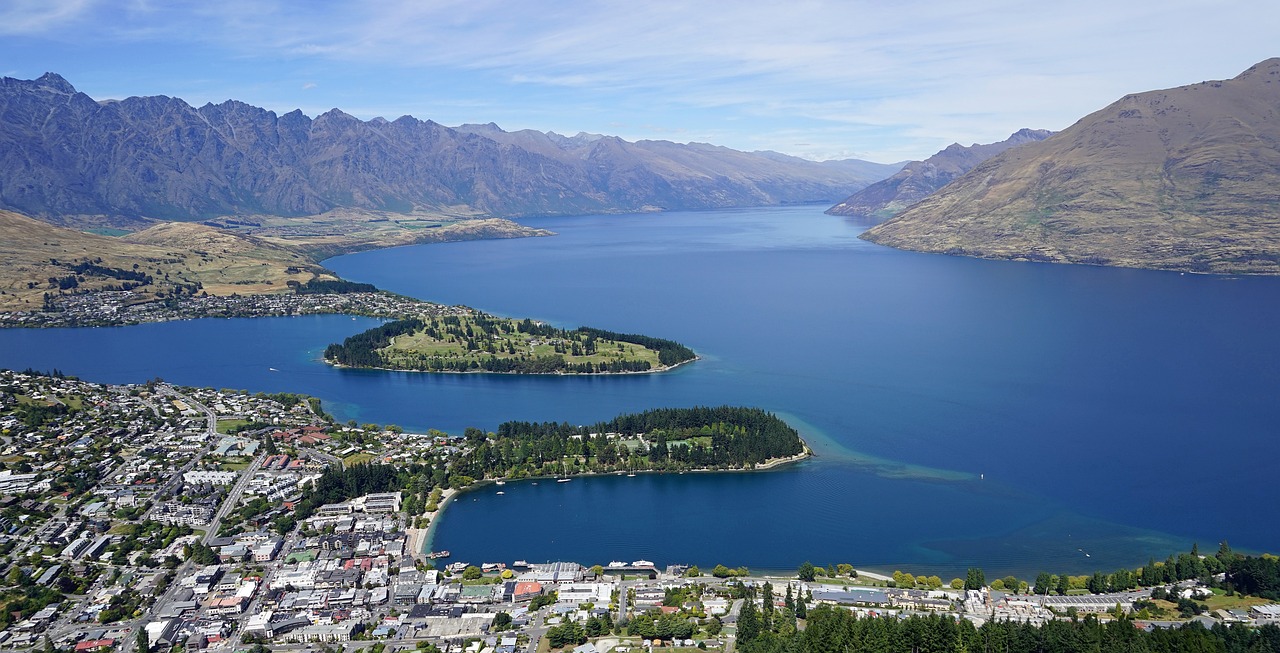
5. Queenstown, New Zealand
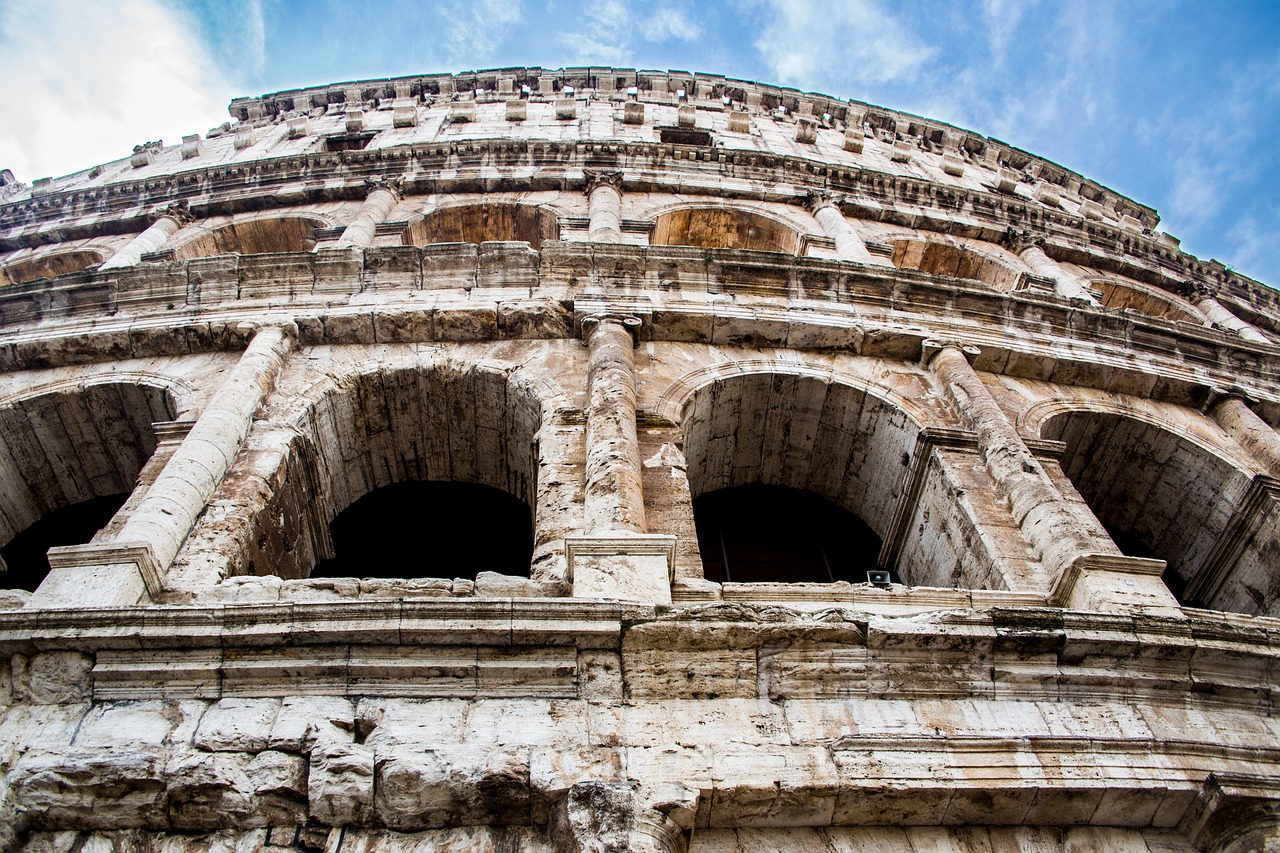
6. Rome, Italy
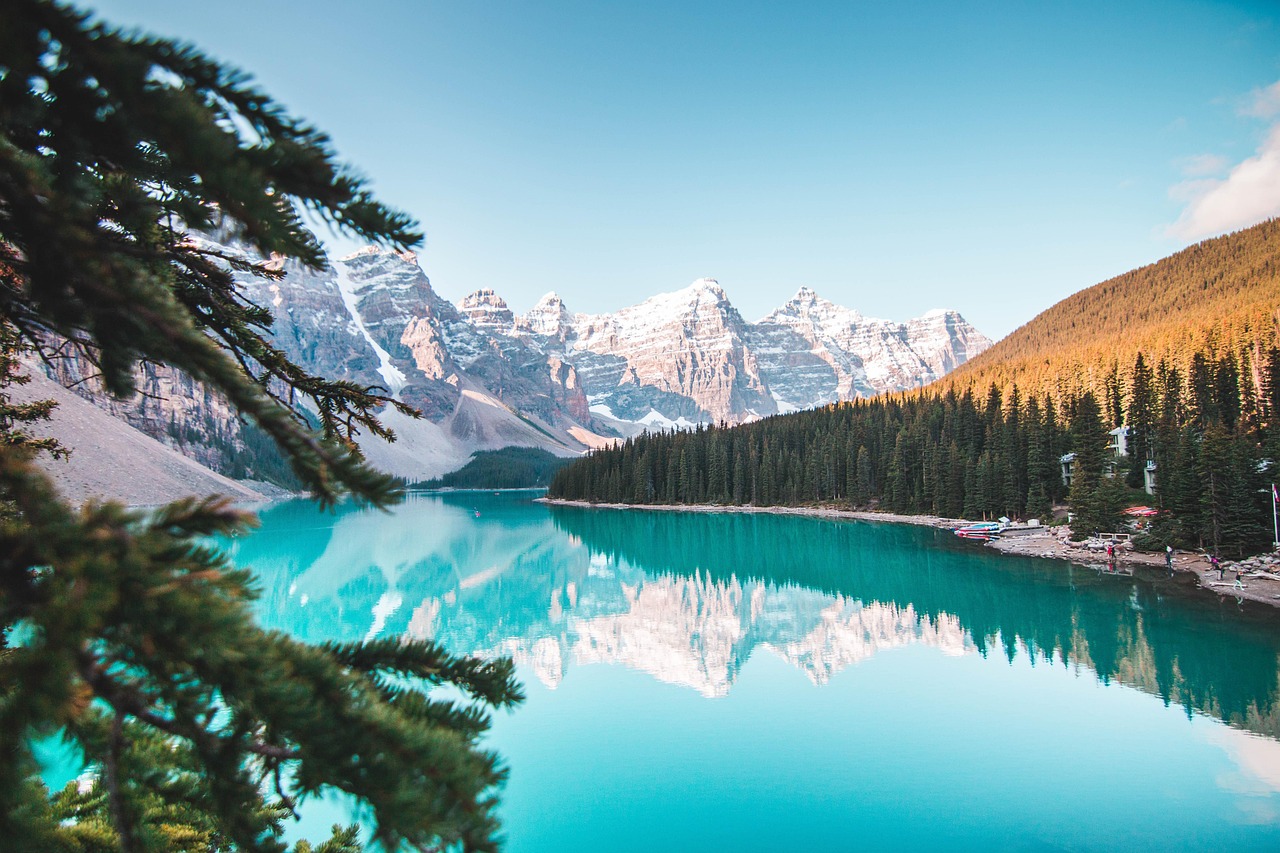
7. Alberta, Canada

8. Kyoto, Japan
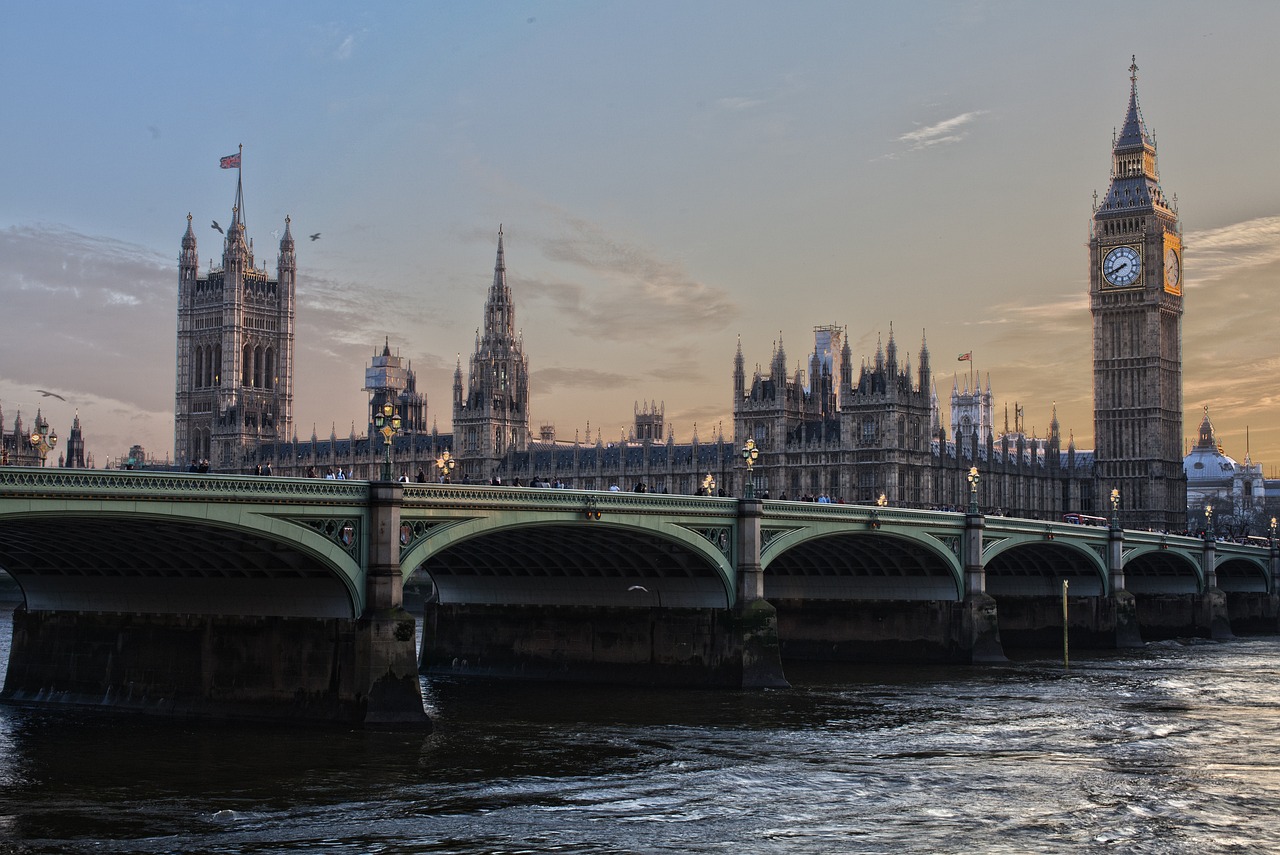
9. London, England
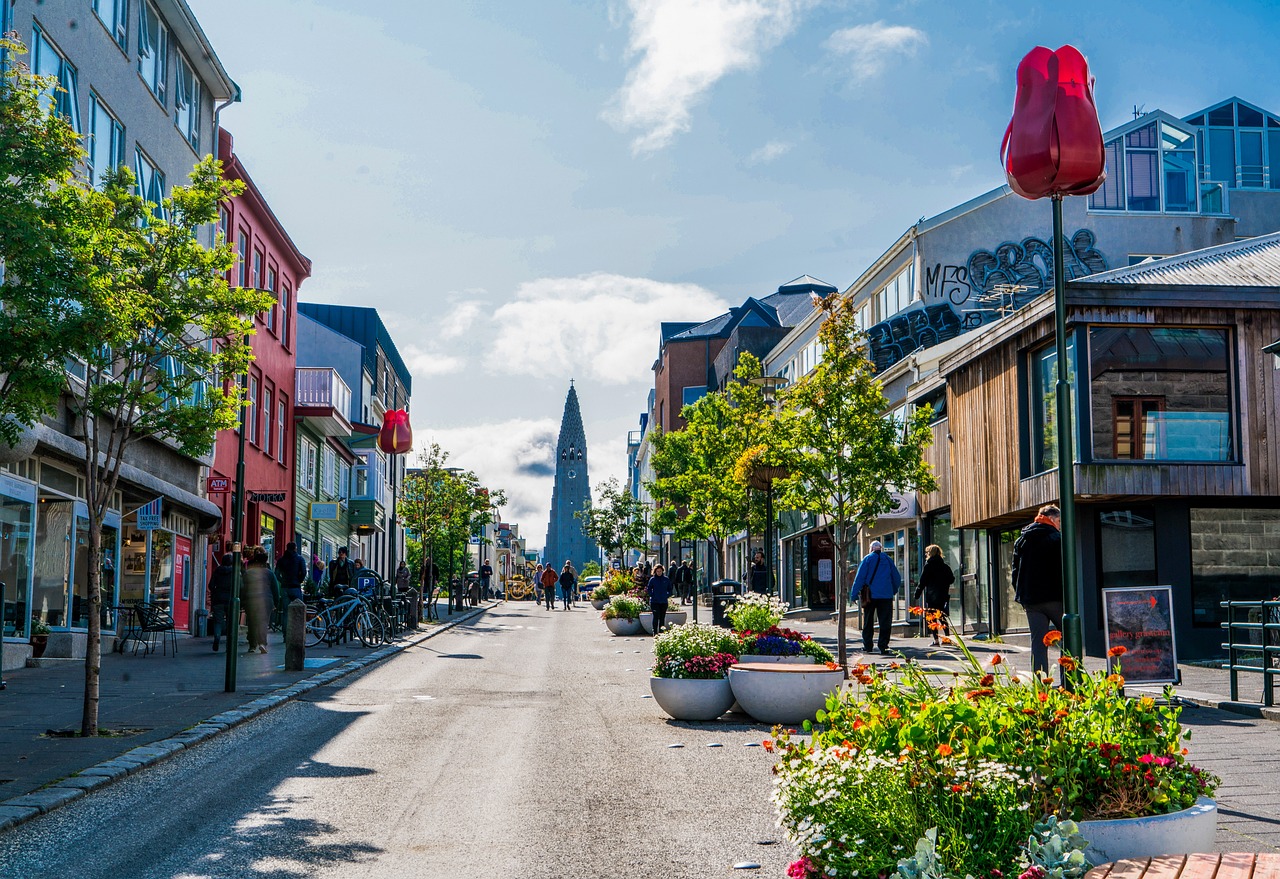
10. Reykjavik, Iceland
More for you.
Brett Kavanaugh's Questioning of January 6 Charges Sparks Fury
TikTok star Kyle Marisa Roth dies at 36
CA Independent Contractor Receives Enormous Tax Bill That Costs More Than Her Student Loans
23 Weird Things People Think Only Their Families Did
A Closer Look at Nike's Olympic Uniforms for Track and Field Paris 2024 Games, Photos
'American Idol' recap: First platinum ticket singer sent home during Top 14 reveal
The Best Met Gala Entrances, from Lady Gaga to Rihanna
Unplug These 29 Items That Hike Up Your Electricity Bill
4-Year-Old Living With One of the Rarest Disorders in the World
25 Beloved Movies We’ll Never Let Our Kids Watch
This type of supplement may increase heart disease risk, new study finds
Certain old $2 bills are worth thousands of dollars
US Firepower Reaches 'Historic' New Location Amid China Tensions
President Joe Biden Comments on Caitlin Clark's WNBA Salary, Says 'Women Are Not Paid Their Fair Share'
Coast Guard evacuates U.S. passenger from Disney cruise ship 180 miles northwest of Puerto Rico
The Best Local Ice Cream Shop in Every State
Michael J. Fox Says ‘We Used to Bust Our Ass' to Be Famous and ‘You Had to Be Talented,' but Now It's: ‘What's That Dance Step? And You're the Most Famous Person in the World'
7 CDs You Probably Owned, Threw Out and Now Are Worth Bank
How Do I Know If My Dog Is Happy? 12 Signs of a Happy Dog
Anheuser-Busch has ‘learned their lesson’: Former exec Anson Frericks
Watch CBS News
U.S. issues travel warning for Israel with Iran attack believed to be imminent and fear Gaza war could spread
By Debora Patta , Tucker Reals
Updated on: April 13, 2024 / 5:25 PM EDT / CBS News
Update: Iran launched drone attacks against Israel on Saturday. Read CBS News' latest coverage here .
Tel Aviv — Israel is bracing for a worst-case scenario that U.S. officials believe could materialize within just hours — the possibility of a direct attack on Israeli soil by Iran in retaliation for a strike almost two weeks ago that killed seven Iranian military officers. Iran has vowed to take revenge for Israel killing its commanders, who were hit by an April 1 strike on the Iranian embassy in Syria's capital.
Two U.S. officials told CBS News that a major Iranian attack against Israel was expected as soon as Friday, possibly to include more than 100 drones and dozens of missiles aimed at military targets inside the country. Sources have told CBS News the retaliation could include attacks carried out both by Iranian forces, and proxy groups around the region that it has been funneling additional arms to for weeks.
The officials said it would be challenging for the Israelis to defend against an attack of that magnitude, and while they held out the possibility that the Iranians could opt for a smaller-scale attack to avoid a dramatic escalation, their retaliation was believed to be imminent.
Asked Friday how imminent he believes an attack is, President Biden responded, "I don't want to get into secure information, but my expectation is sooner than later." The president urged Iran not to move forward, saying his message to Tehran was: "Don't."
Tehran has not indicated publicly how or when it will return fire, so it's unclear how far Iran's leaders will go. If they decide to carry out a direct attack on Israel, there's fear it could blow Israel's ongoing war against Iranian ally Hamas up into a much wider regional conflict.
With the Iranian retaliation expected at any time, the U.S. State Department on Thursday warned Americans in Israel not to travel outside major cities, which are better protected from incoming rocket fire by the country's Iron Dome missile defense system. The latest guidance noted that travel by U.S. government employees in Israel could be further restricted with little notice as things develop in the tinderbox region.
"Whoever harms us, we will harm them," Prime Minister Benjamin Netanyahu vowed Thursday as he visited troops at an Israel Defense Forces airbase. "We are prepared … both defensively and offensively."

On Saturday, all U.S. embassies in the Middle East were put on high alert and required to hold emergency action committee meetings. Diplomats in Lebanon and Israel were specifically told not to travel to certain areas within those countries.
Sima Shine, a security expert and former official with Israel's national intelligence agency Mossad, told CBS News it was a dangerous moment for the region, and the "most worried" she has been. She said anxiety over an all-out war was likely just as high "on both sides, in Israel and in Iran."
If Iran does choose to strike Israel directly, it could involve a complex missile and drone attack similar to the one Iranian forces launched against a Saudi oil facility in 2019 .
"They will try to do it on the military or some military asset," Shine predicted. "But the question will be the damage. If there would be many injured people, killed or injured … I think it has the potential for a huge escalation."
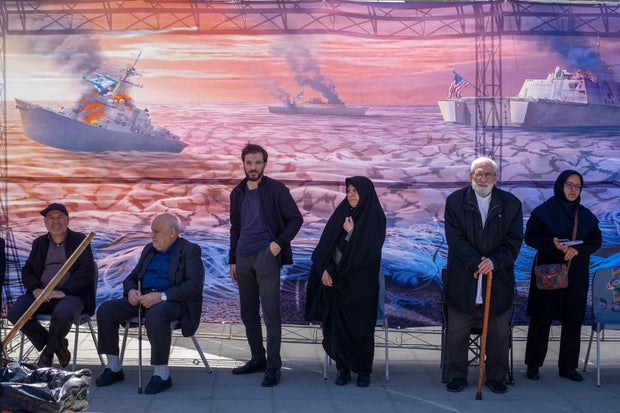
Shine stressed, however, that she still believes neither side actually wants a regional conflict.
U.S. "really trying to avoid war"
The U.S. sent a senior general to Israel this week to coordinate with the close American ally on any response it might make to an Iranian attack. Speaking Friday on "CBS Mornings," America's top military officer said, "we're really trying to avoid war."
"This is part of the dialogue that I have with my counterparts within the region, to include the Israeli chief of defense, who I talked to yesterday," said Joint Chiefs chairman Gen. Charles Q. Brown, Jr., adding that the U.S. military was "doing things not only to prevent a war, but at the same time, one of my primary things is to make sure all the forces in the region are protected."
"My role, as the chairman of the Joint Chiefs, is to plan and prepare," Brown said. "That's one thing we do very well."
Brown's Israeli counterpart, Chief of the General Staff Lt. Gen. Herzi Halevi, "completed a comprehensive situational assessment on the readiness of the IDF for all scenarios," Israel's military said Friday.
"The IDF is very strongly prepared, both offensively and defensively, against any threat," Halevi was quoted as saying in the statement. "The IDF continues to monitor closely what is happening in Iran and different arenas, constantly preparing to deal with existing and potential threats in coordination with the United States Armed Forces."
The IDF said the visiting U.S. general, Central Command chief Gen. Michael Erik Kurilla, was taking part in the IDF's situational assessment.
The dilemma for Iran, said Israeli expert Shine, is to figure out how to deliver its promised response to Israel's attack in Syria, but in a way that does not lead to further escalation. Likewise, Shine said Israel could choose to show restraint when it responds to whatever Iran eventually does.
If either side gets the balance wrong, the consequences for the region, and even the world, could be dire.
Weijia Jiang, David Martin, Margaret Brennan and Olivia Gazis contributed reporting.
- Middle East
- Benjamin Netanyahu
Debora Patta is a CBS News foreign correspondent based in Johannesburg. Since joining CBS News in 2013, she has reported on major stories across Africa, the Middle East and Europe. Edward R. Murrow and Scripps Howard awards are among the many accolades Patta has received for her work.
More from CBS News

What Iran attacked Israel with, and what actually made it through
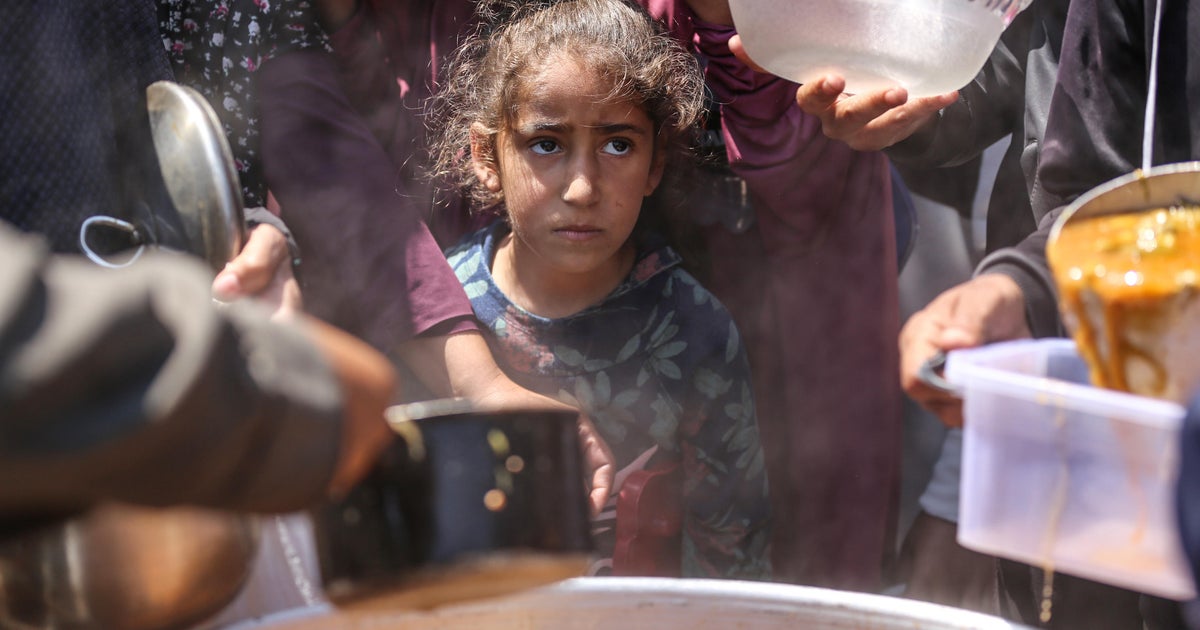
Israel blames starvation in Gaza on U.N. making excuses

Trump allies encourage visits with foreign leaders at Mar-a-Lago before election

Teen suspect held over stabbing attack inside Australian church
Snow-capped peaks, scenic grandeur: What to expect at Rocky Mountain National Park

Rocky Mountain National Park is no hidden gem.
Over 4.1 million people visited the park last year, making it the fifth most visited national park in America, according to National Park Service statistics.
It’s so busy in the summer that timed entry reservations are required for a good chunk of each day.
Here’s what draws so many people to Rocky Mountain and what travelers should know about the latest national park in USA TODAY’s yearlong series .
What is so special about Rocky Mountain National Park?
If you close your eyes and think of the southern Rockies, “Rocky Mountain National Park captures all of that,” said the park’s Public Affairs Officer Kyle Patterson.
“Snow-capped peaks, amazing recreational opportunities for 12 months out of the year, watchable wildlife , and scenic grandeur,” she said that’s what visitors always extol.
She added that the Continental Divide runs right through the park, and the park is the headwaters for numerous major rivers.
What is the best time to visit Rocky Mountain National Park?
The answer depends on your interests.
“Do you want to see snow and ice, or do you want to see wildflowers and more greenery?” Patterson asked. “Are you interested in hiking? Are you interested in snowshoeing?” The park has more than 350 miles of hiking trails .
The busy season is late May through mid-October when temperatures are milder, all roads are open, and entry reservations are required during certain times of the day.
“My favorite part about Rocky is just how different it is depending upon what season you visit the park,” Patterson said.
What city is closest to Rocky Mountain National Park? What town should I stay in?
“We have two wonderful communities that are right at the doorstep of Rocky Mountain National Park,” Patterson said. “Estes Park on the east side and Grand Lake on the west side.”
She added that about 80% of visitors enter through Estes Park, which is also closer to Denver and its international airport. However, she said visitors enjoy both gateway communities.
“Estes Park and Grand Lake both have wonderful amenities from lodging to restaurants to other activities that people can do when they're visiting this area,” she said.
Can you drive through Rocky Mountain National Park without a reservation?
Yes, but it depends on when you visit.
Timed entry reservations are required to access most of the park between 9 a.m. and 2 p.m. from May 24 through Oct. 14.
However, if you want to access the park’s busy Bear Lake Road, you’ll need a different type of reservation called Timed Entry+. That reservation grants access to all the parks' roads but is specifically required for Bear Lake Road between 5 a.m. and 6 p.m. from May 24 through Oct. 20.
If you enter outside of those hours or dates, you won’t need a reservation, but it’s important to note that the park’s popular Trail Ridge Road , which connects the east and west sides of the park, is closed through the winter.
How long does it take to drive through Rocky Mountain National Park?
“If somebody's coming when Trail Ridge Road is open, we recommend people to give themselves at least three hours to drop over the top of the park,” Patterson said.
That also allows time to stop and take in views and shorter hikes along the way.
“You never know what you might see as you drive along the road, and you want to give yourself plenty of time,” she said. “Also, the speeds of travel on the road should be slow … It’s not like you’re driving a highway.”
How much time do I need to see Rocky Mountain National Park?
“Because we're so close to a large population in Colorado we have people that will come up here for two hours,” Patterson said. Locals can visit any time, but she said it would be “a bummer” to only spend a few hours in the park on a first visit.
She said the average visit is around two days, though you can stay longer to experience more.
Which Native tribes are tied to Rocky Mountain National Park?
“Rocky Mountain National Park is one of the oldest national parks in the country. Rocky was established in 1915,” Patterson said, but she and the park point out that Native Americans have stewarded the land for thousands of years.
“What is now Rocky Mountain National Park is part of the traditional homeland and territory of many present-day Tribal nations including, the Assiniboine and Sioux Tribes of the Fort Peck Indian Reservation, Montana; Cheyenne and Arapaho Tribes, Oklahoma; Comanche Nation, Oklahoma; Eastern Shoshone Tribe of the Wind River Reservation, Wyoming; Kiowa Indian Tribe of Oklahoma, Northern Arapaho Tribe of the Wind River Reservation, Wyoming; Northern Cheyenne Tribe of the Northern Cheyenne Indian Reservation, Montana; Southern Ute Indian Tribe of the Southern Ute Reservation, Colorado; Ute Indian Tribe of the Uintah & Ouray Reservation, Utah; and Ute Mountain Ute Tribe of the Ute Mountain Reservation, Colorado, New Mexico, and Utah,” the park acknowledges on its website.
What else should travelers know about Rocky Mountain?
It can feel like winter into May at the park, and winter can also creep into fall.
Weather can also change rapidly and differ dramatically, depending on the elevation. The high altitude can also affect travelers who aren’t used to it.
“Just giving yourself some time to acclimate and taking care of yourself, like drinking lots of water, is really crucial because you can get dehydrated here really quickly,” she said. “Being prepared for traveling to a place like Rocky will make all the difference in the world.”

IMAGES
VIDEO
COMMENTS
So far in 2024, the State Department made changes to the existing Level 4 advisories for Myanmar, Iran and Gaza, and moved Niger and Lebanon off of the Level 4 list. Places With a Level 4 Travel ...
Level 4: Do Not Travel: January 22, 2024: Worldwide Caution: Caution: October 19, 2023: Afghanistan Travel Advisory: Level 4: Do Not Travel: December 18, 2023: ... Links to external websites are provided as a convenience and should not be construed as an endorsement by the U.S. Department of State of the views or products contained therein. If ...
Mexico. Kamira/Shutterstock. While hitting an all-inclusive resort in Cancun or Cabo might be a safe way to spend a week, there are 6 out of 32 areas in Mexico that are designated Level 4: Colima, Guerrero, Michoacan, Sinaloa, Tamaulipas, and Zacatecas. These have all been dignified high-risk due to crime and kidnapping.
Last Updated 5 months ago. Knowing where not to go can be just as insightful as knowing where to go. It may not be as common to search for the worst places, but travelers will benefit all the same. Fodor's released their annual "No List" for 2024. We covered the same list for 2023 and my how things change!. For the record, this is not a hit piece.
US citizens should avoid travel to Libya due to "crime, terrorism, civil unrest, kidnapping, and armed conflict," according to the Department of State . "Crime levels in Libya remain high ...
Lake Powell in Utah and Arizona are also facing depleted water levels. Tourists visiting Zion National Park in Utah are using double the water than an average resident in Las Vegas does. As the water dries up, desert ecosystems and low-income families are the most impacted.
The countries that offer the most dangerous situations are issued a "Level 4: Red" travel alert. From lowest to highest safety risk is: "Level 1: Blue," "Level 2: Yellow," "Level 3: Orange," and "Level 4: Red.". If you're wanting to travel, it might be a good idea to take a look at this list, which is full of the top two ...
So, while a lot of the usual destinations were named — Thailand, Amsterdam, Italy's most popular destinations, Maui and France's cliffs and calanques, chief among them — the 2023 list is nothing if not a testament to the fact that the responsibilities concurrent with travel extend to all travel. Even if the destination is located in ...
7. Uluru (Formerly Ayers Rock) One of the world's most famous forbidden places hasn't been forbidden for that long. In October 2019, Uluru, or the Australian landmark formerly known as Ayers ...
The U.S. State Department has vastly expanded its "Do Not Travel list," issuing new Level 4 advisories for more than 115 countries and territories this week. The agency cites "ongoing risks due to ...
Additionally, travelers should not travel to: Guayaquil, south of Portete de Tarquí Avenue. The cities of Huaquillas and Arenillas in the province of El Oro. The cities of Quevedo, Quinsaloma ...
It's part of a system of travel warnings that's been around in some form since 1978, designed to help citizens assess how safe a destination might be at a given time. The current version of ...
Sponsored Content. Discover the 34 countries advised against travel by the US government, highlighting security risks like terrorism, civil unrest, and crime.
Saudi Arabia has always been a country difficult to visit and one to avoid for purely touristic purposes. However, this past July, travel advisory for Saudi Arabia moved to a level 3: reconsider travel. This is due to the threat of missile and drone attacks on civilian facilities. Exercise increased caution in Saudi Arabia due to terrorism.
The State Department recommends U.S. citizens not to travel to five states in Mexico due to increasing levels of crime and kidnapping. Those states are Colima (where Manzanillo is located), Michoacan, Sinaloa (where Mazatlán is located), Tamaulipas, and Zacatecas (home to Zacatecas City). Guerrero — where Acapulco, Zihuatanejo, and Ixtapa ...
Also included in Fodor's 'no list' is Amsterdam, which is looking to put locals first and clamp down on cannabis tourists, and Thailand, which has said it would like 'high-end' visitors ...
One thing we should point out before digging into the countries on the Level 4 list is that this is simply the State Department's recommendation. Just because a country is on the Level 4 list doesn't mean that you can't travel there; it just means that the State Department recommends that you don't travel there.. The decision whether or not to travel to an area listed should be ...
Advertisement. The US State Department's public travel advisories let Americans know what countries are safe to travel to and which ones they should be wary of visiting. The agency uses four ...
WHERE: Xian, China. Buried under a 250ft high hill, the tomb of China 's first emperor Qin Shi Huang, who died in 210 B.C., remains a mystery. The 1974 discovery of the life-size terracotta ...
Restaurants have long stood as the go-to example of a business in the U.S. where a 20 percent tip is customary for good service. However, not all dining establishments run the same way—including ...
If you want to visit a great destination in central Italy, head to the walled city of San Gimignano instead. It's a quick train trip from either Florence or Pisa, and it's 100% worth it."
Belgium. As of Sept. 1, only vaccinated Americans can visit picturesque cities like Brussels, Bruges and Antwerp. A test no more than 72 hours prior to travel, a test upon arrival and a period of ...
Mount Fuji, Japan. The sacred mountain, historically a site of pilgrimage, now attracts vast numbers of hikers, resulting in environmental degradation and safety risks. Many visitors leave behind trash, including urine-filled bottles, and often avoid paying the voluntary fee meant for conservation and safety measures.
The eighth largest urban area in Louisiana, Monroe (population 48,000), took number one spot in 2022. If you're the gambling kind, you have a 1 in 34 chance of becoming a victim of violent crime there. NS is keen to point out that there are good neighborhoods close to troubled ones, and that may be true (within just 15 miles of Monroe, you ...
"Generally places where folks are not thinking about this security of their devices or perhaps are in a rush are the places where bad guys would go and set up these kinds of attacks," says ...
Paris. #1 in World's Best Places to Visit for 2023-2024. France's magnetic City of Light is a perennial tourist destination, drawing visitors with its iconic attractions, like the Eiffel Tower and ...
#14 in Best Places to Visit in May 2024 By late May, most of Yellowstone's trails and must-see attractions are open, welcoming eager nature enthusiasts seeking a breath of fresh air.
This desert landscape offers breathtaking views but with extreme temperatures that can reach up to 130°F (54°C) in the summer. While the name might intrigue older kids, the risk of dehydration ...
With the Iranian retaliation expected at any time, the U.S. State Department on Thursday warned Americans in Israel not to travel outside major cities, which are better protected from incoming ...
Can you drive through Rocky Mountain National Park without a reservation? Yes, but it depends on when you visit. Timed entry reservations are required to access most of the park between 9 a.m. and ...